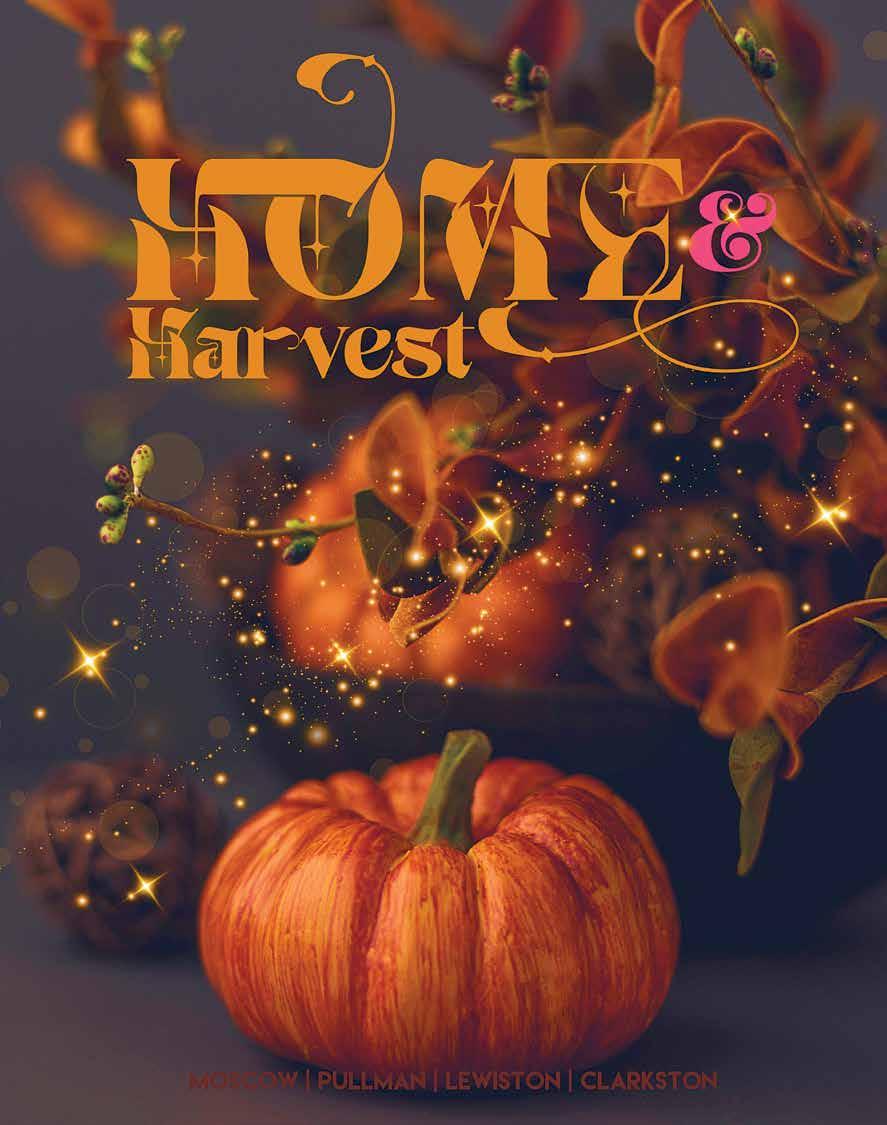
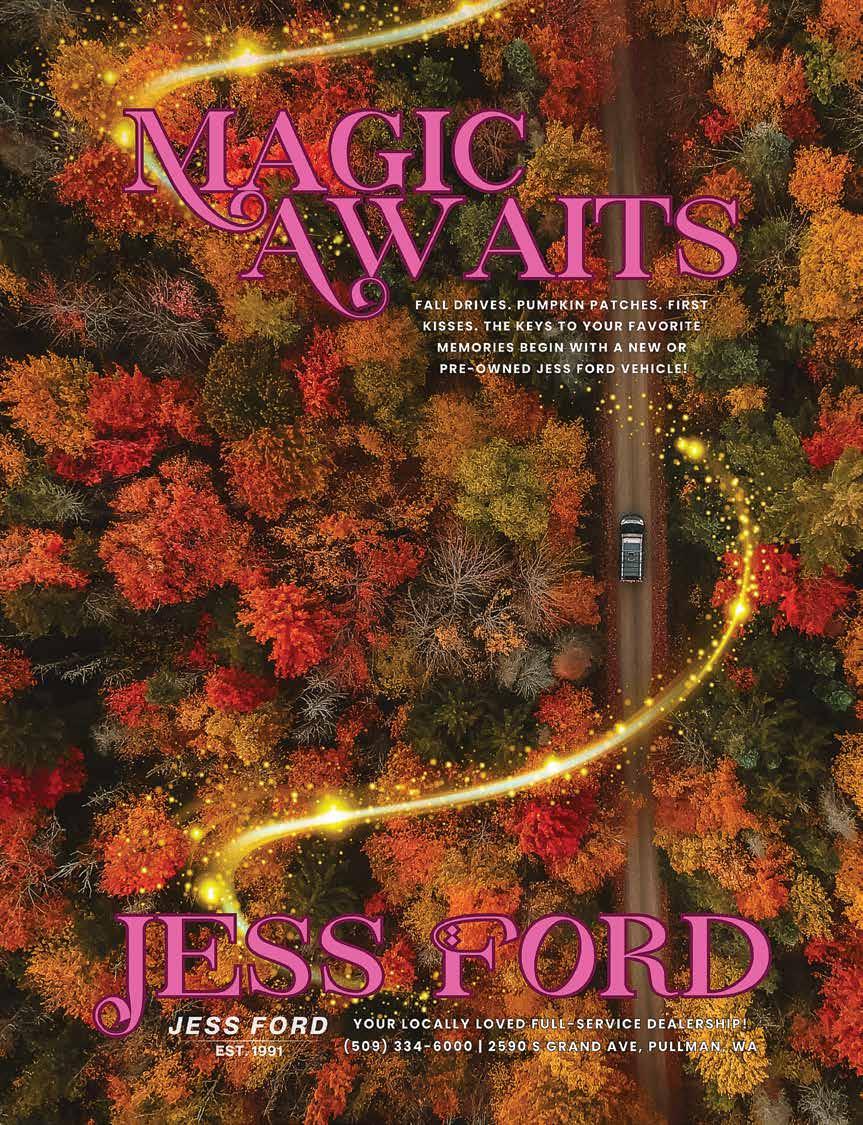
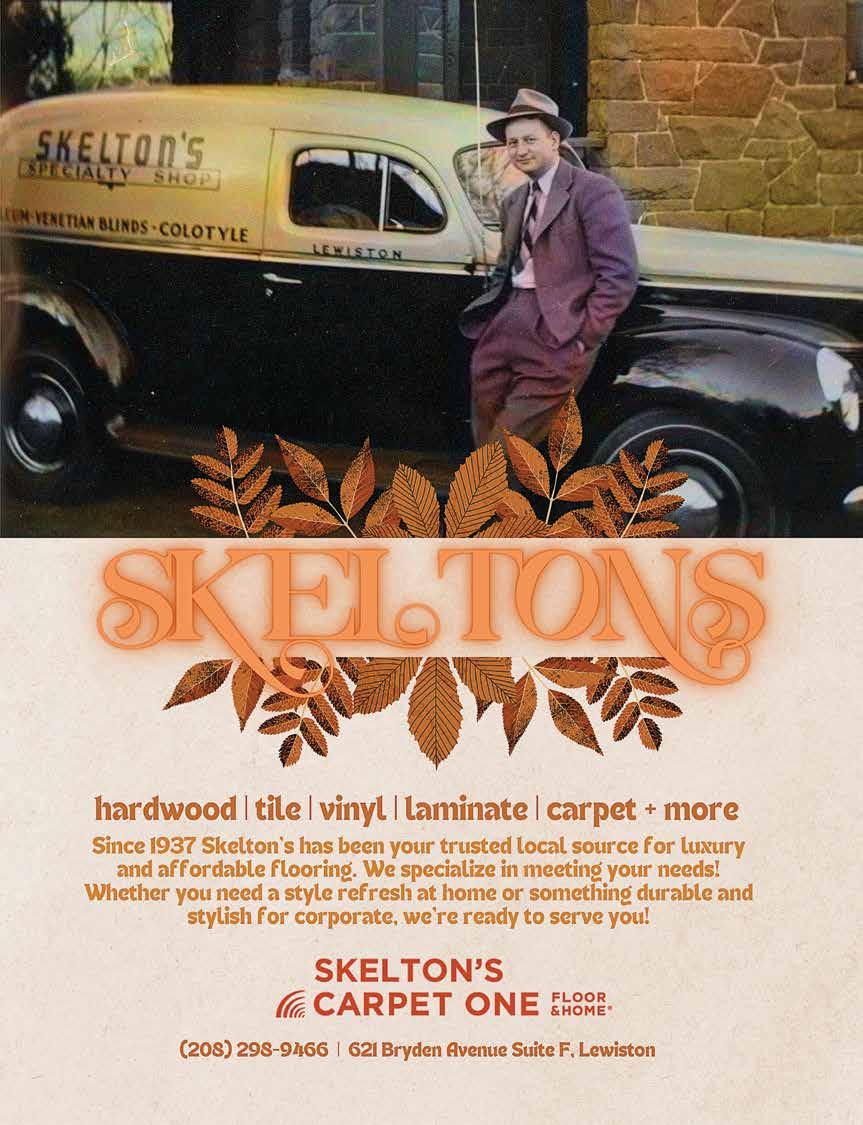






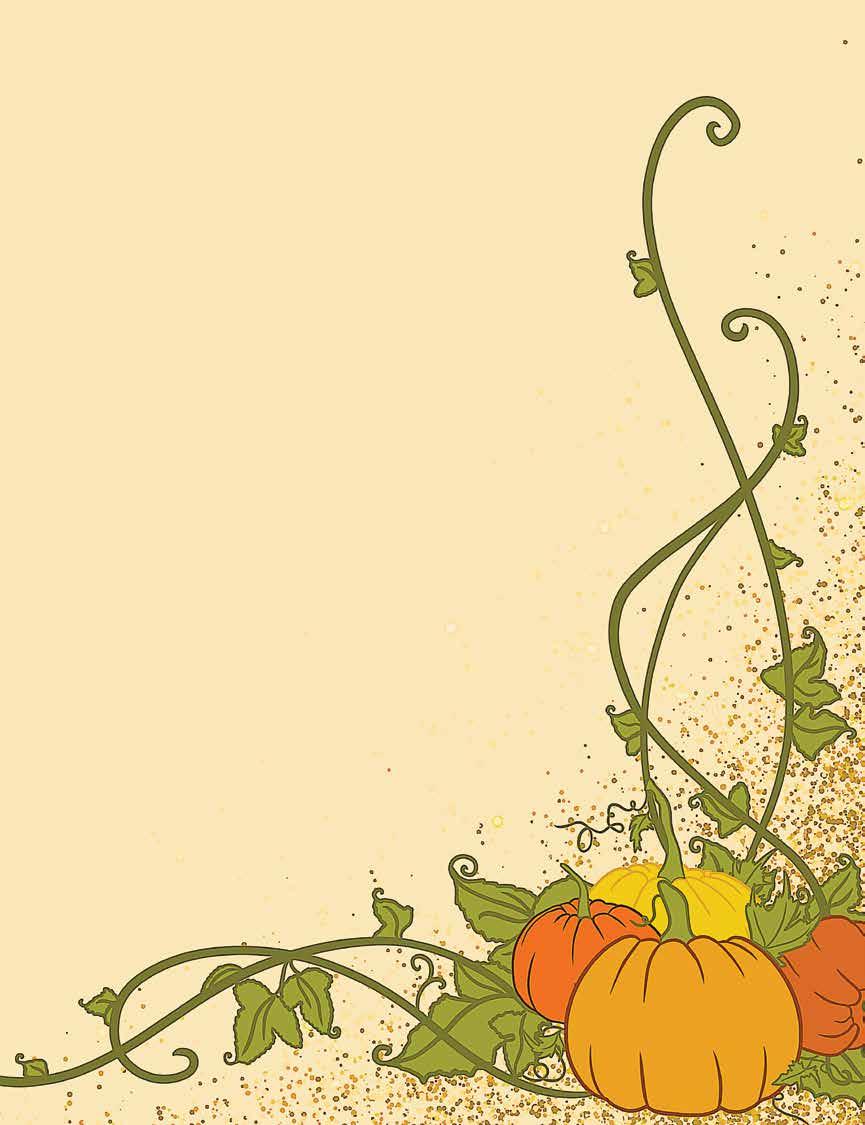

Let’s talk about the weight of expectations.
You know how every fall people start talking about letting go and being more present? For me, I say the same thing except… I don’t practice it! I start being hard on myself about everything I didn’t do over the summer. The trips I didn’t take, the cleaning that didn’t get done. I mean, yeah- I am being hard on myself while drinking my iced pumpkin maple coffee but I really don’t think that’s getting into the true fall spirit of letting go. So what keeps holding me back? Expectations.
Since I have been practicing happiness and allowing over anxiety, I’ve noticed one very funny and true thing: my expectations are getting in the way of living the life I want to. I expect people to be kind and empathetic. I expect my house to be clean. I expect myself to get a good night’s sleep, never fight with Tony, have a perfect, typo-free magazine while also not having cellulite. Ridiculous! I recently read that when learning to accept feeling anxious you must…accept… feeling anxious. What is that?!?! Why should I release my expectations of feeling joy rather than nervous?
The big reward in letting go of your expectations means you get to celebrate what is, and build on that. I feel so much better with myself when I say yeah, maybe I’ll feel nervous while driving this highway and I’m going to accept that rather than expect to feel joy. It actually makes me feel more joyful to know it’s ok to feel the way I feel! I also practice this with the magazine. For this issue, I made about six- ok- ten covers, worried each wasn’t the right one. Many of you will get this feeling- the analysis paralysis that strikes when you need to get things done. I decided to let go of the expectation of the perfect cover and let myself have fun with a new font I bought just for the occasion. I also added some sparkles, something I recently discovered and added to many ads. It is always the right time to do things you love for the joy of it, not the expectation of perfection.
I want this magazine to always remind you that life is rich, diverse and wonderful and I hope you always see this in our pages. Articles that touch on prayer next to a tarot or oracle reading, steak grilling articles placed before a vegetarian writer’s story. We all share this community and I hope we continue to release the expectation of one vision and instead, celebrate what is and will always be, a vibrant mix of individuals sharing the planet in this time space.
This fall, I hope you allow yourself happiness where you can find it, or grow it by appreciating the little things when you can’t. I hope you remember that you’re doing great. I hope you let yourself feel joy in the present moment and be easy on yourself if it’s hard to slow down. Most of all, I hope you know that you can do anything you put your mind to, and you’ll get there happier and healthier if you release the pressure on yourself.
Love to you always,

Heather Niccoli Editor-In-Chief Home&Harvest Magazine
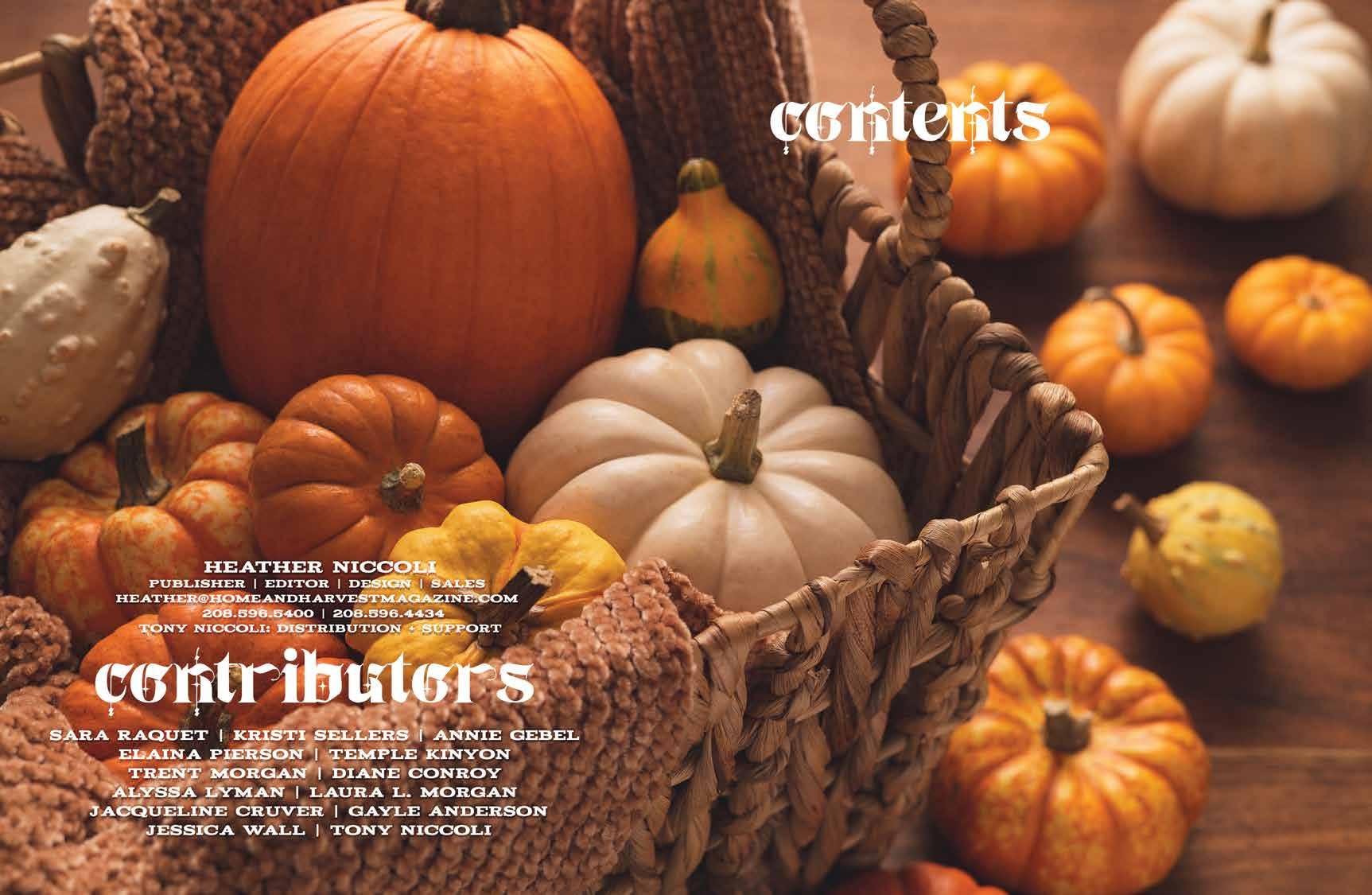

Heather and I both really love to take long road trips and exploring the northwest. We live in such an amazing region with everything from mountains to the sea, and deserts to rain forests; all within just a day of driving. We like to split our time between luxurious trips to the major cities where we head straight to museums and restaurants, and more remote and slow-paced adventures when we want to camp, hike, or fish as we just breathe that clean air and decompress a little. Our most recent excursion had a bit of both, with a stunning drive out to Missoula, a few days of lounging next to the river and then walking into town for shopping and dining, and then finally some time spent out in the mountains far away from anyone else. But one little side quest ended up being the highlight of the trip for both of us.
Heather had found a little blurb about an old mining town called Garnet just about hour’s drive from Missoula, and our day up there proved to be both gorgeous and educational. You see, besides being a perfectly preserved ghost town, Garnet also tracks the history of the settlement and population swings that made Montana –and much of the greater western region – what it is today.
American settlers moving west might have seemed to fall into vastly different categories, from the early trappers, to miners and company men, following on to homesteaders and ranchers, with plenty of larger-than life personalities thrown in. But from the quickest of the gun slingers to the most conservative of the family farmers they really all had something in common. The west had become a pressure release for the development in the east. As cities filled and the total number of opportunities continually divided amongst an unceasingly increasing population, there was simply only so much land and capital to go around – but the west with its seemingly endless resources and lower population densities beckoned all parties daring enough to take their chances and try their hand a building a better life through struggle against an imposing and rugged landscape which could at one turn deliver unimaginable fortune, and at another unflinchingly take a life. So, Heather and I channeled our inner resilience, pretended to be piloting horse drawn wagon with all of our worldly wears, and set out as pioneers along a perfect stretch of river and then up a dusty mountain road to see what treasures the town of Garnet might have for us.
Part way up the mountain, we saw a historical marker and pulled over. On a bluff overlooking the road, and much of the valley beyond, there was a small cluster of simple graves. Now enclosed in with a well weathered buck rail fence, the names and dates are all that is left to commemorate a group of hearty entrepreneurs that took the ultimate 19th century gamble and left it all behind to head to the hills in search of that elusive fortune. The wood headstones, cracked and sun bleached are covered with coins. Copper, nickel, zinc and maybe even a little silver if the coins were old enough, now lovingly left behind by modern passers-by; I couldn’t help but wonder if these few men who were buried so far away from any family might just have more visitors a week these days than they may have enjoyed in a month when they lived up here so far from home. It would stick with me especially as we saw how the town of Garnet was so starkly opposite with spaces for social gathering, and houses that held families together – one even noted as the home to a little kitten that belonged to a young girl. On this rise overlooking the modern road there was no remaining trace of any cabins or permanent settlement. Just an opportune spot to give peaceful rest to a collection of brave souls that knew what was buried deep below the dirt that would become their final resting place.
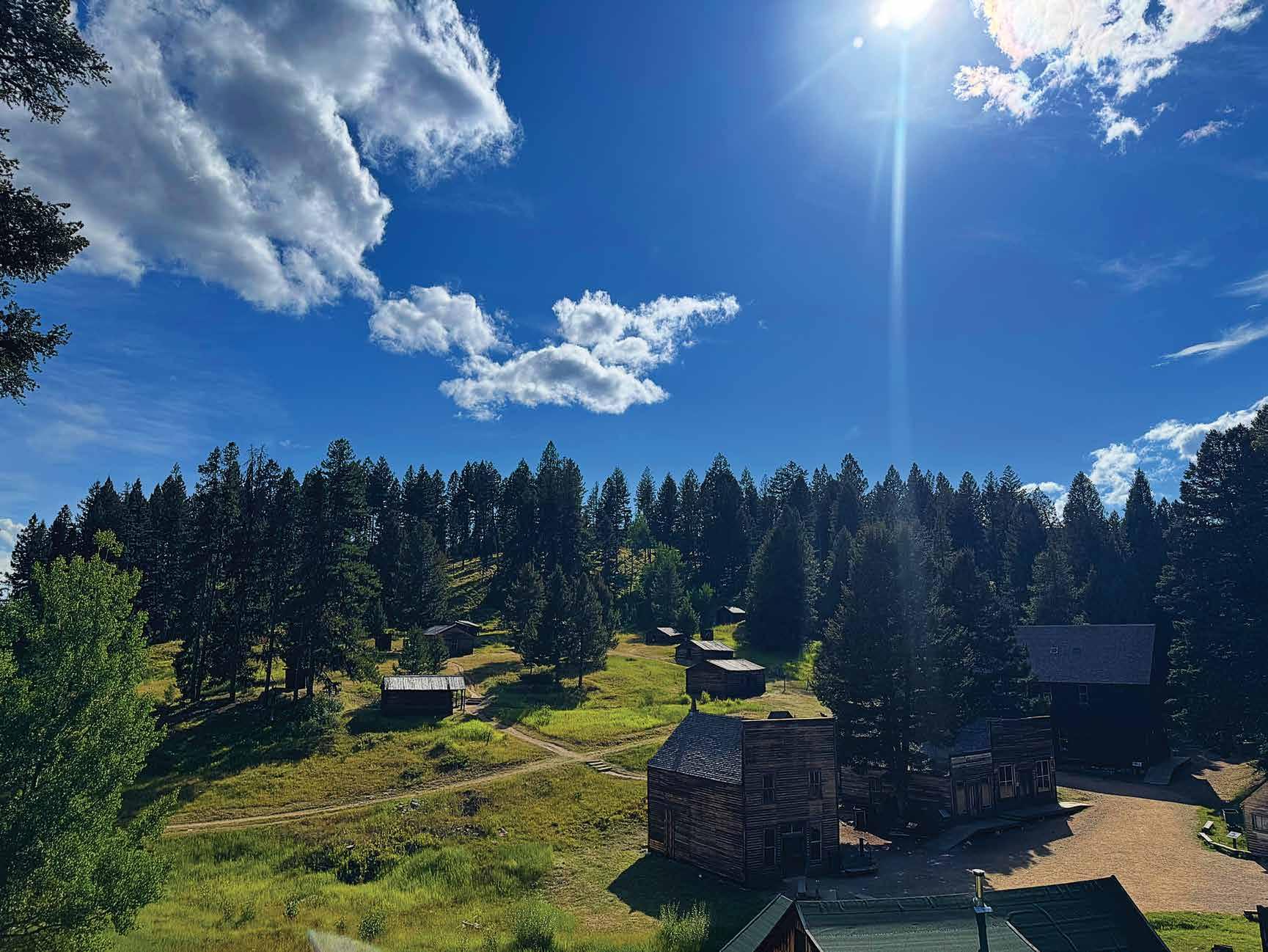

As we later parked at the well-maintained lot with Bureau of Land Management maintained bathrooms, picnic tables, and convenient announcement boards, I found myself happy to see several other groups in the area. It was abundantly clear from a quick look around that we had reached the top of the mountain, and that nothing but miles of undeveloped wilderness surrounded us in every direction. Without bear spray or any protection, I was overjoyed to know that we would not be walking the trail into Garnet alone – or rather, not as the only two-legged visitors and face to face with a local grizzly. This is definitely untamed land, and the Garnet Range is well within the known grizzly occupational boundary. Add to that the elevated chance of mountain lions when traveling this far outside the populated areas and even in 2025 it becomes an environment that requires caution.
But for the early settlers of Garnet, things were very different. The modern road that leads up to the ghost town is only a few decades old, and previously it had been a much more harrowing journey on difficult switchbacks and nearly unbroken ground. A warming hut was stationed part way up for travelers that needed more than a day just for the ascent, and the sudden storms that can break out quickly in the remote Garnet Range only added to the difficulty. The bears outnumbered the humans, but there was no patrol of the area surrounding the town other than what the settlers and their rifles could provide. It took a special kind of determination, grit, and courage just to get all the way up to Garnet. But what the people created when they got there is beyond words.
The trail that now leads from the car park starts to give glimpses of the town ahead before it takes a series of bends leading down the hill. From a perfect vantage point on the rise just before the final descent, there is a map that explains many of the buildings spread out before you. This is the first real chance to see just how large the town had been, and how many immaculate buildings still remain. We stopped for a long gaze, a few selfies, and then nearly ran down the rest of the trail, excited to enjoy a perfect sunny day in the little clearing surrounded by so many enormous trees and calling like a spirit from the past – becoming new visitors to once again breathe life into the happy little settlement.
It really is a marvel that Garnet has been so well preserved. It was already common knowledge by that point what would be the fate of a mining town. Scores of others had certainly boomed and been abandoned before the first strikes were ever made in the Garnet range, and for something as remote as this it was entirely routine to expect that a substantial town would be rapidly built on the backing of rich veins of ore, only to be just as quickly abandoned once the veins had run dry or better prospects were promised elsewhere. With this in mind, those early settlers built as quickly as they could – forgoing conventions like a proper foundation or even any organization of a main street and clustered town. Instead they erected homes, saloons, and stores haphazardly and the result was one long thoroughfare that saw room enough for wagons and flanking buildings pressed in- often close- arranged more for convenience and haste than any sort of civic planning. Then, scattered about the gently rising hill side there were little pockets of personal homes, a make-shift jail, blacksmithing facilities, and assorted outbuildings dropped down wherever was most convienent at the moment and often built directly upon what would turn out to be future claim-
-or mine entrance. It truly was the Wild West in every sense of the term, and from the first day had been imagined as a town designed to be prosperous to a point but then readily forgotten.
And yet it endures. Though a fire in 1912 managed to take out many of the closely spaced commercial buildings, and decimate the bulk of what might have been considered a town center, it didn’t make the jump beyond that central track and even left several of the oldest saloons and hotels still standing, along with all of the well-spaced homes and businesses that littered surrounding hill. We laughed at just how close this community must have been while looking in one of the well preserved out-houses. There, about 12 inches apart, we saw multiple holes cut into the wellworn wood plank. It seems that your leg would have been brushing up against your neighbor as you as both took a few moments to sit and chat. This precious preservation allows you to at once be transported back, experiencing first hand just a little of what it might have been like to be living on the leading edge of mining settlement that kicked off the founding of Montana.
Gold was being sought in what would become Montana, before there even was even a Montana to speak of. Remember that originally, all of the land in the Pacific Northwest had been dubbed the Oregon Territory. It ran from the present border of California and Oregon in the south, directly along the 42nd parallel all the way to the continental divide. Covering all of present day Oregon, Washington, Idaho, and parts of Montana and Wyoming, this vast swath of land bounded by the ocean to the west and mountains to the east ran all the way up to the 49th parallel in the north, with some of President Polk’s supporters urging that the United States take large tracts of British Columbia and extend the northern limit to well beyond the 54th parallel, which would have placed it nearly as far north as present-day Ketchikan. Their “54-40 or fight,” movement never resulted in outright conflict, and after a series of negotiations that nearly ended in hostilities, the United States and British governments eventually settled peacefully on the 49th parallel that we all recognize on maps today. Slowly, and following a path directly tied to the value of territory to the nation at the time, portions of the west began to obtain statehood and the territorial boundaries were redrawn. Becoming a state required a balancing act of local and national needs – first the population of a territory would need to sufficiently increase and as settlements and industries emerged it would be up to the will of the people living there to desire a transition from the tax benefits of being a territory into the representational benefits of statehood. And even then, after the vote of the residents to seek statehood, there was the issue of the nation politics needed to make the transition – often greatly impacted in this era by the issues of slavery, the civil war, and a long string of recessions and economic panics, as well as the primary concern of the disruption to political balance caused by the addition of two senators and representative who were all but guaranteed to closely follow the unique prevailing politics of the newly minted state.
California, the first of the western states to offer up the bounties of gold and the crush of sudden population increase got to skip most of the process, being ceded by Mexico in 1848 just in time for the gold rush of 1849 to occur on what was now American-
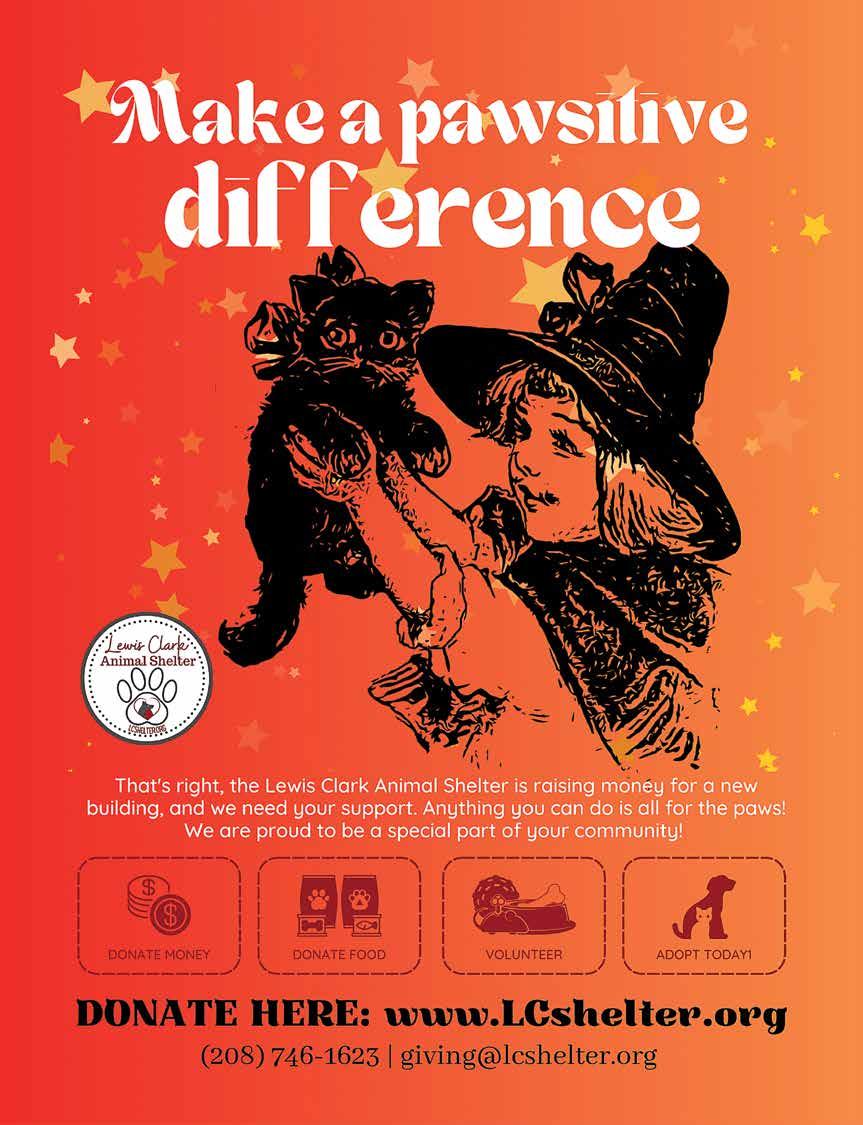
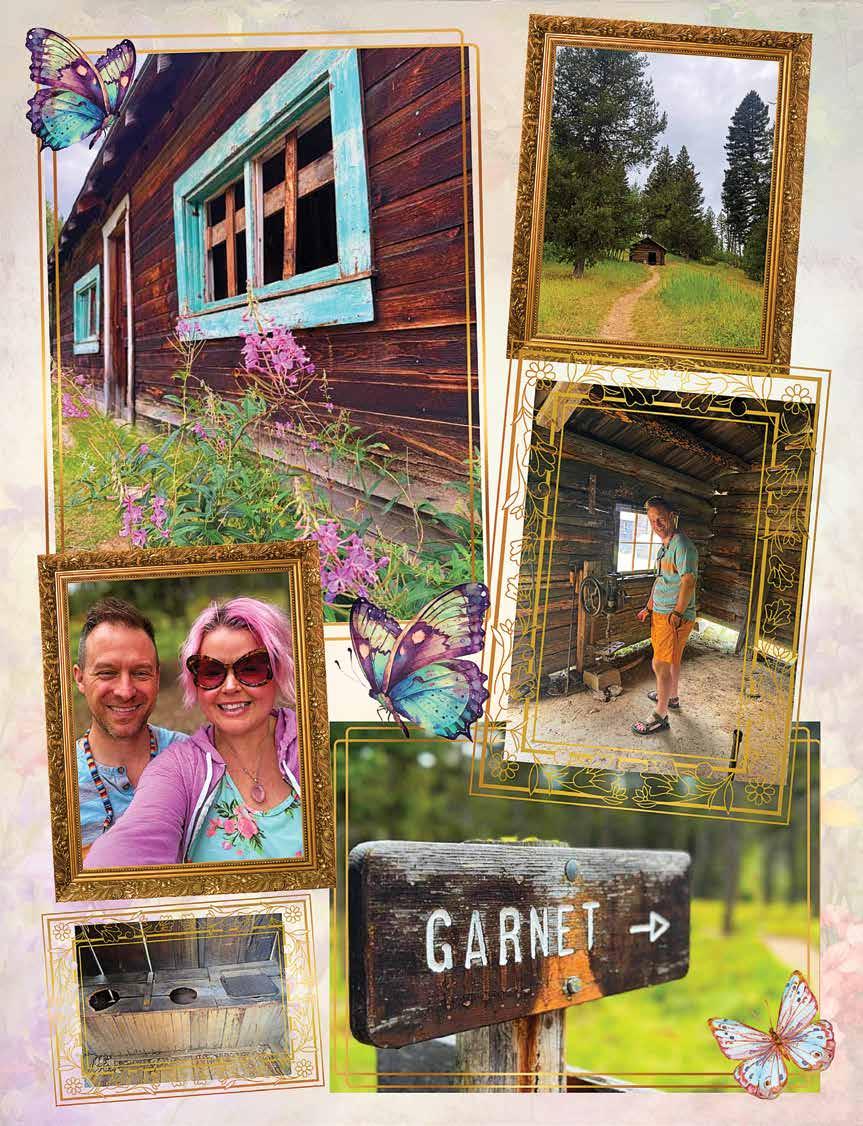

-soil, and then to be rushed through admission to become the 31st state in 1850 without ever having been a territory. In quick order, the Oregon territory which had been established in 1848 was divided in 1853 to become the Oregon and Washington territories with the Columbia River serving as the primary division in the west and a straight line following the 46th parallel east. This lumped what would become northern Idaho and western Montana into the new Washington territory and still allowed Oregon territory to extend much farther east than the state does now, encompassing all of southern Idaho and a portion of Wyoming. It wasn’t until Oregon became the 33rd state in 1859 that the modern eastern border was established along the Snake River. Part of the remaining Washington territory was broken off in 1863 with the land being given mostly to the Idaho Territory which at this point included the north western portion of what would become Montana. But the actual Montana territory would not be established until the following year. Montana eventually became the 41st state in 1889 (just a few days after the two Dakotas), with Washington, Idaho, and Wyoming quickly following across the next year. By 1890s, much of the west was already well platted and the northwestern portion of our nation already admitted to statehood, but just a few decades before when gold was being discovered just outside of Missoula in the early 1860’s Montana still wasn’t even a concept to be considered.
Like the rapid settlement elsewhere, gold and silver drew adventurous prospectors and pushed them ever farther out into remote wilderness. The strikes in the Garnet Mountains started as placer finds and encouraged travel up rivers and long dried out ancient watersheds. The greater Rocky Mountain range is over 50 million years old, and as those grand old peaks were first being pushed up, they brought rich deposits of minerals with them in the form of molten rock from deep within the earth that would later harden into crystalline stone- littered with deep veins of precious deposits like gold and silver. Across millions of years, as weathering and erosion took their toll, bits of exposed rock troubled down and were washed out by heavy rains and foods along whatever course held least resistance for the flow. Lighter material washed farther out, and heavy and valuable metals sunk quickly or were more easily snared in eddies and obstructions. So, when miners first came, there wasn’t a need to dig deep into the earth to strike it rich. They could follow spurs and draws, panning rivers and digging loose gravels to find uncover the first scores of nuggets. But once those easier placer deposits ran dry, it was time to get more elaborate – moving from first sluicing and dredging long rivers that flowed out of these mountains that had become treasure chests, and then going all the way to hard-rock mining where deep tunnels were dug directly into the face of stone and the rich ore that was retrieved was crushed and sorted before the wealth could be obtained.
For a scrappy solo gold panner, travel was continuous and new deposits were constantly sought. But once they found a significant claim that was tested and proved to yield high returns, it was time to transition into the industrial side of mining. A camp would be established, eventually becoming a town, and investments were made in stamp mills that could crush the ore into manageable particles. All of this took a permanent settlement and a rugged workforce.
In times when the market took a turn and the value of gold or silver fell, these towns could quickly go bust – and the depopulation was even faster when one of them ran out of minable veins. But those that had succumbed to market pressure would instantly populate again as soon as the sale price for precious metals again rose above the local cost of mining. There is no better example of this process than the remote town of Garnet, far out in the mountains of the Garnet Range.
Missoula had been established in 1860 and was called the Hellgate Trading Post. People were chasing those easier placer hits in the lower streams at the time, and in 1865 a significant strike in Bear Gulch outside the town was pushing the population out to the east. A town was established there, originally called Bear Town and now known as Bearmouth. During this short time, the land they were prospecting went from being Oregon Territory, to Washington, to Idaho, and finally settling on Montana. Out of these early settlements, adventurous miners started pushing farther out into the mountains above, and by the 1890’s just after Montana had officially become a state, they were already staking lode claims and building stamp mills as new deposits further out into the mountains were discovered.
Like so many other boom towns, Garnet was settled quickly, and the incredible wealth that the miners took from these hills was the only possible catalyst to such astounding growth. It baffles the mind to imagine someone being willing to drive teams of horses repeated up the side of this mountain, year-round and facing unimaginable weather and hardships, knowing that every pause along the way made them even more exposed to the wildlife that was just as deadly as the mountain itself. And then you remember that the people of Garnet were paying in solid gold. In that case, maybe just one more trip through the falling snow, grizzlies be darned. And so, supplies made their way along rutted and nearly impassable routes from that young trading-post turned town named Missoula that was situated about 40 miles west as the crow flies, or else they came up the equally treacherous route southern route from the new railroad stop in Bear Town. It went from nonexistent in 1895 to a population of around 1,000 permanent residents almost overnight. One of the local business owners even built a little honeymoon cabin to encourage more families to relocate to Garnet. It was given free of charge to new couples while they worked on building their own home, or at least until the next eligible couple arrived and needed a place to stay as they began constructing a life of their own. This first boom saw the building of four large stores and seven hotels, along with a school that taught over 40 local students, and 13 saloons for their parents to chose from. One of the stories that Heather and I loved was that respectable women of the day didn’t want to be seen coming and going from them and so an entrance was established at the back of one of the watering holes where they could preserve their upstanding reputation and discretely reach a back staircase that took them upstairs and out of view of the large groups of men drinking on the floor below. The town was a full of charming and personal stories as it was of ore to be refined. There were blacksmiths, assayers, a town doctor, and even two barbers and a drug store. But by 1900, the once rich veins were beginning to pay out and the people started to leave en masse.
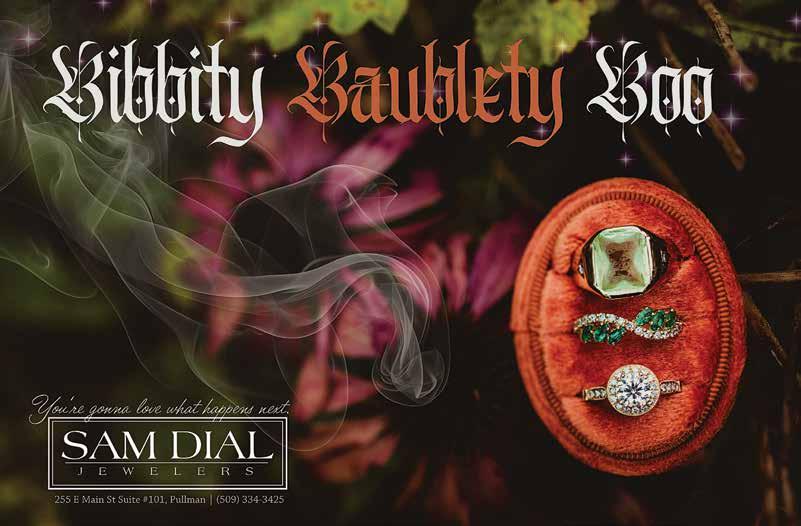
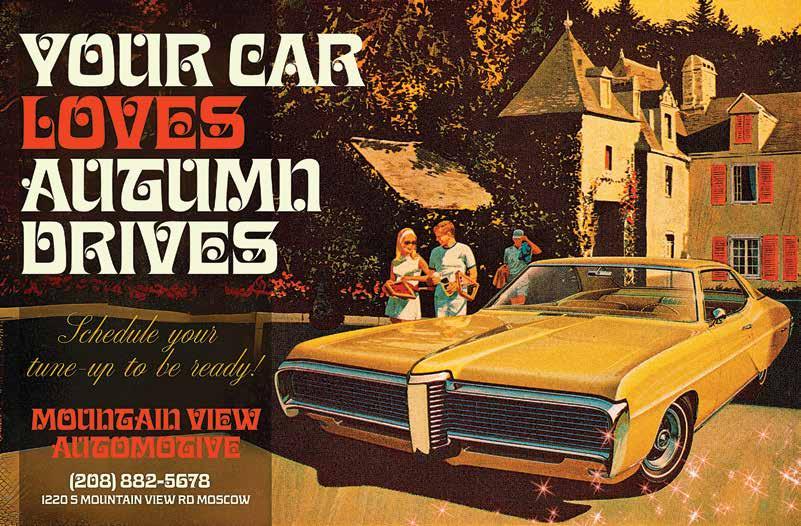
That once enormous population of 1,000 in the previous decade had fallen to just 150 by 1905. Ten years from boom to bust, and all the buildings were abandoned as carts were piled high to make the treacherous journey back down the mountain side, and off to new destinations with further promise. Estimates placed the value of gold mined in the Garnet area at well over 1 million dollars in those few short years, but by the time the fire broke out in 1912 hardly anyone was living there to try to stop it. Shortly after, many of those last tenacious residents left to fight in the first World War or to take jobs in larger towns where they could aid in defense production. Many simply walked away from their homes in Garnet without even taking the furniture or the oldest of their clothes. The time capsule was sealed, and the ghost town was officially born. Today you can walk right into many of those cabins and see old shirts handing on a peg, worn-out boots by the door, and rusty bed frames left where they originally stood. The hotel even still has its kitchen intact, and you could spend a day working with the tools still sitting at the smithy’s workshop.
Sure a few of them came back, or other later generations as the gold prices rose again in the 1930’s but Garnet never really recovered and most of the buildings remained uninhabited. The local post office finally closed for the last time in 1942 as as only a couple of final residents stayed behind. The town started to fall into ruin, with people looting priceless historical items like the stained glass and hand-carved wood decor that had lovingly-

- lovingly elevated Garnet from being a shanty town of rough and tumble minersto a family community with relative grace.
Luckly the Bureau of Land Management came in early enough to save the bulk of this amazing town, and deploy efforts to aid in its preservation. It was rescued just in time to allow for an amazing experience that instantly transports you back to an era and way of life distant from our own.
But it isn’t a ghost town in the sense of a haunting – there simply was not any bad energy to feel here at all. In fact, Garnet is more of a peaceful resting place of the spirits who made their lives out here on the edge of nowhere, carving out a nice little living surrounded for miles around by seemingly unending mountains and forests. The air is still and fresh and the in the silence you feel like you can hear the laughter of people making the best of what they had, for the limited time they had it... a population coming back in waves every time the ore price spiked and the town thrived again. Multiple generations of miners and their families, all hard as the rock they worked but clearly connected in a meaningful community that took time to build though they knew from the start that it would most likely never be permanent.

If you find yourself in Missoula, spare a few hours to discover Garnet and bask in the grit of all those who came before us. Heather and I both agreed, it was one of the best discoveries we’ve seen on our little trips. You’ll love it, too.



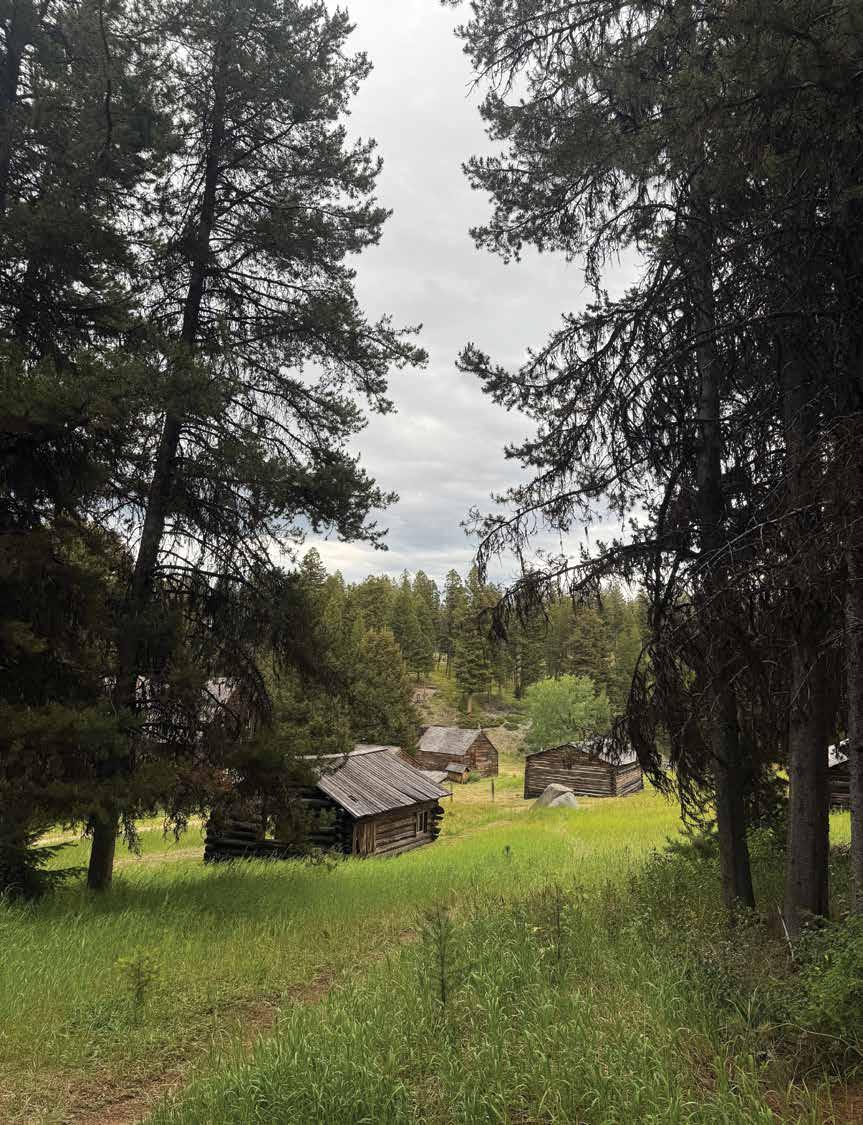
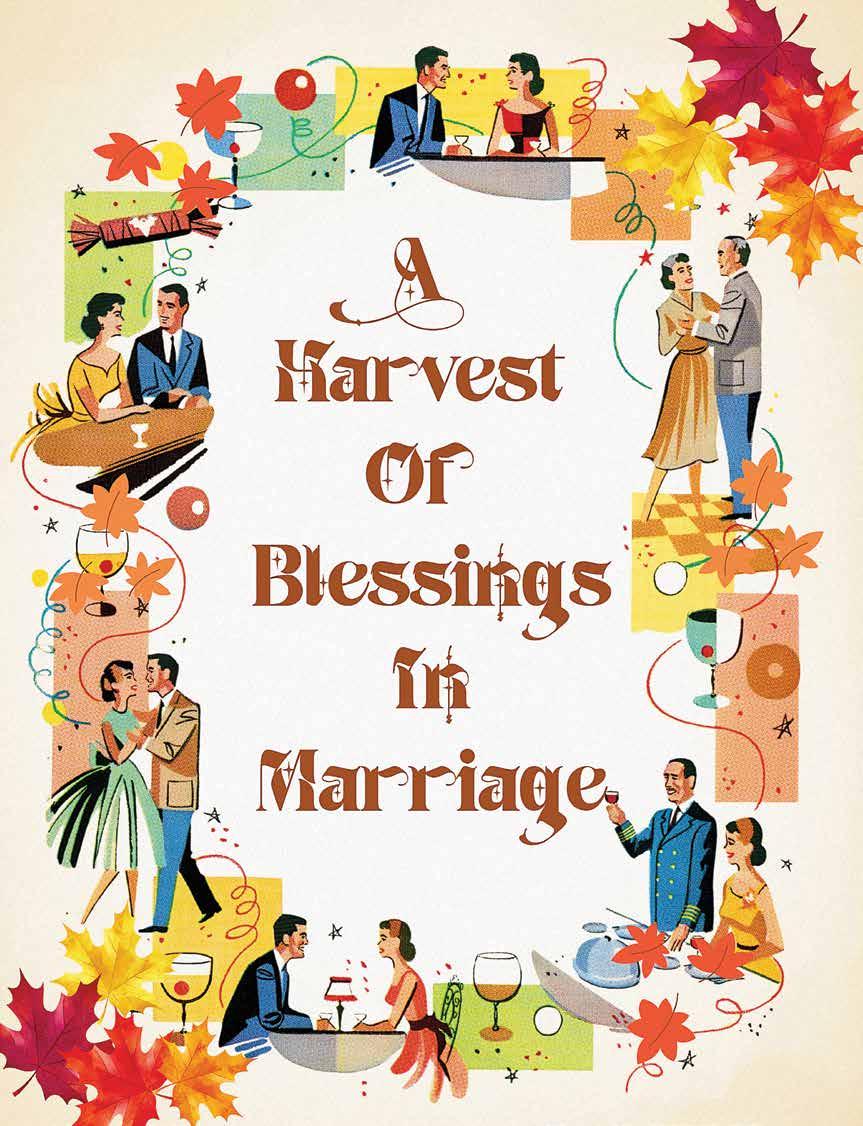
My favorite time of year
Is when warm and still turns to crisp and lively
A hint of Jack Frost’s icy breath blows in stirring the leaves on trees and ground all changed ready to rest
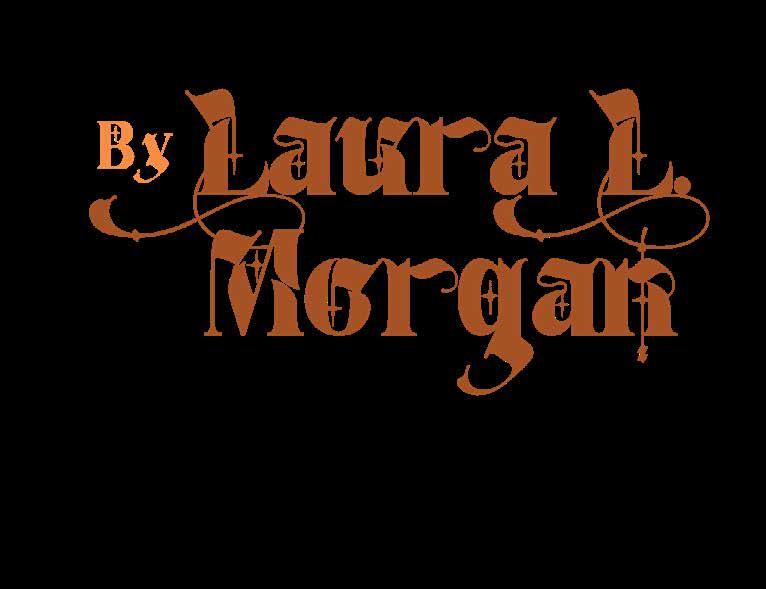
oversized-sweater feeling. Throughout the course of marriage, these seasons are visited in random order and in a repeated fashion. Some last longer than others and there is hardship in each season, but also beauty.
I would love to share with you, readers, some gems you can put together to create something beautiful in your marriage. No one is perfect and everyone seems to have advice, right? But isn’t your marriage worth trying to make it the best it can be? I think so! We can always be learning and growing. The pastor who married Trent and I, Jim Newby, gave us this admonition: “Much love, much commitment, much prayer.” Simple, but so complex and vast in the implementation. Thirty-eight years later, Trent and I are still learning how to implement aspects and nuances of this charge. I think that’s part of having a “successful” marriage—always learning and growing.
A. Much Love:
1. Love goes deeper than the physical aspects of marriage, although those are very important. For the intent of this article, I’ll skip some of that but remind us all to give touches: hugs, backrubs, holding hands. That connection is necessary to grow a relationship. I remember as a kid, my mom had read an article that said a person needs eight hugs a day just to maintain and twelve to grow. I still remember the statistics because she would intentionally make sure we got our quota of hugs a day. Humans need human touch and interaction and spouses need to be the ones to fulfill this, a simple act of love we can give each other. I am a bit concerned with an advertisement I was recently bombarded with on YouTube. The Pandy is an AI-powered “emotional healing on demand” plush panda toy. The ad purports that Pandy “offers a supportive, huggable companion that helps create a sense of security. It makes you feel loved, supported, and helps you through tough times. It’s more than fabric. It’s connection.” Lord, help us if the day ever comes when we replace human touch with machines. Remember to give your spouse that morning hug and kiss, and many throughout the day.
2. Writing about physical touch leads me to love languages. This concept has been so helpful in understanding motivations and reasons why certain things matter to my husband. Gary Chapman authored a book that became an international bestseller, called The Five Love Languages: The Secret to Love That Lasts. If you and your spouse haven’t taken the quiz that rates you on what your love languages are, this is a helpful resource. If you discover that your husband’s number one love language is Acts of Service, you can be intentional in showing him love that way. As an example, let’s say your husband gets home later in the day than you do and you’ve been noticing that the garden-

-needing weeding or the lawn needing mowed is bothering him, but he hasn’t had time to do it yet. He gets home, grumbling about having to go weed the garden, then he finds out that you already did it. You say, “It’s already done,” which to him is the same as saying, “I love you so much.” Or, similarly, maybe your wife’s love language is Words of Affirmation. When you praise her for how she handled a crisis with your children, or something she created at work was praise-worthy, that means more to her than if you did the dishes (act of service) or bought her flowers (gift giving) because words of affirmation are how she feels the most love filling up her tank. Learning each other’s love languages really can help you better understand each other, which is key to a good marriage. This knowledge then can be put into action and become a meaningful part of your relationship.
3. Spend Time Together. Remember when you were dating and couldn’t get enough of each other? As years pass and life happens— kids, jobs, etc. this can be a casualty, but don’t let it. When you prioritize spending time together, you show that your spouse is the most important person in your life. Find something that you both enjoy doing and do it together. Have a scheduled date night once a month. The “date” doesn’t have to be big and expensive…or it could be. Get dressed up and go to an event or a fancy restaurant, go for a walk on the levee, strolling along, holding hands, and making dreams for the future. Go on adventures together! Trent and I like to say, “Those who play together stay together.” Trent and I got the idea of “couch time” from a couple named the Ezzos. Pick a time every day, even if just for five minutes, to sit on the couch (or the deck, or…) and basically connect and check in. You can ask an open-ended question like, “How was your day?” or you can do something more structured like tell each other one thing you appreciate about the other person, something you are looking forward to the next day, or some such prompt. No interruptions! Teach your kids, if you have them, to not interrupt during this time. No technology, either. Full attention!
4. Be your spouse’s biggest fan. Compliment him or her in public, encourage projects and dreams, listen closely, and show appreciation even for the small things. Write your spouse a note. I got a poem for Mother’s Day that brought me to happy tears. Being your spouse’s biggest fan encourages you to focus on the positive aspects of their character.
5. Do you have “your song?” “I Still Believe in You” by Vince Gill has been one of ours. We moved into a shadowed aisle and slow danced to it at Vince’s concert. Just the other day, I was feeling the weight of negativity and decided I needed something positive to get me out of my funk. On the shelf next to me was a scrapbook I had made years ago with the words to that song and photos of Trent and I. “Look at us. After all these years together. Look at us, after all that we’ve been through. Look at us, still leanin’ on each other. If they want to see what true love can be, then just look at us.” Oh, the memories. We really have been through so much—together. It has made our marriage strong. Making memories, reflection, and appreciation for what you have in your marriage and spouse are so important.
1. Be committed to putting your spouse first. Marriage is a lot about being selfless. The beauty is that when you both commit to each other above yourself, you both feel loved. The selflessness is not oppressive. Just like anything else that is worth anything, marriage is work. It takes intentionality. Commit to being willing to work at it, even if you don’t feel like it, or are tired, or cranky, or hangry, or bored.
2. I remember commenting, before I got married, to my mom that my love for Trent would never change. She wisely knew that was a fallacy. Love has to change, so look for ways to show your commitment.
3. Ask insightful questions. Focus on the Family has a list of a few questions to ask your spouse that show your level of commitment.
a. Do you feel loved? If not, how can I fill your love tank?
b. How can I better support you in your role as a father/mother, as my husband/wife?
c. What goals can we work toward as a couple?
d. How can we better work together as a team?
4. Commit to learning and using conflict management techniques. Conflict will come along, just like in any relationship, and knowing how to argue and disagree well leads to resolution not separation.
5. Get on the same page with finances. Money trouble is one of the leading causes of marriages breaking up. When couples commit to working together on finances and work toward a shared goal, it reduces stress.
C. Much Prayer
I read an online article on imom.com as I was searching for some solid statistics. This article claims, “less than one percent of couples who pray together daily end their marriages.” Is that right? Could prayer really be that powerful? I found the same statistic in multiple sources, and I know from personal experience that it is.
1. Shared values—these are a firm foundation for building a marriage. Agreeing on what is important, on moral boundaries, and on a common belief system are vital. Avoid that Y in the road where each of you take a different path. Unity is created with shared values.
2. Praying for each other turns your eye to a different perspective. Prayer, especially with your spouse, is humbling and turns you from a cycle of hurting each other to one of caring as you pray for your spouse’s needs, or as you pray for others. Your vision turns outward, away from yourself. You get to hear your husband’s or wife’s heart, hurts are released to God, and healing comes. Prayer gives hope. As we ease into this season of autumn, may you fall in love a little bit more with your spouse. May you reap the harvest of the intentional seeds you sow to grow and strengthen your union. May you feel the cozy warmth of the comfortableness in marriage, but still seek ways to create sparks that light a new fire between you.
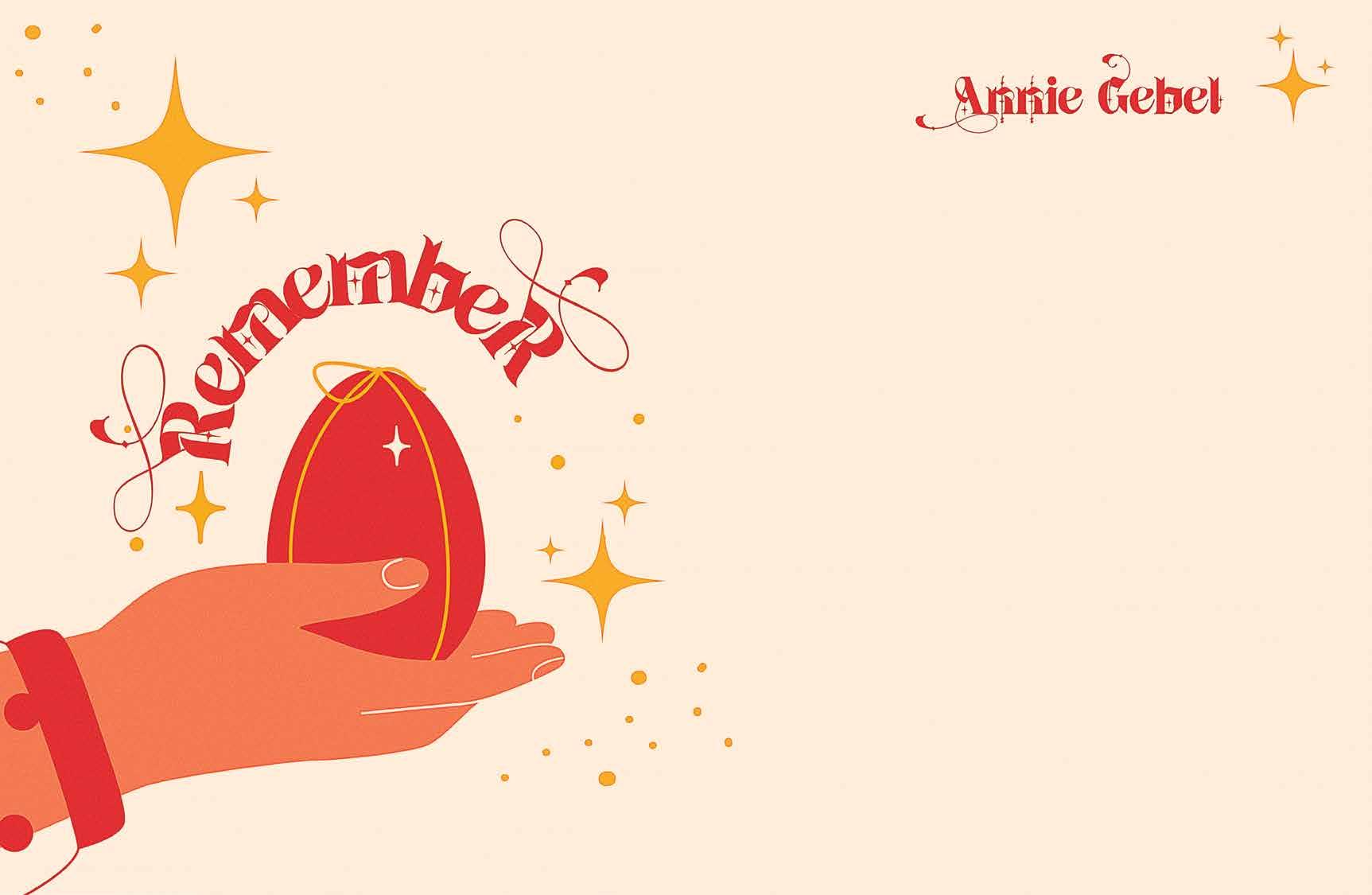

Have you seen the movie Runaway Bride? In it, Julia Roberts’ character keeps changing how she orders her eggs to match the man she’s head over heels for at the time. She thinks she’s being supportive or just changing her mind. She doesn’t even really notice she’s doing it until Richard Gere’s somewhat obnoxious, but totally right character points it out to her. “You were scared! You were so lost you didn’t even know what kind of eggs you liked!”
It’s a tough breakthrough, but an important turning point in her story. She was trying to be what everyone else wanted rather than be herself and find a person who loved her for that. (Hold that thought.)
Do y’all remember Marie Kondo? She is a professional organizer and helps people clean up and arrange their homes in ways that feel good to them. A few years ago she popped into our lives with a delightful smile and the question of whether or not an item sparks joy. I remember hearing about her earlier, and dismissing her, but when her Netflix show came out in 2019 I watched it and felt a mix of emotions!
I know, it’s television, I could just turn it off, right? But, for me, things are rarely that simple. I often ask why and dig deeper to get at the source of all those feelings. In this situation, I was entertained by her show and enjoyed watching her work. It was somehow comforting. Yet, I also felt bad for some of the people who were trying to part with things they’d lived with for a long time. I realized that I also wondered, what was joy? I mean, really. Sparking joy sounds lovely, but what does it mean? Most of the stuff in my house, in my life…was just stuff. It either had a purpose or not. That’s what I thought at the time.
So, I never took on the task of touching all my belongings to see if they were meant to stay with me or leave, but I did continue to play with that word. Joy. It intrigued me. (Hold that thought.)
Do you remember the Simon and Garfunkel song called, The 59th Street Bridge Song? Probably not that you know of - who knew that was its name!?! You might recall the lyrics, though. “Slow down, you move too fast. You got to make the morning last.” We used to sing it in music class in my elementary school and I always loved it! I still sing it when I need the reminder to slow down. (You guessed it, hold this thought too.)
I promise - all these thoughts are leading somewhere…NCIS. Yeah, the television show that premiered in 2003.
Specifically, we’re going to tie all of this into something I enjoyed about Mark Harmon’s character, Leroy Jethro Gibbs. If you’ve never seen the show, Gibbs is the team leader of a group of investigators. He is a little rough around the edges and has a tough exterior that shields his broken heart, but he’s also got a little half smile that brings a little mischief to his eyes. One of the things he’s known for is following his gut. I don’t know if they ever call it what it is in the show, but Gibbs trusts his intuition in all circumstances. Time and time again this works for him, saving him and his team from all sorts of trouble and, admittedly, sometimes leading them right into a little trouble before they get out of it. That’s good tv, right?
And that’s life. It’s full of ups and downs, sudden turns, stumbles, scrapes, and the occasional splat. Life requires us to sway, swerve, and sometimes stand our ground, other times stand aside. Gibbs not only knew all of this in a cerebral, thinking brain kind of way, but also in his gut. He felt it. When to duck and when to jump. He knew and trusted that knowing.


Do you do that?
Do you know something in your gut or feel tingling in your spine that guides you? Do you follow your nudges? Do you listen to the whispers you hear? Are you attuned to your intuition like Gibbs, or are you like most of us? Head down, doing what needs to be done, is supposed to be done, should be done. No time for rest or nonsense, productivity is king. Bills gotta get paid and dishes don’t do themselves. Surviving on caffeine and snacks. So tired when you wake up, more weary when you go to sleep. Do it all again tomorrow.
Whew! Take a breath, already. Oh, and how do you like your eggs?
Maybe you know how you like your eggs. But how often do you make them that way? Do you always make scrambled even though you love poached because it’s easier with kids? Maybe you’re like Julia Roberts’ character and you don’t really know because you just go along with what everyone else suggests. Maybe you know your favorite way to order eggs, but you just never go out for breakfast or ask your partner to cook. There are so many ways this unusual question could be eye-opening for you. The bottom line is - do you know what you want, like, desire? Do you feel able to ask for that or to get it yourself? And if you do, are you treating yourself to that food, that practice, that activity or letting your own needs fall to the end of the neverending to-do list?
Even when we do have some of the answers about ourselves, it’s so easy to lose track of us in the mix of daily life, goals, and needs. After more than two decades married to the same person, when I got divorced I realized just how much I didn’t know the answer to and even when I did know the answer, how much I’d followed the needs of the Navy, the needs of my children, and the needs of my husband as guides. I had begun to realize this even before getting my divorce, but being the only one I answered to about everything was shocking and I decided I’d revisit all the answers just to see if anything had changed.
My hope is that you can touch base with your desires and intuition without suffering a trauma like I went through or that Gibbs suffered. But, it’s not as easy as it sounds. That doesn’t mean, though, that it’ll be easy. When we start to ask questions of ourselves we’re met with beliefs and thoughts and stories that often aren’t even ours but that we’ve built our lives around. I suggest getting a therapist and a journal, if journaling is something you might like. It can be a lot to process when you realize you’ve been people pleasing your entire life and you’re ready to give that up. I mean, maybe you won’t realize that. Even so, though, you’ll probably realize some things that need processing. Even Gibbs did, and he’s a fierce federal agent.
And if you have a therapist, one of the things they might ask you is, “What makes YOU happy?” When my therapist first asked that, I slow blinked. I opened and shut my mouth a few times. I finally settled on the answer I’d given many times before, “I can be happy anywhere. I’m easy.” (As I type that now I’m seeing the Runaway Bride scene I just watched to get the quote right. I wasn’t easy…I was scared that if I said no-


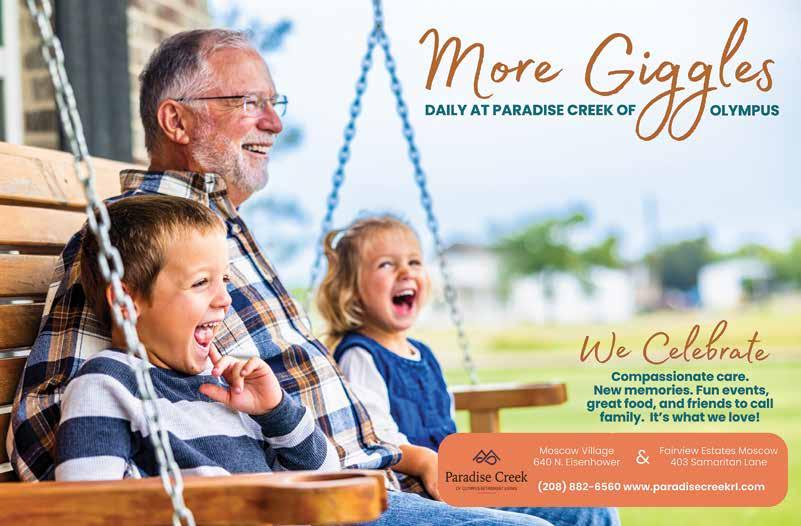
FHA loans can make homeownership a possibility for many borrowers who may not qualify for conventional financing.

-to someone else’s needs they would walk away from me, be angry, or react in some other way that wasn’t worth finding out. Hmm, thanks for working through that with me, a little deeper with each processing.) When I said this to my therapist she said, “That may or may not be true, but what you can start thinking about is what things actually do make you happy or bring you joy without someone else’s input coming into play.”
Joy. There it was again. I pictured Marie Kondo holding up my life and asking if it sparked joy. The answer was a definitive NO. And I was ready to thank it for what it had been and done for me and to let it go so that there was space for me to create a life that did bring joy and happiness, contentment and satisfaction. I love a reason to turn to the thesaurus and I wanted to be able to look up all the synonyms of joy and feel them in my life!
As can happen, though, even when you’re ready for change, it’s a lot. I still had to figure out what joy meant for me. I could tell when something was a clear no, but what if I wasn’t sure? What if I once loved a skirt, a shelf, a person and now there wasn’t any spark left? Was it okay to move on? How could I do so respectfully? Was I really sure? Was I being selfish? What if people disagreed? What if I wasn’t strong enough? What if figuring out who I was and what I enjoyed and desired was too hard?
Enter Simon and Garfunkel.
Slow down, you move too fast You got to make the morning last Just kicking down the cobblestones Looking for fun and feeling groovy Ba da-da da-da da-da, feeling groovy
Hello lamppost, what’cha knowing I’ve come to watch your flowers growin’ Ain’t you got no rhymes for me?
Doo-ait-n-doo-doo, feeling groovy Ba da-da da-da da-da, feeling groovy
I got no deeds to do, no promises to keep I’m dappled and drowsy and ready to sleep Let the morningtime drop all its petals on me Life, I love you, all is groovy
Slow down. Breathe. Go for a walk. Sing a song. Talk to the trees or lampposts, whatever makes you happy. Dance, color, sleep, rest, drum, create, groove.
Even Leroy Jethro Gibbs found his groove. He made a boat. He cut the wood, pieced it together, sanded it smooth, sealed it and whatever else one does when building a boat. Slowing down doesn’t have to mean yoga and meditation, but it certainly can include those if they (wait for it) bring you joy.
The truth is that even when you’re ready for change, change isn’t always easy and it almost certainly requires time for a new normal to feel less new and just normal. It’s okay if you don’t always know who you are or what makes you happy. Slow down. Breathe. It’s okay if old stories sneak back in or you reflexively people please. Keep practicing catching them and changing your thoughts and actions to match the new stories you’re creating. Your stories. Your truths. Full of your desires, dreams, and joys.
It is absolutely okay if remembering who you are feels sometimes liberating and sometimes crushing and sometimes too much and sometimes not even close to enough. It’s okay if remembering how you seek and feel joy is occasionally tear-inducing. It’s okay if some of those synonyms make you wince or feel anger or incredible sadness. Just keep breathing. Slow down. Find your groove again.
In time, you might start to feel the tug of your gut or hear the whisper of your inner voice or just know which direction is the path you want to follow, or forge, to find your joy.
One more set of lyrics for you to sit with as you remember who you are:
Who have you been?
Who will you be?
Who are you now?
What can you hear, what can you see?
What can you do?
What can be done?
Who can ever know
The mystery within?
~ Little Rebirths, Allison Russell
P.S.
I love eggs. I most often prepare them over easy, but really enjoy them poached over toast with avocado and cheese. I’m also a huge fan of hard boiled eggs on salad and can eat the heck out of some deviled eggs. Eggs benedict is my favorite to order out at some places and at others it’s an egg sandwich on a croissant. How do you like yours?
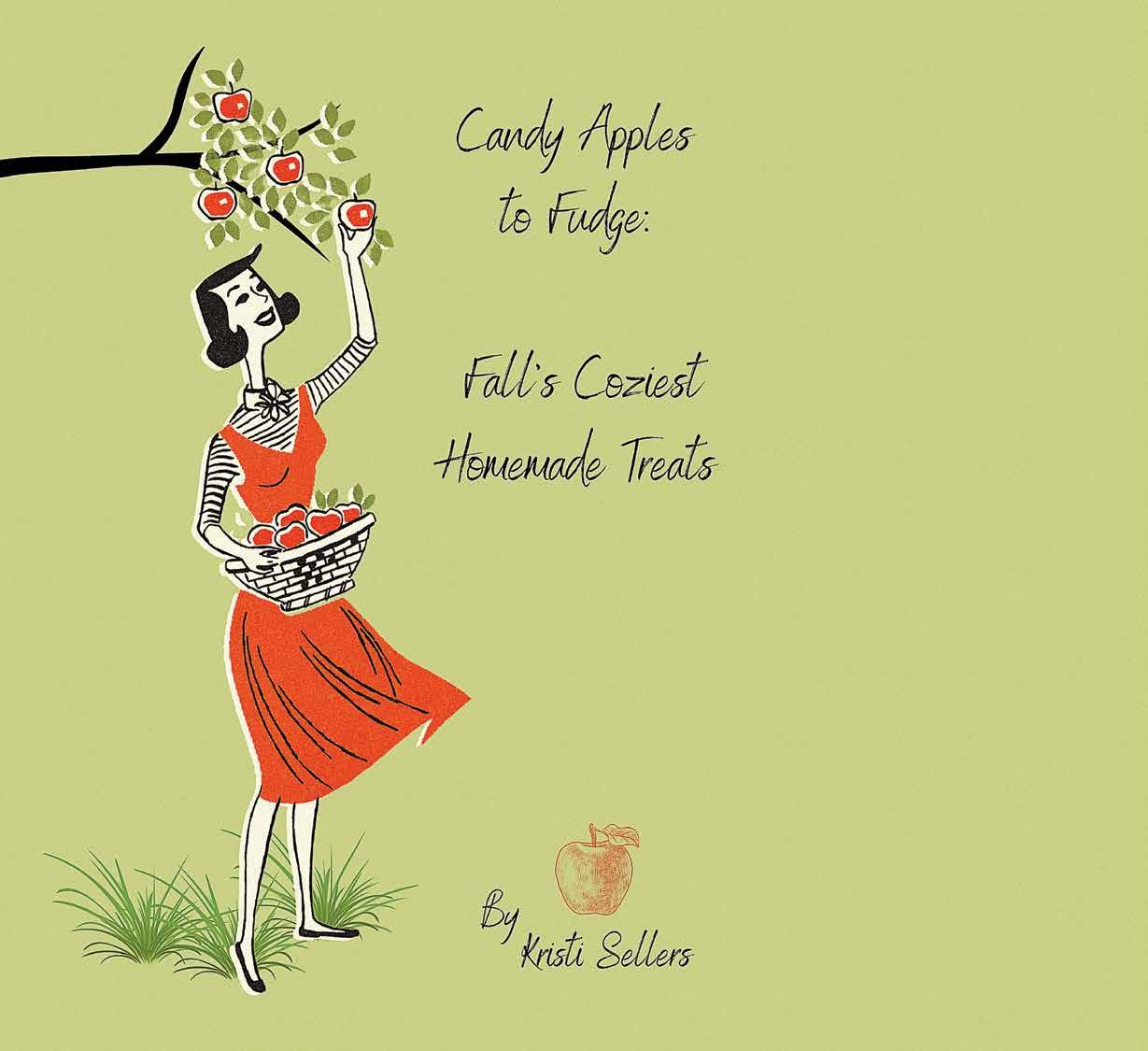

WWhen the leaves start to turn brilliant shades of red and gold, and there’s that first crisp bite of autumn in the air, nothing feels quite as comforting as homemade fall treats. The season practically begs for sticky candy apples, rich squares of fudge, and sweet, chewy popcorn balls. These nostalgic goodies aren’t just desserts—they’re memories waiting to be made in the kitchen, traditions passed down through families, and the perfect way to celebrate sweater weather. I absolutely cannot resist fall and all things that come with it (hello, pumpkin spice lattes!) If you are anything like me, you NEED to know more than just how to make these delicacies –where did they come from, and how quickly can they jump into my mouth? So, grab your apron, light an apple cinnamon-scented candle, and let’s dive into the fun and flavor of homemade fall treats.
Few things scream fall like a candy apple. Biting into one is a sensory event—the crunch of the candy shell, the tart juiciness of the apple, and the sticky fingers you’re guaranteed to have by the end. If I think hard enough, I can taste one now. Believe it or not, candy apples were actually a happy accident! (I’m talking to you, Bob Ross fans!). Back in 1908, a candy maker named William W. Kolb in Newark, New Jersey was whipping up a batch of bright red cinnamon candies for Christmas when he decided to dip a few apples in the leftover syrup. The result? Shiny, ruby-red apples that looked so irresistible he popped them in his shop window—and suddenly, everyone wanted one. From there, the sticky, crunchy treat spread to fairs and festivals, becoming the ultimate fall snack. So next time you’re crunching into one, you can thank a bit of sweet serendipity (and Kolb’s genius for not wasting delicious candy syrup).
Making them at home is simpler than it looks. You’ll need crisp apples (Granny Smiths or Honeycrisps work beautifully), wooden sticks, sugar, corn syrup, water, and a splash of red food coloring. The trick is heating the sugar syrup to the perfect “hard crack” stage—about 300°F on a candy thermometer. Dip the apples, twirl to coat, and let them harden on a parchment-lined tray. Make sure to lovingly gaze at them while they rest. It helps the process. Here are a few of my favorite variations:
Caramel apples with crushed peanuts or sprinkles. Be generous with the sprinkles. Chocolate-dipped apples drizzled with white chocolate for a classy twist.
Cinnamon candy apples with a spicy kick. Warning: Have a glass of water nearby. They’re showstoppers on any dessert table and a blast for kids to decorate. Just be warned: once you make them, you’ll be expected to bring them to every fall party.
Classic Candy Apples
Ingredients:
6–8 crisp apples (Granny Smith or Honeycrisp work best)
6–8 wooden sticks (popsicle sticks, skewers, or even chopsticks!)
2 cups sugar
½ cup light corn syrup
¾ cup water
Red food coloring (optional but traditional)
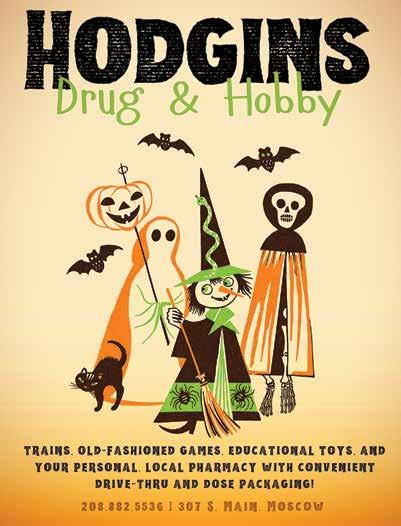
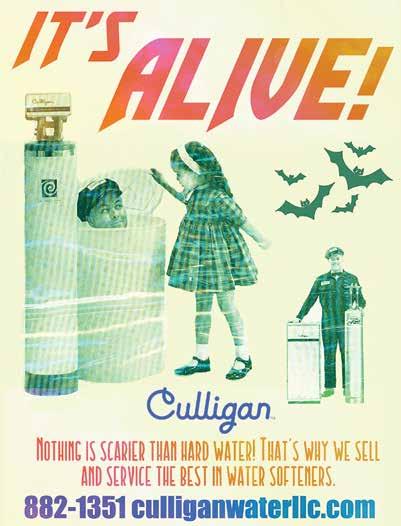
Step-by-Step:
1. Prep the apples: Wash and dry your apples really well (any waxy coating can make the candy slide off). Twist off the stems and insert a wooden stick into the center of each apple.
2. Set the stage: Line a baking sheet with parchment paper and lightly grease it so the apples don’t stick once dipped.
3. Make the candy magic: In a medium saucepan, combine sugar, corn syrup, and water. Stir gently, then let it come to a boil over medium-high heat without stirring (swirling the pan is okay).
4. Wait for the “hard crack”: Use a candy thermometer and heat until the mixture reaches 300°F (known as the “hard crack” stage). This is what gives the apples that perfect glassy crunch that you cannot resist.
5. Color it pretty: Add a few drops of red food coloring, then swirl to mix.
6. Dip the apples: Working quickly, tilt the pan and roll each apple in the yummy syrup until coated. Let the excess drip off, then place on your prepared tray.
“Legend has it that sometime in the late1800s...”
7. Cool & crunch: Allow apples to cool and harden for about 15 minutes. Then it’s showtime—bite into that shiny, crackly shell! Fun twist: Try dipping your apples in melted chocolate or caramel first, then roll them in chopped nuts, sprinkles, or crushed cookies. Instant crowd-pleaser. Guaranteed.
Fudge: The Melt-in-Your-Mouth Classic
Fudge is one of those treats that feels like it belongs in every season, but there’s something about fall that makes it extra comforting. Maybe it’s because fudge pairs so beautifully with warm drinks like apple cider or hot chocolate. Or a glass of Asti. Your choice.
Fudge’s origin story is as sweet (and a little messy) as the treat itself. Legend has it that sometime in the late 1800s, a batch of caramel was “fudged up” when a candy-maker botched the recipe, and instead of smooth caramel, out came this soft, creamy, melt-in-your-mouth delight. The happy mistake stuck, and soon fudge was being whipped up in kitchens and candy shops everywhere, especially in college towns where students swapped recipes like treasured secrets. From that one sugary slip-up, fudge became a staple of fairs, boardwalks, and holiday tables—proof that sometimes the best things in life come from a delicious little mistake.
Traditional chocolate fudge is always a crowd-pleaser, but autumn is the season to experiment. Think maple walnut fudge, pumpkin spice fudge, or even apple cider fudge. The base is usually a mixture of sugar, butter, milk (or sweetened condensed milk), and chocolate or flavorings, cooked until thick and creamy.
Here’s a fun shortcut: microwave fudge. Just melt chocolate chips and sweetened condensed milk together, stir in your favorite mix-ins, and chill until firm. It’s almost too easy!
Cut into squares, wrap a few pieces in wax paper, and you’ve got a sweet little gift for neighbors, teachers, or anyone who deserves a taste of fall magic.
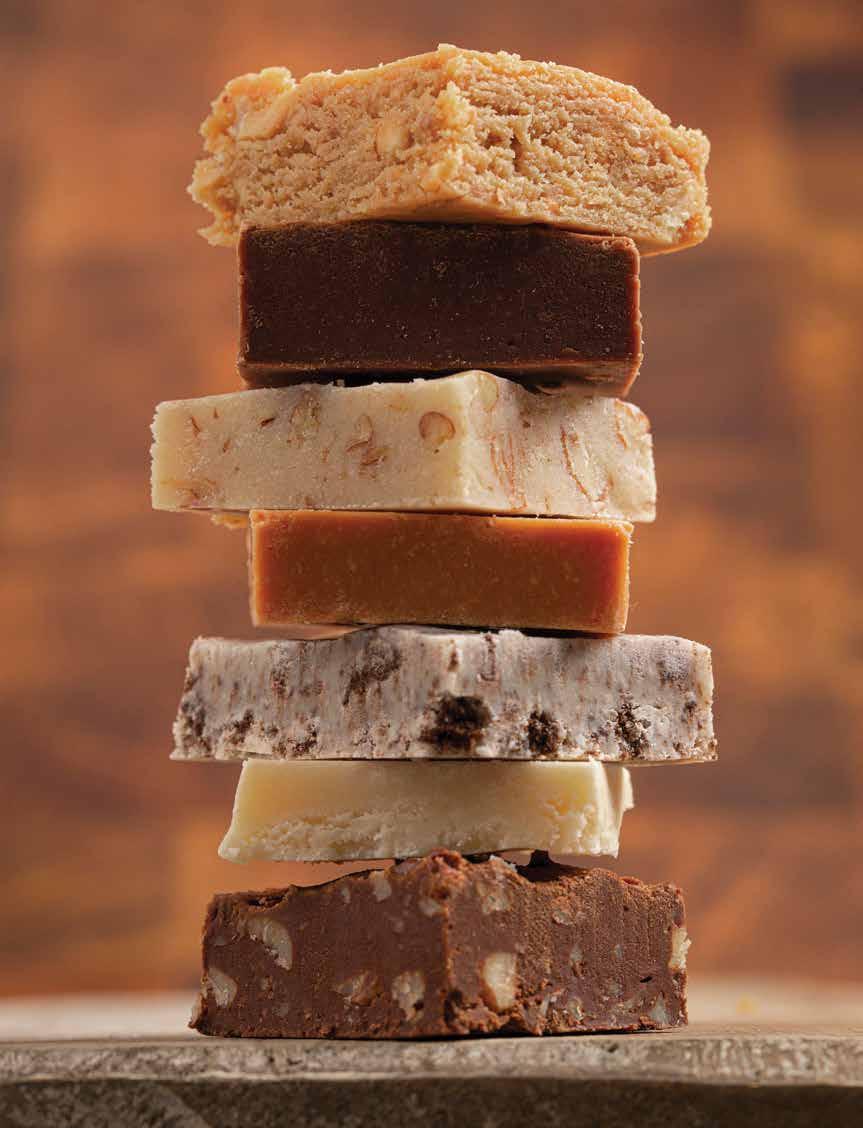

Popcorn Balls: Sticky, Chewy Nostalgia
Popcorn balls may sound old-fashioned, but they’re the kind of treat that brings people together. Imagine gathering in the kitchen, hands coated in gooey syrup, shaping warm popcorn into spheres of sweetness. It’s messy, yes—but gloriously fun. Popcorn balls may look like simple little spheres of crunchy sweetness, but their history is as colorful as a carnival. They popped onto the scene in the late 1800s, back when popcorn was already America’s go-to snack, and people were experimenting with ways to hold the fluffy kernels together. The solution? Sticky syrups, molasses, or honey that glued everything into a perfectly munchable ball. By the early 1900s, they were showing up at fairs, Halloween parties, and even wrapped as homemade Christmas gifts. Some folks even claim the very first popcorn balls were made during the “Popcorn Boom” of the 1840s, when corn was cheap and plentiful. Either way, they’ve stayed a nostalgic, hands-on treat that feels equal parts snack and craft project—because who doesn’t love food you can literally roll into shape?
The base is freshly popped popcorn held together with a syrup made from sugar, corn syrup, butter, and a dash of vanilla. Once the syrup is poured over the popcorn, you have to work quickly to form the balls before they harden. (Pro tip: butter your hands first to avoid becoming one with the popcorn.)
The flavor possibilities are endless: Caramel popcorn balls for a rich, buttery version. Peanut butter popcorn balls for a sweet-and-salty twist. Yes, please!
Festive popcorn balls with candy corn or mini M&Ms stirred in. Popcorn balls aren’t just tasty—they’re also portable. Wrap them in clear cellophane with a ribbon, and you’ve got a perfect treat for school events, fall festivals, or even Halloween trick-or-treaters.
Old-Fashioned Popcorn Balls
Ingredients:
10 cups freshly popped popcorn (about ½ cup kernels)
1 cup sugar
1 cup light corn syrup
½ cup butter (1 stick)
1 tsp vanilla extract
Pinch of salt
Step-by-Step:
1. Pop your corn: Make your popcorn fresh (air-popped works perfectly). Pick out any unpopped kernels—your teeth will thank you later. Put the popcorn in a giant mixing bowl. The bigger the better!
2. Make the syrup: In a saucepan, combine sugar, corn syrup, and butter. Cook over medium heat, stirring until it boils. Let it bubble for about 2 minutes, then remove from the heat. Be careful!
3. Add flavor: Stir in vanilla extract (or experiment with another flavor!) and a pinch of salt for that sweet and salty magic. 4.Mix it up: Pour the hot syrup over the popcorn and stir quickly with a big spoon (it helps to butter the spoon first, so it doesn’t stick).
5. Shape the balls: Butter your hands (seriously, you must do this!) and carefully press the popcorn into baseball-sized balls. Work fast before the syrup hardens.
6. Cool & wrap: Let them cool on wax paper. For sharing or storing, wrap each one in plastic wrap or cellophane and tie with a ribbon.
Fun twist: Mix in mini marshmallows, candy corn, or M&Ms before shaping for colorful, festive popcorn balls. Don’t forget to butter your hands!
Avoid sticky disasters: Always butter your hands and utensils when working with popcorn balls or caramel. It makes cleanup (and shaping) so much easier.
Decorate like a pro: Roll candy apples in crushed cookies, colorful sprinkles, or drizzle with white and dark chocolate for a gourmet look.
Packaged with love: Wrap fudge squares or popcorn balls in wax paper or clear cellophane tied with twine or ribbon. They look festive and make perfect gifts.
Make-ahead magic: Treats like fudge keep well in airtight containers, so you can prep ahead for parties or holidays.
Sure, you could buy fudge at the store or grab a caramel apple at a fair, but making these treats at home brings an extra layer of joy. It’s about slowing down, gathering loved ones, and creating memories along with the food.
Family: These recipes often get passed down, becoming part of a family’s fall traditions. One of my favorite memories is making popcorn balls with my grandma.
Creativity: You can experiment with flavors and decorations. (Pumpkin spice fudge with marshmallow swirls? Sure thing!)
Togetherness: Kids love helping roll popcorn balls or decorate apples, even if the kitchen gets a little messy.
Gift-Giving: Homemade treats are heartfelt gifts that say, “I love you!”
Autumn is about more than just cooler weather and pretty leaves—it’s about comfort, warmth, and finding joy in the little things. Homemade fall treats capture all of that in one bite.
Whether you’re crunching into a shiny candy apple, savoring a square of fudge, or getting sticky fingers shaping popcorn balls, you’re not just making dessert—you’re making memories to last a lifetime.
This season, gather your ingredients, invite your loved ones into the kitchen, and embrace the sweetness of fall. And please don’t forget to butter your hands!
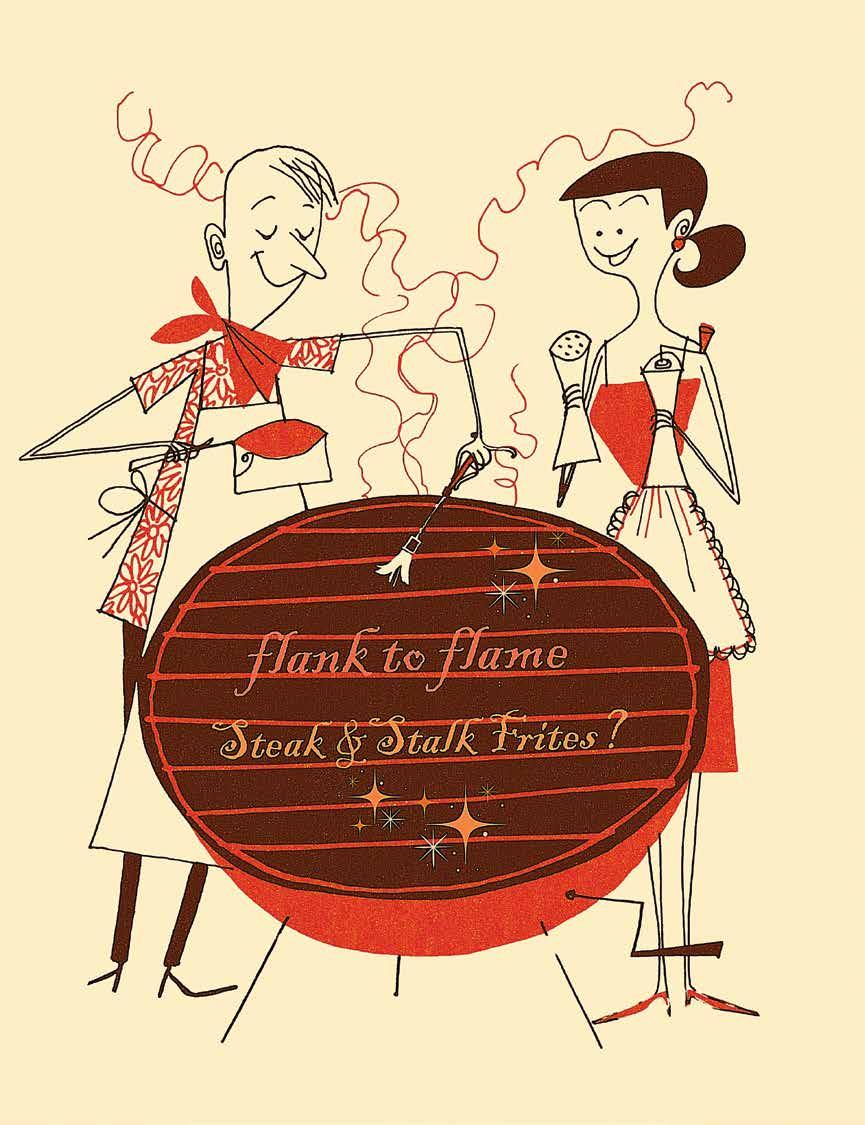

I always envision the fall issue is hitting racks deep into the Autumn while people in late-season jackets and toasty sweaters grab a copy and scurry home to enjoy nice mug of coco before bundling up and grabbing mittens to head back outside and fire up their grills. But let’s be honest – with a publication date in September, you are more likely to be spending the weekend tanning by the lake instead!
I wanted to create a recipe that still feels fresh and summery, but also allows a bit of transition into the fall cooking routine. If you are anything like me, summer has tons of impromptu grilling sessions that often feature quick cooking items like burgers or brats. There are plenty of camp fires to cook on and life just feels better outdoors. But as the fall sets in and you start to feel temperatures drop, grilling slows down just a little. And for me that means that it becomes a touch more methodical. Rather than racing home from work to see what’s in the fridge that could be immediately tossed on the grill, I start to plan out more elaborate recipes and take my time. There are less activities pulling our attention away after dinner and a little more time to just sit and enjoy. And for this early part of the season, I don’t want to go heavy and make a dish that feels more at home in that bulky sweater, so I think I have a perfect middle-ground to get you this shoulder-season and keep you excited about cooking over flame.
Here on the flank of summer and fall, its time to return to a flank steak – something I haven’t written about in many years. And this time, we are bringing just a little extra hit of summer with the inclusion of fries. To elevate, I’m going to make a traditional steak frites sauce and drizzle it over both the meat and the fries, forgoing my normal homemade fry sauce and adding a lively zing. I’m also going to admit that this is one of the rare times I like to push my steaks all the way out to the edge of rare. I’m not talking about the kind of cook that would still have a chance at life if quickly attended to by a well-trained vet, just a few degrees shy of my normal preference of medium-rare and perfect for both squeezing just a little more of that amazing flavor out of the divine cut of flank steak, and really creating a show on the plate.
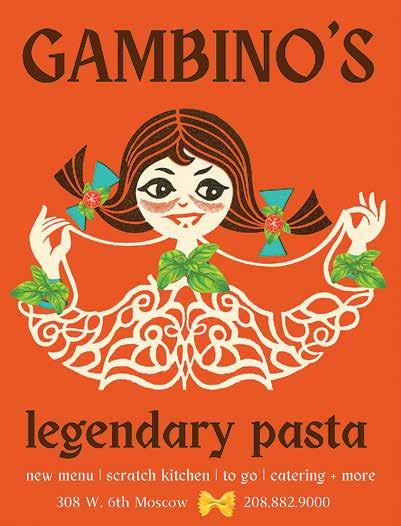

They say we eat with our eyes first, and seeing that dark bark on the outside with a succulent red in the middle, next to a perfect mound of fries in golden brown, all blanketed perfectly under a generous pour of green sauce really sets the stage and lets you know to expect a fine dining experience.
For the fries, I’m going to leave you to your own devices. I’ve covered them before in previous articles, and everyone has a personal preference. I will say that I have often skipped the process of frying and just used a grill pan to cook frozen fries right along side my protein. But whether you prefer steak-cut, curly, shoestring, or classic just know anything pairs well with a steak. For this article however, I’m taking a hard turn at the starch section and directing my shopping cart into the cooled veggie case. Instead of fries, what would happen if we decide to bread and either fry or bake asparagus? Similar texture, still loves a sauce, can become completely keto if you want, and delivers an elevated flavor that you don’t often see outside a really posh restaurant. But believe me, I won’t blame you if you skip that part and stick to a classic tater for your recipe.
Timing on this one will definitely start with the sauce if you make one from scratch. But before you begin, you might want to let the steak get closer to room temp, just to make sure the surface isn’t cool and can pick up a deep sear before you over-shoot the interior temp on this somewhat thinner cut of beef. For our sauce, we want to try to recreate a famous French sauce that gets paired with this dish in the top restaurants, but if you want to skip this step, mix it up a little and grab a jar of some pre-made Chimichurri instead. If you want to follow my lead, start by cooking down a finely diced whole shallot in at least two sticks of butter. Now I know I have your attention!
“the truth is, you could almost double that butter”
The truth is, you could almost double that butter if you want it to be as rich as the restaurants, but I’ll try to maintain some sense of restraint here and go with two, “plus a little” for mine. Using a little handful of mixed herbs like fresh basil, parsley, and tarragon we can start on the rest of the base by blending them with a teaspoon of capers and two tablespoons of walnuts. Give a few pulses, but stop well before it all being liquefied to add half a lemon without the peel, some fresh ground pepper, a little nutmeg, and a tin of anchovies – if I lost you at anchovies just remember all that amazing butter and keep going.
In a large bowl add one egg yolk, a teaspoon of Dijon mustard, a dash of white-wine vinegar, and a few healthy shakes of Worcestershire sauce, remembering to pronounce it incorrectly as you do. Wisk this all together, and you just made fresh mayonnaise! It should be much more runny than you are used to and that’s okay. We want to slowly add in the blended herbal sauce, whisking quickly as we give a little splash at a time so they can emulsify. You could stop here, but to really go above and beyond, there is one more step.
We want to take about 1/3 out of the bowl and heat it in a small sauce pan. This will actually cause it to split, but that’s all part of the fun. Let it cook down a little and you will smell those herbs come alive. The oils will separate out and it will take on a chunky texture almost like a pea soup. Keep stirring through this process and then allow it to sit and cool while you finish your prep. You are going to stir it thoroughly back into the uncooked sauce in the bowl later. The mix of bright fresh herbs and softened flavors is going to take this to next level! With that prepared, wash your asparagus stalks and trim off the bottom section. We want to take a fork and poke holes all the way down to allow better circulation and then salt them very well. Allow these to sit out on a plate and paper towel for about half an hour while you relax and prepare the coating. Use 1 cup of Parmesan, ¾ almond flour (or regular if you don’t mind a little extra carbs) ¼ teaspoon of baking powder, and a healthy dash of cayenne or chipotle powder if you like a little spice. Add some salt and pepper to taste and mix it all up in a large bowl that will give plenty of room for rolling around the asparagus. When the stalks have finished resting in the salt, beat 4 eggs in pie pan or bowl and roll the each asparagus stalk through the eggs and quickly move it to the dry batter, making sure to roll it over and completely cover each one. These can be baked in the oven if you want to prep the entire meal yourself and that is my favorite method. Let the rest of your family relax and be extra surprised when they see your “fries” or if you want to use a deep fryer go for it, but make sure you have an assistant chef to time them with the steaks that you will be cooking outside. I go 400 degrees on a cookie sheet that has a nice coating of spray or oil, and I drizzle a little more on top once I arrange the stalks. Go 5 minutes and flip – 5 more and you’re done. We don’t have an air-fryer but I bet these would be even better if done in one of those!
For the flank steak, take a close look at the shape and thickness before you start the cook. If you get a particularly large cut, it often has the ends attached and they will be quite a bit thinner and also taper down into more of a triangle shape. The taste is every bit as delicious, but the cook is going to be off if you try to run this all as one piece, because there is just so much less steak to surface area ratio. To save the headache and get everything to the perfect temp (or if you have some people that prefer their cut to be more well done) just cut off the two ends creating a rectangle of the full-sized middle and the two smaller pieces.
You can expect the smaller pieces to cook quickly and either keep them further from the heat or start just a little later. For that thicker middle section, expect to run 4-5 minutes over a medium-high grill and then flip and run another 5-6 on the second side to come out medium-rare. I try to get directly over the heat to sear quickly, and drop down to 4.5 and then 4 when I want to serve them rare. Rare should peak at 125 with medium-rare coming off at 130 – remembering that there will be a little carry-over cooking during the couple of minutes that you allow it rest.
Its high-end, but its still fun to plate this simply. Just have the steak on first, fries all the way up against it, and then spoon plenty of sauce over the point where they meet. This give a few bites of that incredible steak without any dressing, and some fries or stalks that are extra crispy. But trust me, your favorite bits will be that middle with your amazing sauce. Even if fall is still feeling like an extension to the 90-degree summer heat, you’ll find it spooky just how much you love this! Bon appétit!
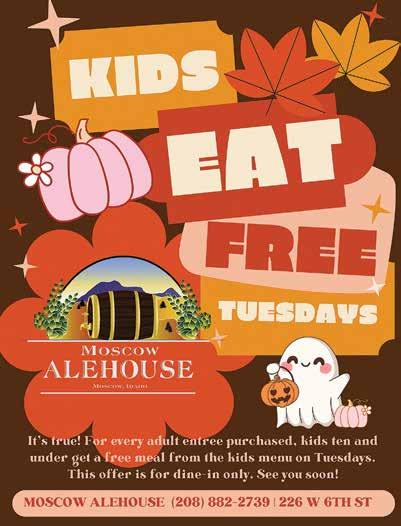
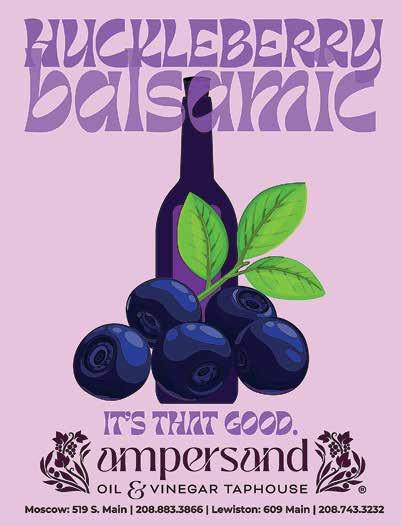
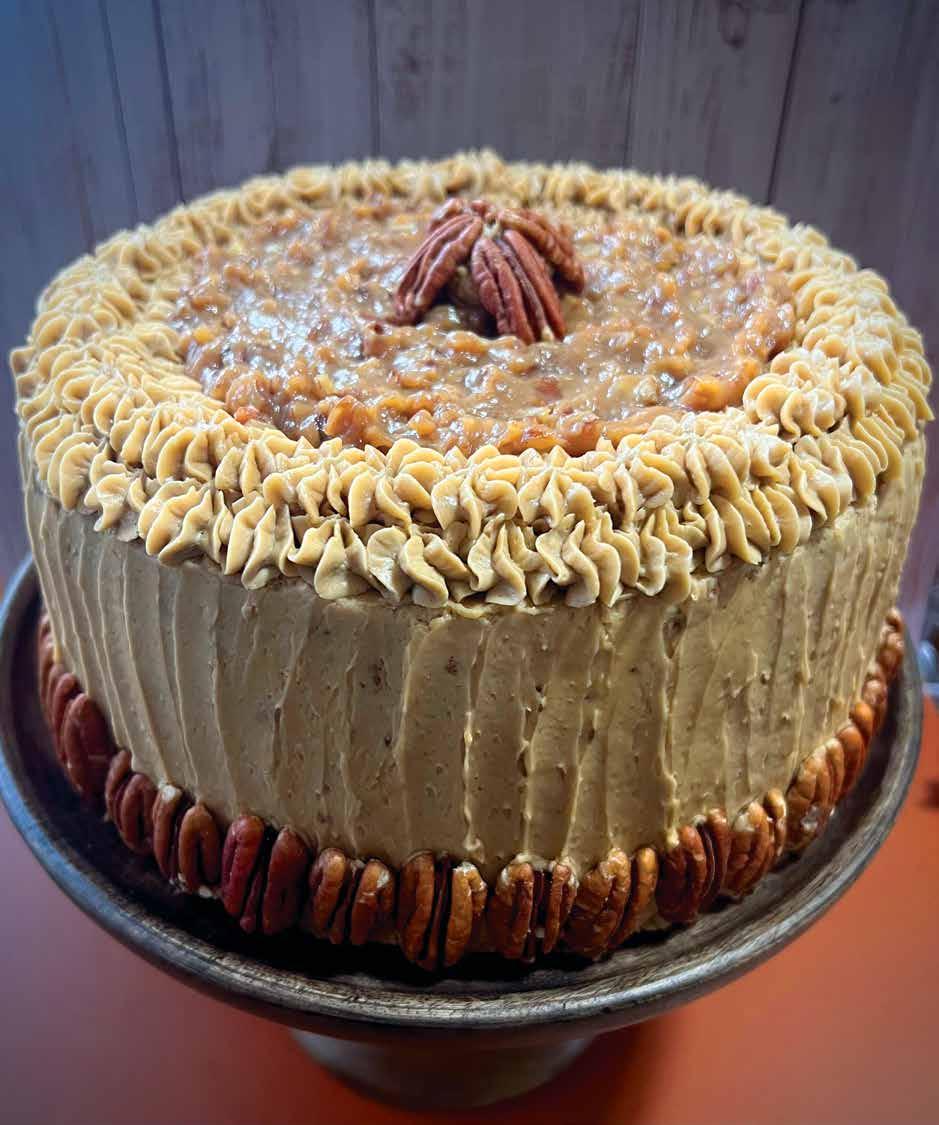

Pecan Pie Filling:
2 Tbsp cornstarch
2/3 cup water
1 large egg yolk
3/4 cup chopped pecans
1/2 cup light brown sugar packed
1 1/2 Tbsp unsalted butter
1/2 tsp vanilla extract
Brown Sugar Cake:
2 1/4 cups all-purpose flour
2 tsp baking powder
3/4 tsp salt
3/4 cup unsalted butter room temperature
3/4 cup light brown sugar packed
3/4 cup granulated sugar
3 large eggs room temperature
1 1/2 tsp vanilla extract
1 cup milk room temperature
Brown Sugar Swiss Meringue Buttercream:
5 large egg whites
1 2/3 cups dark brown sugar
2 cups unsalted butter room temperature
2 tsp vanilla extract
2 cups pecan halves for decorations
Pecan Pie Filling:
In a medium pot, whisk together water, egg yolk, and cornstarch. Add in brown sugar and chopped pecans and whisk to combine. Cook over medium heat, whisking constantly, until mixture comes to a boil. Boil, whisking constantly for approx. 1 min. Remove from heat and whisk in butter and vanilla. Cool completely before using on cake.
Brown Sugar Cake:
Preheat oven to 350F. Grease and flour two 8″ cake rounds and line with parchment. In a medium bowl, whisk flour, baking powder, and salt until well combined. Set aside. Using a stand mixer fitted with a paddle attachment, cream butter and sugars on med-high until pale and fluffy (approx 3 mins). Reduce speed and add eggs one at a time, fully incorporating after each addition. Add vanilla. Alternate adding flour mixture and milk, beginning and ending with flour (3 additions of flour and two of milk, fully incorporating after each addition. Bake for 35-40mins or until a toothpick inserted into the center comes out mostly clean. Place cakes on wire rack to cool for 10 mins then turn out onto wire rack and cool completely.
Brown Sugar Swiss Meringue Buttercream:
Place egg whites and sugar into the bowl of a stand mixer, whisk until combined. Place bowl over a double boiler on the stove and whisk constantly until the mixture is hot and no longer grainy to the touch (approx. 3mins) or registers 160F on a candy thermometer. Place bowl on your stand mixer and whisk on med-high until the meringue is stiff and cooled (the bowl is no longer warm to the touch (approx. 5-10 mins). Switch to paddle attachment. Slowly add cubed butter and mix until smooth. Add vanilla and whip until smooth.
Assembly:
Place one layer of cake on a cake stand or serving plate. Pipe a dam of buttercream around the top and fill with approximately two thirds of the pecan pie filling. Place second cake layer on top and apply a thin coat of frosting all over to crumb coat. Chill for 20 mins. Frost and smooth the top and sides of the cake. Do a rope border using a Wilton 6B piping tip. Chill for 20 mins. Fill the middle between the rope border with the remainder of the pecan pie filling. Decorate top and bottom with pecan halves if desired.
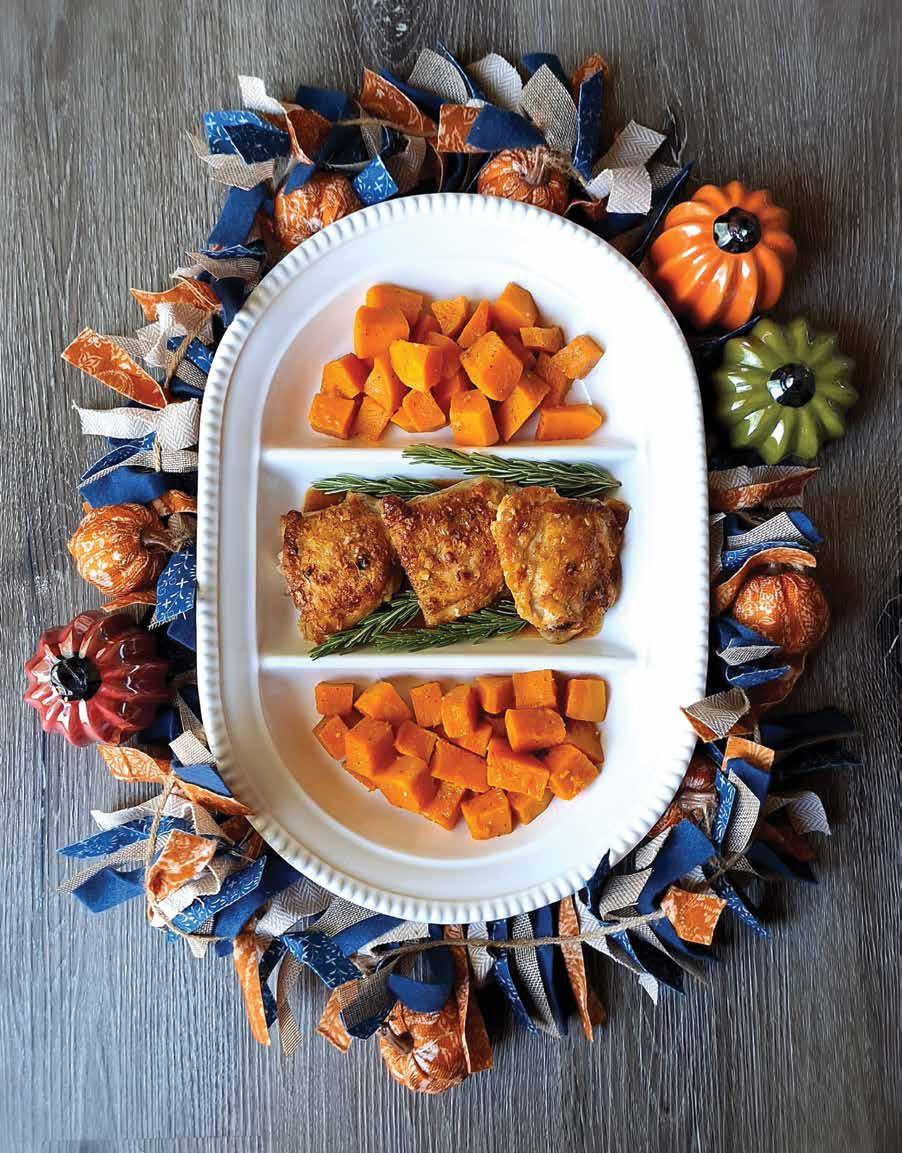
1.5 lbs bone-in chicken thighs
2 tbl avocado oil
Salt and pepper to taste
1 cup apple cider (can be non-alcoholic if preferred)
2 cups chicken stock
1 medium shallot, finely diced
3 cloves of garlic, minced
4-5 sprigs of rosemary
STEPS
Heat a large heavy bottom oven-safe pan on medium/high heat and add 1 tablespoon of avocado oil. Liberally season chicken thighs with salt and pepper and place skin side down in hot oil. Cook 5 minutes or until a golden brown crust appears on the skin. Flip chicken and cook for 5 more minutes. Remove chicken from the pan and set aside–preheat oven to 350° fahrenheit. Lower the heat on the pan to medium and add in the remaining oil. Add in the shallot and garlic and stir constantly, scraping up all of the brown bits from the chicken. After the shallot and garlic are softened, add in the cider and turn the heat to high–let boil for 2 to 3 minutes. Stir in the chicken stock and bring to a boil for 5 minutes. Return the chicken to the pan, skin side up; the liquid shouldn’t completely cover the chicken. Add the sprigs of rosemary. Place the pan in the oven and cook until the chicken reaches an internal temperature of 165° fahrenheit, about 30-40 minutes. After removing the pan from the oven, remove the chicken and wrap in aluminum foil to rest. Strain the braising liquid with a sieve into a medium-size pot. Place the pot on the stove and turn the heat to high. Reduce the braising liquid by half; keep an eye on this while it boils so it doesn’t burn. Serve chicken with reduced braising sauce and roasted butternut squash, if desired.
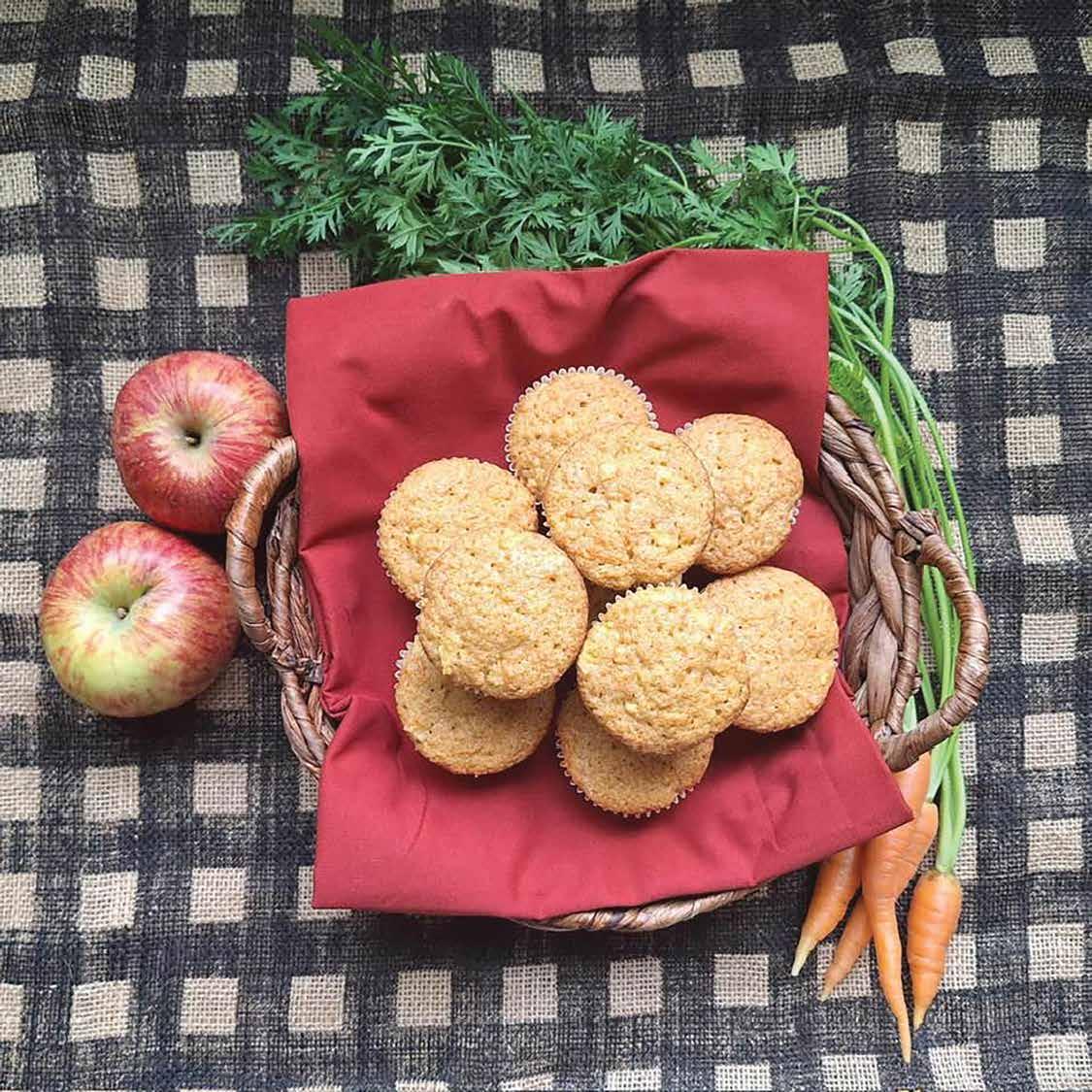

1 stick softened unsalted butter
2 tbl olive oil
⅔ cup granulated sugar
⅓ cup brown sugar
2 eggs
1 tbl vanilla
¼ tsp ground cinnamon
¼ tsp ground ginger
1½ cups flour
1 tsp baking powder
½ tsp salt
1 cup finely grated carrot
1 cup diced apples
STEPS
Preheat oven to 350° fahrenheit. Line a standard 12-count muffin pan with cupcake liners. In a large bowl, cream together the butter, oil, sugar, and brown sugar until light in color and fluffy. Add in the eggs and vanilla and mix until combined. In a separate large bowl, combine the flour, cinnamon, ginger, baking powder, and salt; whisk until ingredients are well incorporated. Add the dry ingredients to the butter mixture and stir until almost combined–add the carrots and apples and continue stirring until well mixed. Evenly distribute the batter into the muffin tin and bake at 350° for 25 minutes. Yields 12 muffins.
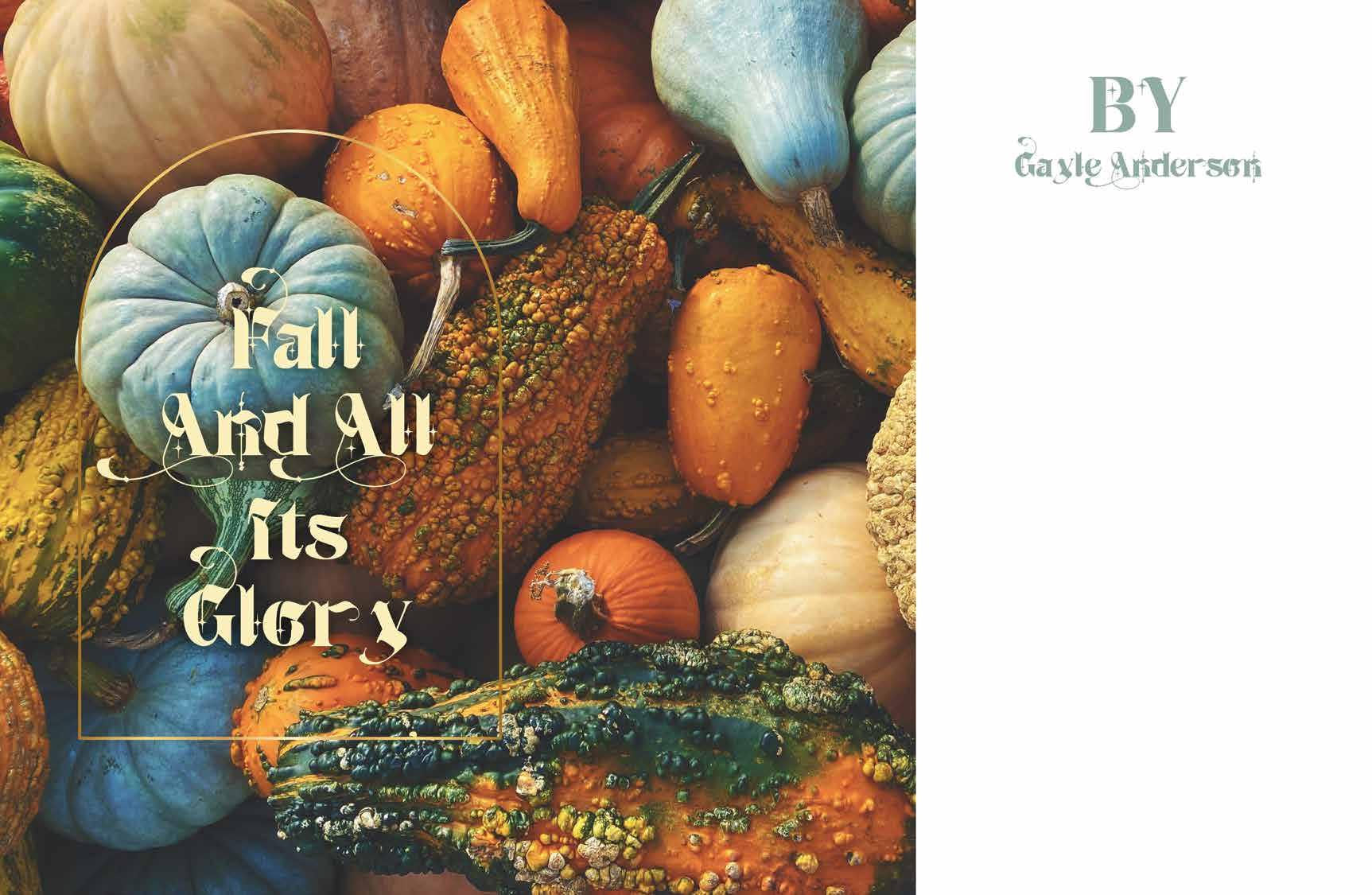

Sitting on my farmhouse porch, harvest is full speed ahead and as I see the grain trucks roll by and can hear the faint rumble of combines, it signals that Autumn is just around the corner. And as the writing instructions for this issue came in, it was to make our articles fall themed. Easy peasy… I love the “ber” months. And maybe you are like me, the lure of the changing season with its cozy weather, vibrant colors and seasonal traditions sets the stage for Autumn to be earmarked as a favorite. As I thought back about what my fall seasons looked like as a child growing up to now, it’s vastly different. Today my fall activities could look something straight out of a Hallmark movie set with the décor around my farmette as I gussy up the house as well as the outside. When I sat down to think why and what I loved about this season, it was basically the smells, gathering of family/ friends and enjoying time honored traditions.
Just the smell of wood smoke will instantly pull on my heartstrings as it takes me back to some of my earliest memories of being at my maternal grandparent’s house. It will forever be one of my favorite smells. Fall in Anaconda, Montana meant the men folk in my family went hunting to supply our families with meat. I recall standing in my Uncle Art’s garage with my cousins as the men came in from a successful deer hunt which would entail that the carcasses would be skinned and hung in the garage to cure. It definitely creeped me out, but I understood this was what was a necessary yearly forage. My dad was a bricklayer, not employed by the mine, and winters usually meant no work and lean times. So, meat in the freezer was a necessity for our family of 5. One of our favorite meals during the fall and winter was a deer roast with spaghetti. It meant slow cooking with just the right spices combined with tomato paste and sauce. The recipe came from an Italian family who didn’t part lightly with a cherished closely held family culinary delight taught from generation to generation. Anaconda back when I was growing up was a rough and tumble mining town with a lot of Polish and Italian folks. In the old part of town, the houses were so close together that you often couldn’t fit between them and roof lines overlapped with each other. The folklore was that all the Italian families would pool their money together to buy a city block and then proceeded to build as many houses together as possible. I still recall the story as told from my parents that the Italians, who were a thrifty bunch, took mining strikes in stride, actually they embraced them as it was basically a block party for weeks. It meant they would gather at someone’s house, pasta would be served, homemade wine/beer was enjoyed and the adults would play cards and the kids would play games. I vaguely recall being at one of these gatherings in my early youth, even though we weren’t Italians. And because of a close friendship, my folks were shown how to make a deer roast with spaghetti. It was a verbal recipe, never written down, and for whatever reason the key was the deer roast. Anyway, my folks never wrote the recipe down either and as my dad eventually quit hunting, this recipe slowly faded from my parent’s memories.


One year while in early grade school, I remember my dad had found an apple tree loaded with big ripe apples in the countryside and had picked them all. As he was unloading them, it literally filled up the tiny kitchen of the 10x50 trailer that we called home. I overheard my parents discussing that they could eke out a bit of extra grocery money to buy more sugar, butter and flour to make and freeze apple pies as a way to help fill up tummies when meals were a bit meager. And as a family we all took part in cutting up apples, rolling out the crust as we made up apple pies. After the last pie was in the freezer, my mom cooked up the apple skins as a treat along with pastry scraps sprinkled with cinnamon and sugar. Nothing went to waste. And let me tell you, those pies were so good served up warm after dinner.
Fast forward to today, food is abundant, and life is much easier than from my childhood. While my brothers never took up the desire to hunt, my sweet man Rod has enjoyed hunting most of his life and elk hunting camp is a time-honored event with his buddies. And I know his hunting camp adventures consist of tipping back a few cold adult beverages, playing cards and time around the campfire, and the guys always have been successful as they bring home their bounty. Rod knows to not send me pictures of dead things from hunting camp, but will excitedly fill me in with all the details that transpired during his time at guy camp. For me, as September rolls in, we will harvest our apple, pear and plum trees that I believe are original from the small orchard that sits next to my 1930 era farmhouse. As we are plucking the fruit off the trees, I wonder what hands first planted, tended the trees and enjoyed the benefits of the fruit. And that having fresh fruit was also a necessary means for nourishment. As with many women, you will find me in the kitchen happily canning and making jams, jellies, fruit butters as well as occasionally making apple cider. It’s pure magic to putter around in the kitchen, especially if the weather outside is cold and rainy. We invite family and friends over to share the bounty of our trees. If truth be told, it’s almost as bad as zucchini season in that if you stop by for a visit, we most likely will send you home with a bag of fruit whether or not you wanted it.
And on Labor Day weekend, I bring out flannel pillows and blankets to transform our home into a cozy inviting space. And I don’t care if I still need the air conditioner on as I am transforming the interior to showcase the reds, oranges and yellows of the season. It’s Hygge time and I am ready for cool nights, crisp days and the smells of Autumn.
The other yearly ritual is to transform my old vintage truck that is my yard art into a fall array of visual happiness. Every year Rod plants massive amounts of pumpkins and if our harvest is bountiful, we get about 3 heaping loads of all shapes and sizes of pumpkins. People will stop and take pictures, so I know they enjoy the display as well as we do. One year while I was running errands, Rod decided to try his hand at “helping me decorate” and when I came home, I was greeted at the entry of our driveway by “Mr. Pumpkin Butt man.” And yes, Rod was more than pleased with himself and his efforts. As I realized that Rod’s “creative efforts” were going to be brought out each year, I was a good sport and last year I created a family of pumpkin people, hence “Buford” and “Beuleh” now grace our driveway along with Mr. Pumpkin Butt. It mimics real life … you just gotta have a bit of goofy mixed in with beauty.
I hope as Autumn rolls in that your world is filled with your favorite smells, food and activities enjoyed with those near & dear to you.
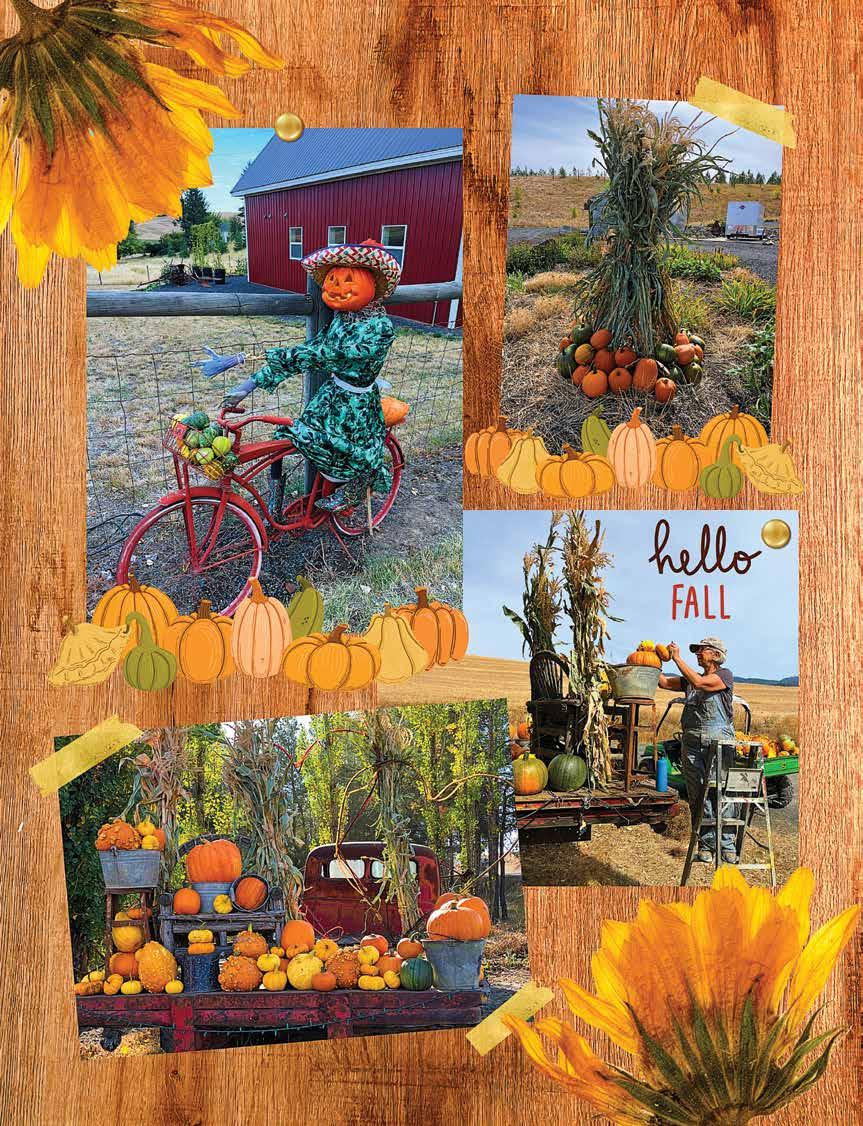
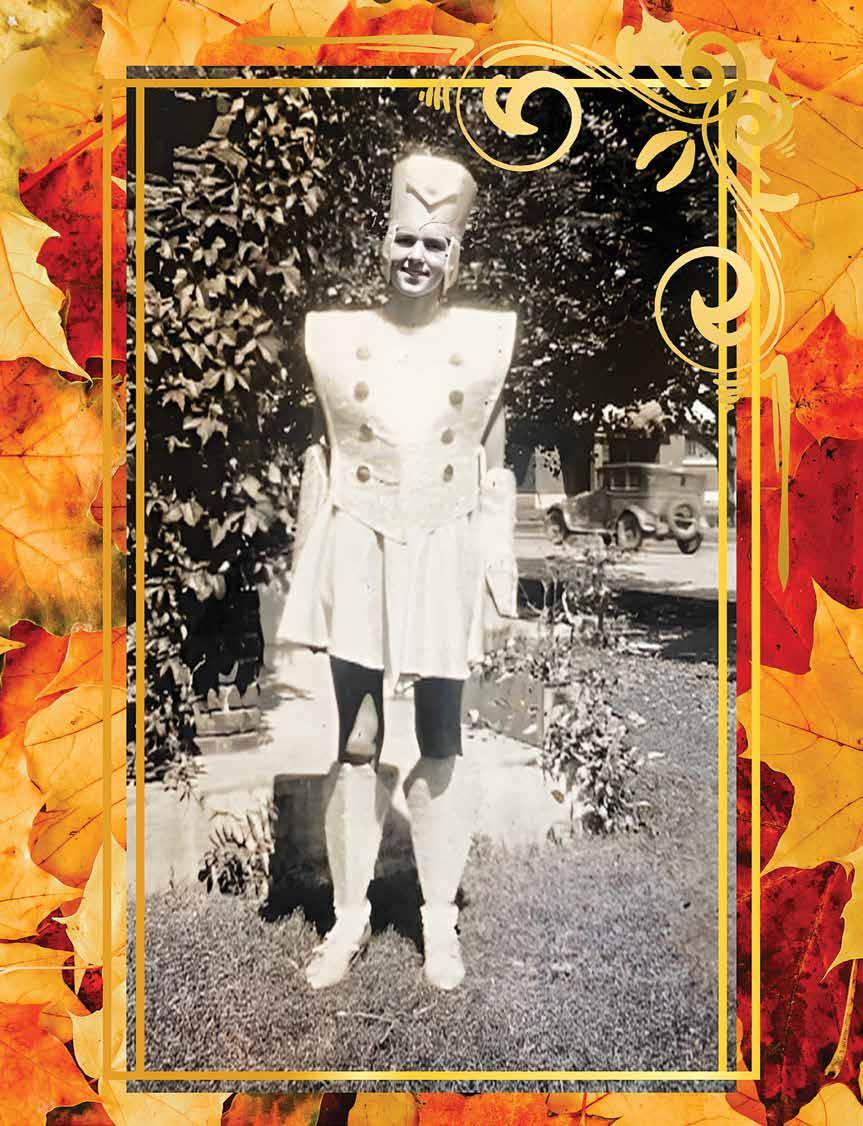
by Diane Conroy
Parties, Dances, Parades and Plays.. one thing our ancestors never were was bored. They were more likely out at all hours as younger adults, working on dialogue lines and costumes. Henry Lorang wrote in his journal that he would dress with his good clothes under his overalls, then take off from the fields to rehearse in an upcoming play. It did not go over well with Pa. Dances, especially after harvest would go all night and all would stagger home in the early hours of the morning to make coffee and try to be awake for the morning chores.
Before WWI and the talkies, the younger adults did make all their own entertainment. I have often heard this, but when reading the journals, it sounds so much more fun. Henry talks about one time that he didn’t have enough practice to learn his lines. On opening night he just made up dialogue as he went along. People were not just singing around the piano, but also wandering about to the women’s dorms to sing and wake people up. Picnics in the mornings and Sunday afternoons to catch up with victuals for hungry people. Then if the fields were harvested buggies or sleighs to the next dance.
Here is something from the Genesee News of 1907.
HOME TALENT ENTERTAINMENT
Friday, November 15, is the date of the home talent entertainment at the Genesee opera house, made up of a farce “Four A.M.” and the drama “Uncle.”
Cast of characters:
“FOUR A.M.”
Dick Dashington, a stock broker who enjoys a “night off”.................. Thomas Keane
Mrs. Dick Dashington, a young society leader……………………. Miss Mollie Keane
The farce is a lively one from start to finish and brings out Mrs. Dashington’s ingenious method of causing her husband to confess his misdeeds after an all nights “brokers” meeting.
“UNCLE.”
Uncle Bootle…………………….. Robert Emmett
Paul Beanmout, his nephew…….. Thomas Keane
Peter Fletcher, his best friend…….. Henry Lorang
Puffin, a pastry cook’s man……… Arthur Keane
Mrs. Beanmout……….. Mrs. Robert Emmett
Emily Montrose………. Miss Mollie Keane
Sarah Jane, a maid of all work…………Miss Synneve Hikum
“Uncle” is an original farcical piece in three acts, written by Henry J. Byron. Paul Beanmout, who is dependent on his uncle for support, marries unexpectedly. The efforts of Paul and his wife, assisted by his friend Fletcher, to keep his marriage secret from his uncle, cause Emily Montrose (who is engaged to Fletcher) much tribulation. Sarah Jane, unwittingly, gives away the secret. Uncle Bootle finally forgives Paul, and everybody is happy.
Here are more entertaining articles from 1907 and later. Some of the early photos with this article are also 1907-1909. Once in awhile locals could help out with traveling shows.
Mar. 8, 1907, Genesee News
At the Genesee Opera House Stetson’s great double spectacular production of “Uncle Tom’s Cabin” is booked for Wednesday, March 13. This grand old drama has been mercilessly butchered by the fly-by-night companies in the past. It is a marvel that it has not long before this lost its power of attracting theatre goers, which is quite often the case with most plays and with productions other than Stetson’s but the public has grown to know that Stetson’s is always reliable, that it alone has lifted “Uncle Tom’s Cabin” from mediocrity to honored mastery. In short it is the only company presenting this time honored drama with capital enough to provide sufficient scenery, people and railroad equipments to place it among the best entertainments before the public. Stetson is the only one presenting the drama as a first-class show should be environed and equipped. And no more enjoyable entertainment will be seen in the local house than this. Over fifty people are used in the production and with its artistic mingling of mirth, melody and pathos, all classes of amusement seekers will be entertained. Specialties galore, wonderful mechanical effects, new costumes, a splendid orchestra, a large pack of Siberian bloodhounds, pretty little Shetland ponies, meek-eyed donkeys, mild and tricky, are in evidence at every performance.

The street parade is said to eclipse anything ever given by the theatrical company and containing a scene of processional novelties that will delight every boy and girl and make even the mature pause to contemplate.
Nov. 1, 1907
Genesee Opera House
MAGNIFICENT DRAMATIC PRODUCTION of the wonderful story dear to every American, “East Lynne,” a play that will live forever in the hears of the public. In the production of East Lynne as presented by Beecher & Stanley’s Company, our citizens will have the pleasure of witnessing a grand production of this moral play. The sobs and tears of sympathy from auditors of both sexes are evidence of its great dramatic power. There is a vein of comedy all through the piece that quickly changes tears to laughter. ‘Tis a life lesson to both old and young. Don’t forget the date, Tuesday, November 5, opera house, one night only.
Then there’s this:
Feb. 1918, Conductorettes Wear Bloomers. Genesee News
Theodore Shonts, president of the company that runs New York’s car lines, having decreed some time ago that the “conductorettes” recently employed to replace men during the war, should wear bloomers as a part of their uniform, comes forward in strong defense of the costume against criticism that it is immodest.
CHINESE SOCIAL A SUCCESS, April 1, 1921
—Novel Costumes


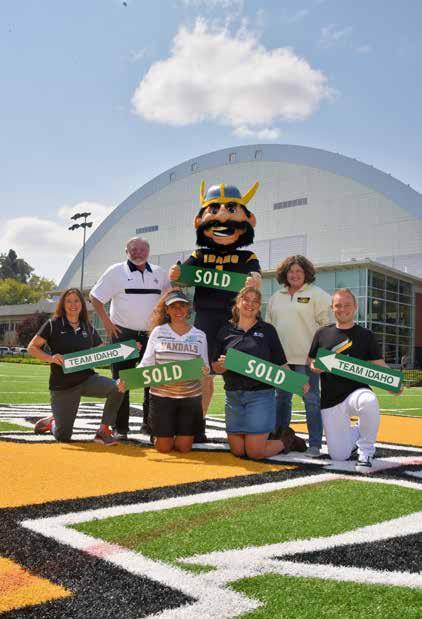
The first social afternoon of the missionary society of the Federated churches was held at the home of Mrs. W. D. Woodward. The rooms were artistically decorated with crepe paper streamers, the colors of the new Chinese republic’s flag, Chinese lanterns and nearly twenty beautiful silk Chinese flags and parasols, with pussy-willows and daffodils in Chinese vases.
Tables and booths were full of Chinese curios, some of which had been secured from San Francisco for the occasion, but the largest collection was loaned by Mrs. Archie Harris, whose aunt had gone to China at the age of 15, spending more than 60 years there as a missionary. The following appeared in costume, some of the garments having been secured from California for the occasion: Mrs. W. D. Woodward, representing Li Sing Foo; Mrs. Chas. Jain, Li Hung Chang; Rev. Pendleton, Sen Yat Sen; Bonnie Woodward, Loo Chang; Eloise Emmett, Chen Woo, and Ruth Pendleton, a small Chinese boy. Tables and booths were full of Chinese curios, some of which had been secured from San Francisco for the occasion, but the largest collection was loaned by Mrs. Archie Harris, whose aunt had gone to China at the age of 15, spending more than 60 years there as a missionary. The program consisted of an interesting paper by the hostess, and the reading of a letter from the Kindergarten school of Foochow, where the missionary boxes were sent last fall, by Mrs. Pendleton; a Chinese tradition story by Mrs. Jain; recitations by Eloise Emmett, Bonnie Woodward, Ruth Pendleton, and Chinese games were played, Mrs. Melville and Mrs. Pendleton winning the prize for Chinese conundrums.

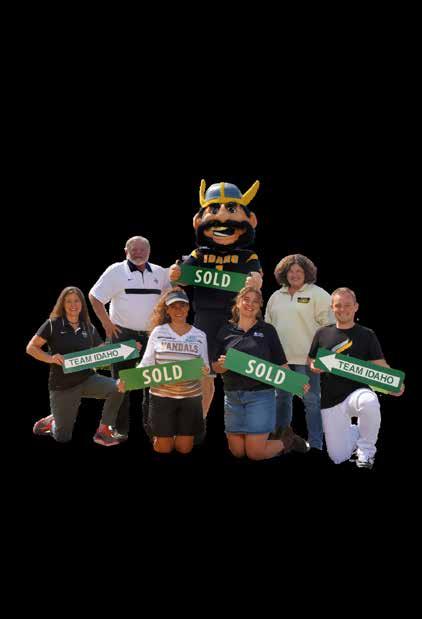
There was a fortune-telling booth conducted with Chinese bamboo sticks. This is the oldest method of telling fortunes known to man. Refreshments consisting of noodles, eaten with chopsticks, two kinds of rice cakes and tea were served at the close of the-
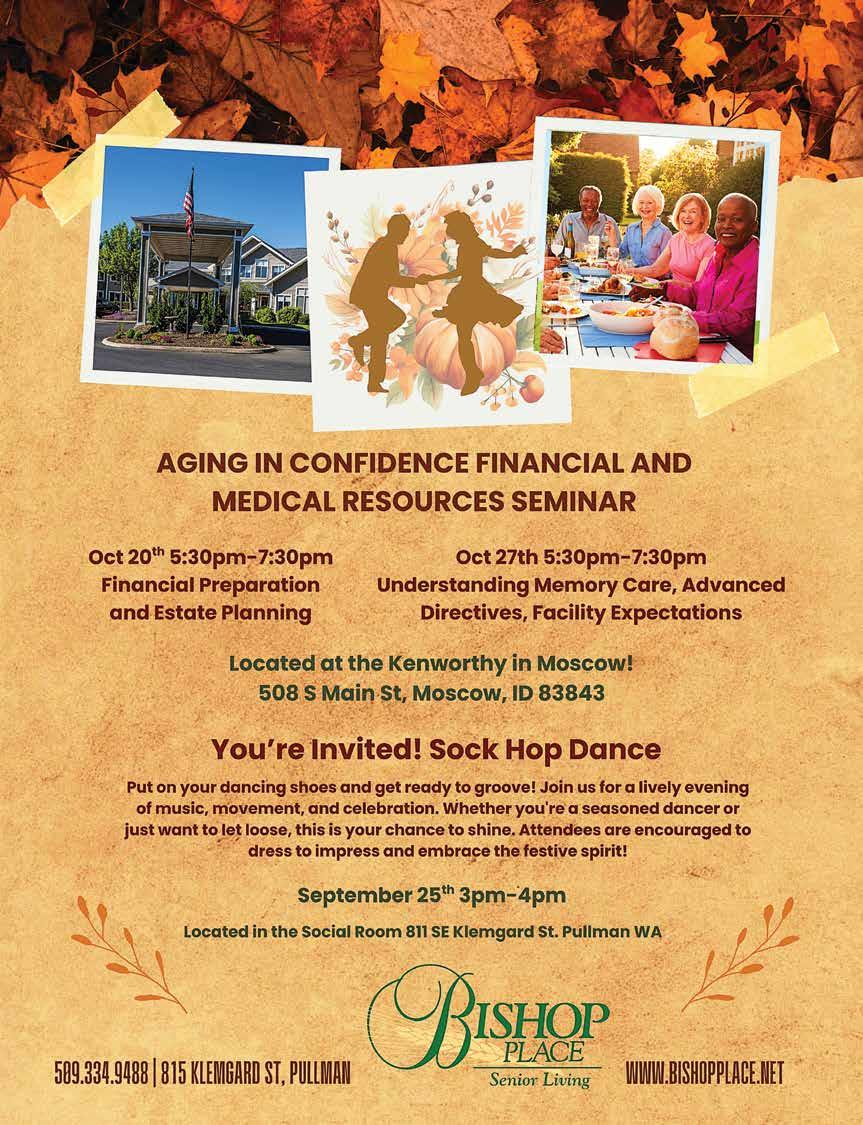
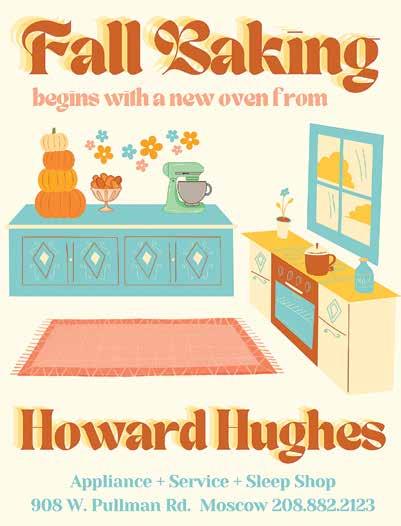

-afternoon and all of the many ladies present agreed that the social was an enjoyable affair.
August 26, 1921, Lewiston Tribune
John Thomas sends word from Pendleton that Richard Bürke and Jo Hayes expect to be in Lewiston this month. About 20 Indians will come from Pendleton and all of these will bring their best costumes. Some of the Indians will drive here in their own cars. Thomas will bring his own Indian costume, which is considered the best ever seen in the western states. He will bring his whole outfit and expects to ship everything next week. Among Indians and others are: Wilkins Williams, fancy roper, Lucian Williams, bulldogger and steer roper; Philip Shalel, bulldogger and rider, and Kane Shippinton, rider. The fair will be a full five day affair, with continuous contests that will be decided on the last day. The wild west features will make the biggest frontier show ever held outside of Pendleton. The carnival “midway” feature of the fair will be known as “The Stockade” and will occupy all of 2nd St., from Main St. to the river. A big night show will be staged, with Indians in tribal dances, trick and fancy riding. Contracts have been let for 3 merry go-rounds, a Ferris wheel, ten tent shows and concessions of many kinds. [H&H recognizes and respects that ‘Native American’ is proper usage today.]
May 22, 1925
Public School Notes Of Much Interest
The last week of school at Genesee will be marked by activities in both the high school and grade school. Friday, May 22, at 8 p.m. the Spring Festival will be given under the auspices of the High School Glee club and Mrs. Wm. Hordemann. Selections from opera “William Tell” will be rendered by the glee club and soloists from Genesee and Lewiston. A seven-piece orchestra from Spokane will play many selections from this immortal opera, while between parts Miss Marguerite Sidell of Lewiston will entertain with classic dancing. Special costumes have been secured in Spokane as well as new stage arrangements and decorations.
Oct. 20, 1944, Genesee News
Halloween Frosh we saw last Friday. We looked at Paul Zenner and saw a gorgeous May Cinders. Marilyn Heinrich with her twenty pigtails made a gruesome Giggling Gerty. Margie Broemeling did a lovely knife dance for us at assembly. She was the Sheik of Araby. The costumes were all very good.
Oct. 28, 1955, Genesee News
City Council Urges Caution For Halloween Fun
Witches, Goblins, pumpkin lanterns and soap on the windowsTrick or Treat, grotesque masks- all these are part of the great institution known as Halloween. It’s a great time for children- the opportunity to dress in old and weird costumes an join in merry-making and fun.
Halloween, a word originated in Scotland ass a term to designate the evening before Saints Day or All Hallows, can be a wonderful time… if you take care. All too often this evening has been used to play crude and costly pranks, that are neither funny nor wise. It behooves all to remember that fun can be had without destruction of property or harm to anyone. The City Councilor Genesee has asked that citizens of the community, both young and old, use good judgment in the celebration of this date.”
If you enjoy the vernacular and history of these early articles, as I do, check out what we are doing at White Spring Ranch onsite and online.
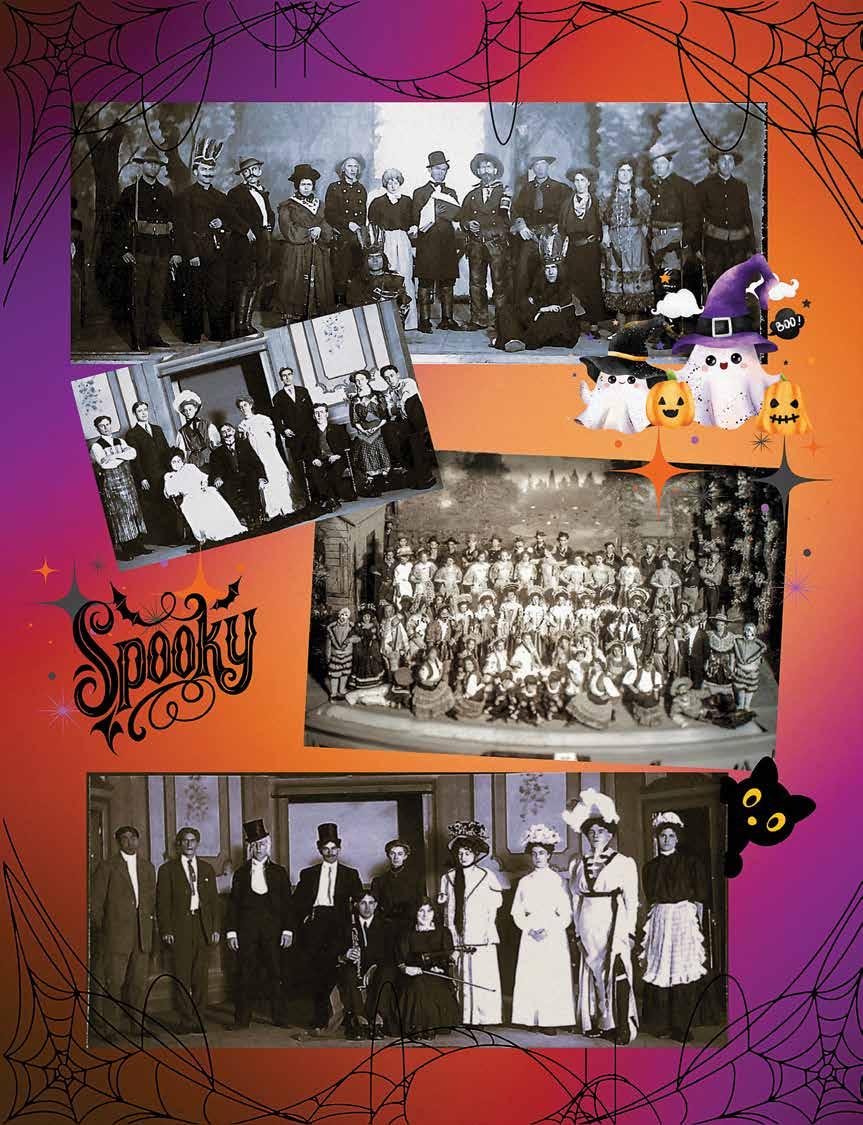
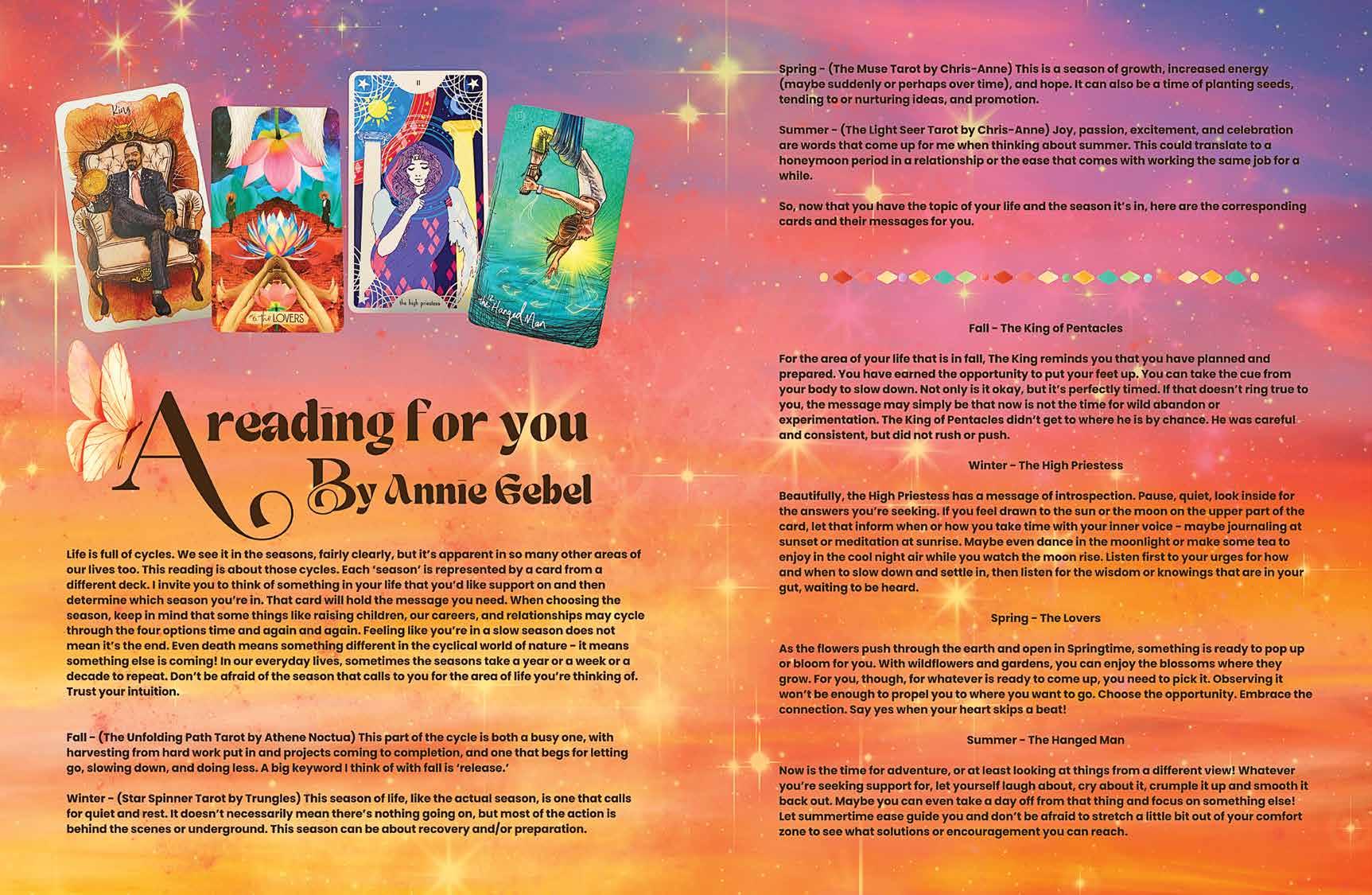

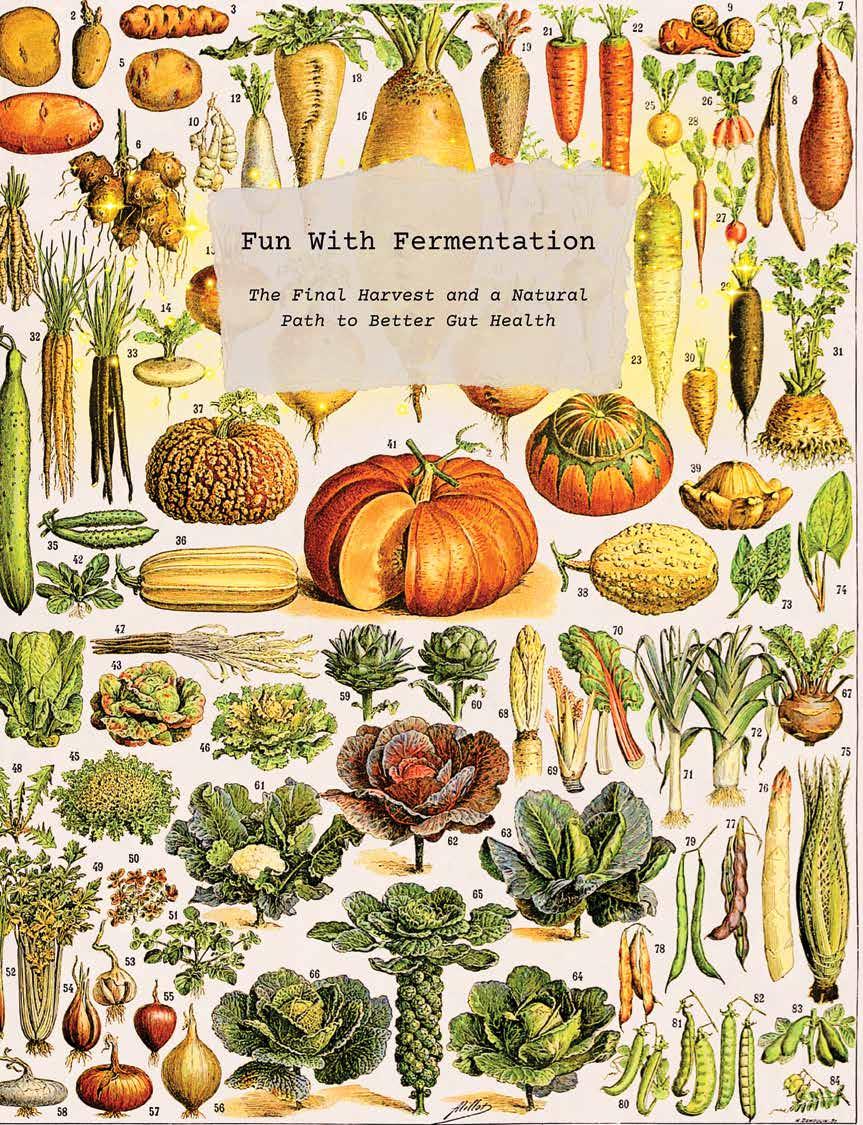
BY
Nature’s dearth between summer’s explosive growth and fall’s insidious decline in all things green and growing makes me sad and to be honest feel a bit down. Maybe it’s the shorter days, or because I could not keep up with watering in summer’s dogdays. It could be watching my weeding efforts fall behind or perhaps because I realized that my integrated pest management strategy bombed as I try to find an apple free from a codling moth bore-hole. I should not feel that way as autumn is a time of harvest and plenty, but just as all things in the flower beds, garden rows, and fruit trees decline and are recycled with the season of rest to come, my mindset must change to accept the end of the season of growth. We have spoken about realities for the organic gardener, and that we must not always expect the perfect vegetable or fruit as you might find on store shelves. Your harvest may show the signs of a pest or two, but it lacks the chemicals that often permeate industrially produced “perfect” food. Still, even with the best quiet pep talk in my head, the self-help fades as I sadly gaze at my potted wintergreen that now looks like a snarled head of hair of a witch after a long night on Halloween; tangled with spiderwebs, and crumbling leaves. It can be hard to flow with the season into the work that fall demands.
One of our daughters lives in Alaska and when we visit, we are always amazed at the dramatic show of pink and purple along the roadsides and open spaces from fireweed. I have to say, I never noticed this perennial before we started our yearly Southeast Alaska treks, but now I see it everywhere. Huckleberrying up the St. Joe this summer, I noticed how this plant loves to help fill burned or tree-harvested spaces with happy thoughts. My daughter is an avid forager in Alaska and while fireweed does have its edible uses, she says they use it mainly to predict the first big turn in weather. Fireweed blooms from the bottom up and when the last of the blossoms fall, get ready, Old Man Winter is at the door. She says that if the firewood isn’t bunked when the fireweed is bloomed out, you’re in trouble! In my flower garden, prairie blazing star blooms as a similar predictor of the end of summer, but it blooms from the top down. At this writing, there is one hungry honeybee searching for the last of the white blossoms on the mostly dried out stems of the blazing star… she knows what’s coming too! Perhaps another reason for my melancholy is knowing I have one final push in harvest and preservation. On our little hobby farm, all the fruit is canned, jammed, dried, juiced, or given to friends, and the last of the garden veggies have been handled in like matter. Freezers and pantry shelves are neatly stacked with only the hearty growers remaining. These plants await my attention for processing such as cabbages and a loaded vineyard. It is time for the final harvest; it is time to ferment! This is the fourth and final season to season article in what I have called “Live to Garden-Garden to Live,” and I have been excited to share about fermenting foods. While I have made sauerkraut and fermented vegetables myself for years with good success, we are all realizing the importance more than ever for our health, and science is now on our side too. There is a real resurgence of interest in ancient food preservation techniques. Among the most celebrated are fermentation methods, particularly those used to create sauerkraut, fermenting vegetables in jars, and brewing kombucha (fermented tea). These foods are more than just flavorful additions to your plate or cup—they’re powerful allies in the pursuit of optimal gut health. In prior articles, we discussed safety in canning and fermenting, so you might want to refer to those if you missed them. I know I have my issues of Home&Harvest neatly organized by our fireplace for winter perusing! The covers always grab visitors attention!

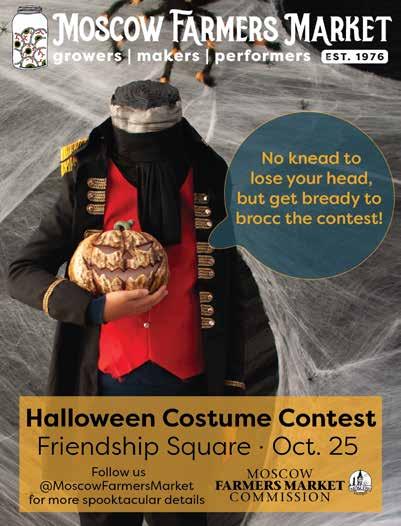
Before diving into the specifics of fermentation, let’s recall what we began introducing as the real “why” when considering fermenting foods- the gut. It’s important to understand the gut microbiome—a vast ecosystem of trillions of bacteria, fungi, and other microorganisms that reside in your digestive tract and what sustains them. A balanced microbiome plays a crucial role in everything from digestion and nutrient absorption, maintaining a healthy immune system, mental health, mood (via the gut-brain axis), and inflammation control. We discussed that diets high in processed foods and low in fiber can disrupt this delicate balance, leading to a host of problems including digestive discomfort, poor immunity, and even mood disorders. That’s where fermented foods come in and why we garden to live! To think that only a millisecond ago, in the span of homosapiens’ short foray of existence, many cultures have drastically reduced from their diets foods that sustained and kept us healthy for millennia. Kimchi and miso in Asian cultures, tempeh and yogurt in India and South Asia, cheese, sourdough, and of course sauerkraut from Europa. And the list wouldn’t be complete without Gorgonzola cheese and cured meats from Mediterranean cultures. Fermenting is necessary for preservation and for health.
We recall, fermentation is a natural process where microorganisms break down sugars and starches into acids or alcohol. In the case of fermented foods for gut health, lactic acid bacteria are key players, and the goal is not an intoxicating beverage, though you can do that too! In our last talk, we reviewed how these magical microbes work without oxygen to break down carbs, creating an acidic environment that prevents harmful bacterial growth. The result is probiotics that help replenish and diversify the gut microbiome, often leading to noticeable improvements in digestion, energy levels, and immunity. But how can hobby gardeners like you and me do this? The great thing about your home garden is one of the most accessible, easy to grow and effective fermented foods you can grow, is the key ingredient in sauerkraut. Let’s get to those big heads of cabbage hanging on in the garden with ratty outer leaves beckoning you to get the knife out and harvest. We highlighted before the key components of making great “kraut.” They are fresh cabbage, good salt, a clean crock or other container, and meticulous sanitation followed by a vigilant monitoring routine. Some creative folks add things like garlic, caraway seeds or juniper berries.
After I harvest my cabbages, I discard leaves that are ratty and peel off another layer or two to make sure I have clean heads, then I wash them thoroughly with tap water. Some years ago, when my wife’s parents were downsizing, a nice meat slicer was headed for a garage sale. It has classic earth tones and architectural aesthetics that 70’s appliances were famous for, and it is now mine. It is perfect for super-thin slicing cabbage after I quarter the heads and cut out the hearts. I know that my large crock will handle about two large heads of grated cabbage, but usually I double the batch and use a clean five-gallon plastic bucket for what doesn’t fit in the crock. I’ve been looking for another large crock like the one that was my grandmother’s but have not yet found one that speaks to me. It is very important to use freshly and meticulously cleaned containers and tools when making kraut. I once lost an entire batch of sauerkraut because I tried to squeeze in the process when I didn’t really have the time. And the worst part of it was that I didn’t get to truly enjoy the process, being mindful and present, which is part of the benefit of doing homesteading projects.


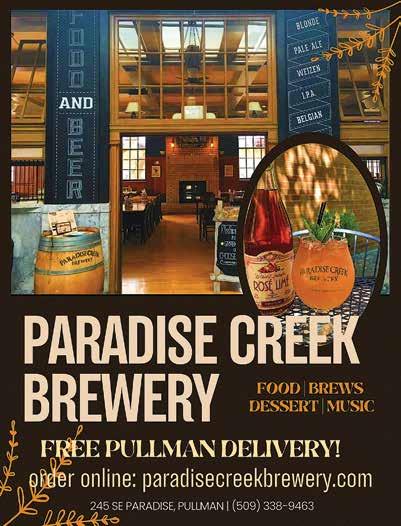

My carefully thin-sliced cabbage goes into a clean tub, gets weighed and awaits the next step. For salt, I use plain, non-iodized salt. Salt is something that has been glamorized lately so sure, go ahead and use Himalayan Pink for the extra micronutrients but any plain salt will do. The standard amount is between 1.5 – 2 teaspoons of salt per pound of cabbage. Now for the fun part. With the cabbage sliced or finely chopped using a sharp chef knife, I begin the work of placing a generous handful into the crock followed by a three-finger sprinkling of salt. I pound it in. After a few layers of this process, I use both fists to grab handfuls of the abrasive mixture to further grind and “break” the cabbage’s membranes. The process is also a great exfoliant for tough calloused hands! This pounding and grinding of the cabbage is necessary to aid the osmotic processes that are going to pull moisture out of the cabbage leaves, creating a watery, salty brine. You DO NOT need to add water. The powerful pull of sodium and chloride will do the work. The brine will then submerge the cabbage, fostering anaerobic conditions and inhibiting the growth of bad bacteria. Once your container is filled about two-thirds to the top, stop. Place a weighted plate on top so brine covers all the cabbage. You can buy fancy fermentation weights, but I use a jar full of water on top of a ceramic plate to push down on the cabbage. My friend has two large flat rocks that her mother and grandmother procured from the river years ago for the purpose. If those rocks could talk! I take a cheesecloth and drape it over the entire apparatus. Now time and biology will do their things!
Leave it at room temperature (65–75°F) for one to four weeks, depending on your flavor preference. It is critical to check it every day or two to make sure brine still covers the cabbage. I store mine in our basement until the fermentation odors become too much. I then move it out to the coolest part of the shop if I need to. I personally don’t mind the smell, but some will! Depending on the temperature, the fermentation process will be faster or slower but as soon as a week has passed, I start sampling for texture and acidity. The salty tangy flavor will mature until your liking. When doing your checks, you may need to add a half of a cup or so of clean water to keep the cabbage submerged. You may also notice the formation of a thin white mat or creamy film on the surface of the brine. This is called Kahm yeast and is a harmless, healthy growth. You can leave it or skim it off. It should smell yeasty but not musty, rotten, or putrid.
When the cabbage is tender and a delight to my and my wife’s palate, I transfer the finished product to quart jars and place the beautiful pale jars in a refrigerator we have for such things, including chicken eggs and IPA’s for my son-in-law. One year we stretched our jars of sauerkraut for eight months! I have pressure-canned it as well but that kind of defeats the purpose of the fermentation benefits. It was delicious, however.
All this talk has me thinking about my favorite sauerkraut dish: cast-iron seared, home-made venison brats finished with stir fried onions and topped with fresh sauerkraut. All of this has made me happy and motivated again. I’m going to schedule time to start my next sauerkraut batch so the peaceful easy feelin’ can continue. It will last for months to come, supported by real whole food that I grow and create using age-old processes that I will share and pass along to my friends and family. Happy Autumn and happy fermenting!
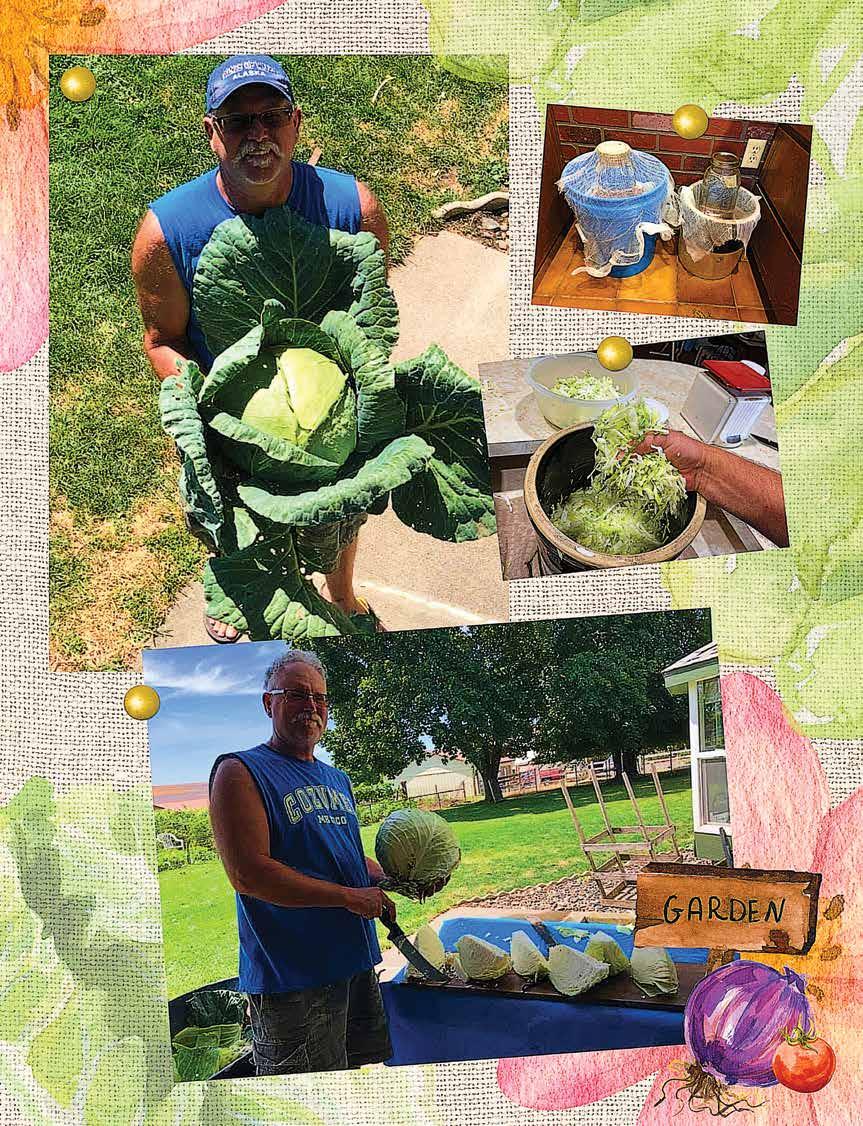
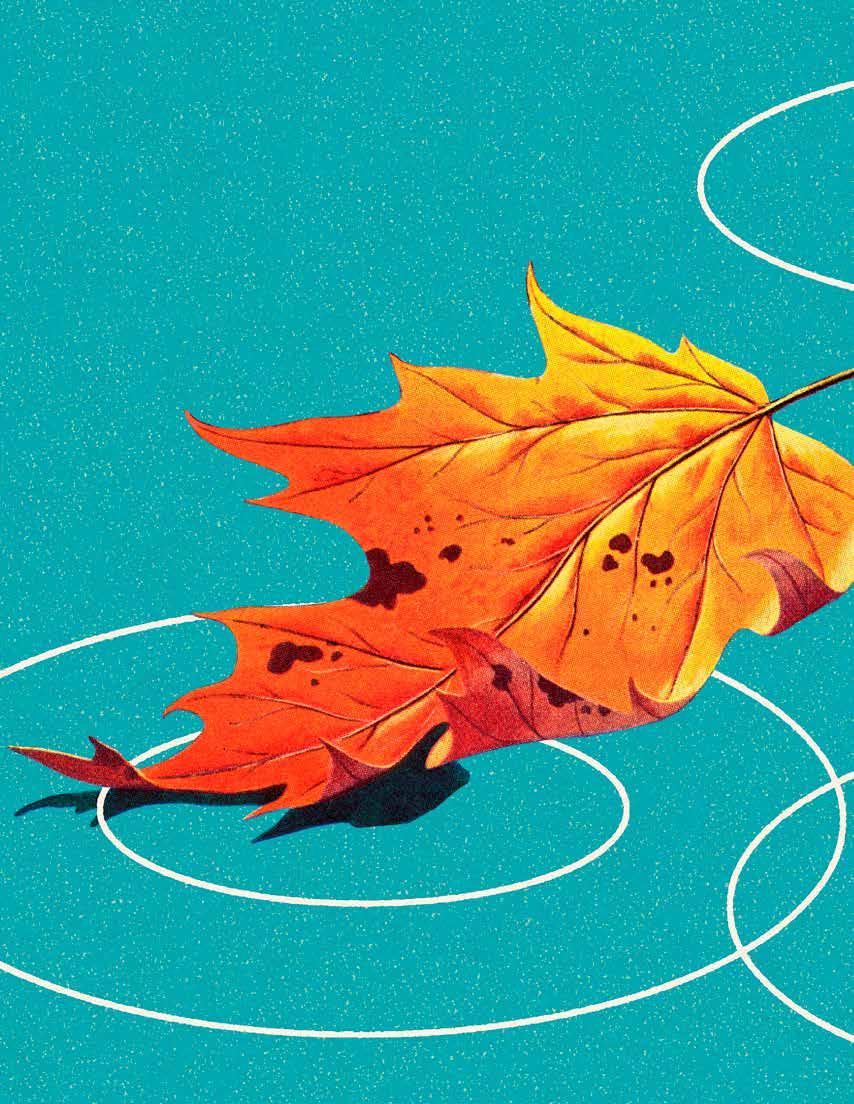
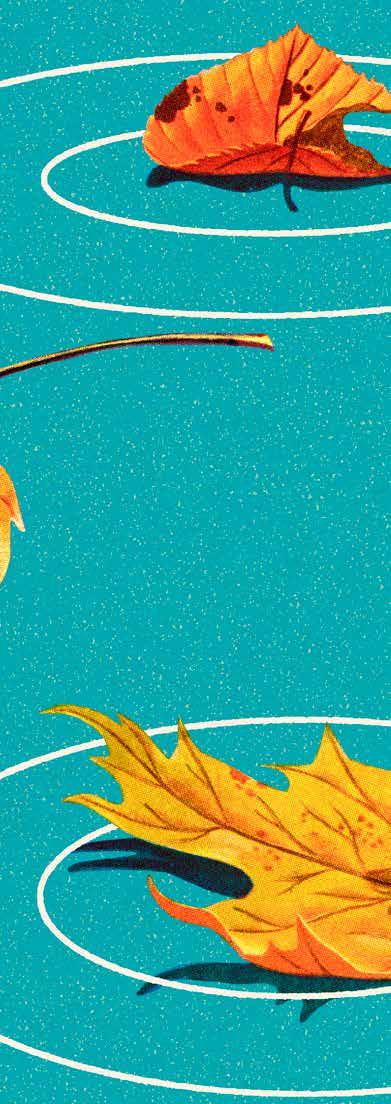
“Autumn is the hush before winter.” -French Proverb
This sentiment is so very powerful for me. As we head into autumn, I feel a strong sense of calm as the energy of the world around me shifts. My priorities change as I become centered in my environment, and I feel a calling to stillness.
Let me get this out of the way early…I’m a sucker for autumn. I can’t get enough of it. In fact, when we moved back to the mainland from Hawaii a few years ago, I was nothing short of smitten. We came back mid-summer, and as the temps started to cool down and the leaves started to fall, it truly felt like an early Christmas present to me as I was finally able to break into my bins of hoodies, scarves, and boots! Don’t get me wrong- we all know Hawaii is stunningly beautiful and that living there is an amazing blessing. With its endless summer vibes, sunshine, and sand, it is well… magical. I mean truly- there is a reason people from around the world flock there for vacation. Of course, I enjoyed every minute of living there. I loved being able to hike every day in the sunshine. I really enjoyed being able to swim in the ocean and partake in beachside barbecues and parties. But coming back? Coming back felt surreal. After spending such a long time in a tropical paradise, it truly was such a novelty to return to the Pacific Northwest. For me, the move meant trading those sandy days for leaves. Swimming for a fireplace. Sunglasses for cider. You get the picture…
And yes, it’s true; some people want endless hot sunshine-y days. They yearn for nonstop lemonade and lake vibes, beaches, and pool parties. Believe me when I say that I love those things too… really, I do. But- while I certainly agree those things have their place in this world, it is truly fall that brings me the most joy. As the leaves start to turn, and window displays start slinging pumpkins, owls, and flannel, I feel a longing deep in my core for all things warm and cozy. I am also reminded in those moments however, that fall isn’t simply leaves, football, hot cocoa and cozy socks. To me, it quite literally represents peace. You see, when I think about fall, I think about routine, ritual, relaxation, and renewal.
Falling back into a routine is powerful, and as much as I love to think I have a very adaptive and carefree personality, it turns out I thrive on routine. Even my teenage children, who love to go to bed late and get up late during the summer, start to miss the normalcy and routine that having a regular schedule brings. This becomes especially evident as we transition from the carefree summer days into autumn’s flow and rhythm. As a mom, this translates into early school mornings in our house. It’s after school activities and home-cooked meals. It’s also sitting around the table at the end of the day, talking about our favorite moments- or our not-so-favorite moments. For my family the shift in season means trading the chaos of summer camps and vacation to homework, earlier bedtimes, and structure. It truly is a moment in time where we get to choose intentionality and connection over jam-packed schedules and the busyness of summer. Autumn also lends way to ritual. Not only the ritual in having a set schedule, but also the rituals we practice. For me, it’s the joy in simple rituals that I find to be most sacred. As the air starts to become chilly and I pull blankets and pillows out of the closet, I am reminded of the connectedness of the Earth’s creatures- and that we are all preparing in our own ways for a slower pace- just as we do every year. When I bake bread from scratch and create soups that take all day to cook, I liken myself to our ancestors who prepared at great length for the long winter ahead. As I put my summer garden to rest, I am grateful for the abundance of the past few months and lean into the knowledge that what I have grown and canned myself, now will nourish my family well into winter. Even holidays represent ritual, as I start making our Halloween decorations in the beginning of fall so that they are ready by the time they are put out in the yard. My children love to make a “fall bucket list” every year, where they list all of the things they want to do during the season. Even the act of making this seasonal staple, over time, becomes ritual. Their lists often include things like going on a hayride, visiting a pumpkin patch, and making chocolate chip cookies. Even these smallest acts of ritual become powerful, and center us as a family. We turn inward, focusing our attention on doing things together and enjoying one another’s company. Naturally, relaxation also becomes a key element of the season as we shift into shorter, darker days. Just as the Earth becomes still and animals start to burrow and hibernate, fall beckons us into a state of rest. When I think of what it really means to relax, my mind gravitates towards those things that bring me inner peace. To turn on my fireplace and sit with a cup of hot cocoa and a good book is to literally tune out the noise of the world and simply be. When I go on a walk through my neighborhood during this season, I smell woodstoves, and I see streets covered in leaves. I feel the cool breeze on my face, and I am drawn into a state of contentment. Even family movie nights become more special and meaningful, as we all snuggle in together with blankets and popcorn.
For me, this season is a cyclical reminder to calm my soul and reflect on the past year- both the good and the bad. It is the time of year that I find myself journaling more and making lists of the things I would like to accomplish in the new year. It is also a time of deep introspection for me; just as the trees shed their leaves, I find myself better able to let go of those things and habits that no longer serve me- things like stress, negative mindsets, and even exhausting relationships. Autumn also lends itself to mindfulness, as I often find myself practicing through guided-
-meditation and prayer. Just as nature slows down and turns inward, so do I. I believe that autumn is more than a season- it is an incredible opportunity to foster a deep sense of renewal and connection; both with ourselves and others.
Certainly, living in a place where there are endless hot days is wonderful in its own way… but I am convinced that it is specifically through the routine, ritual, relaxation and renewal of autumn that my spirit truly finds the peace that it craves after a long summer. Just as autumn represents the hush before winter, we too are called to a moment of stillness and contemplation; almost as if nature itself is inviting us to pause and reevaluate what is most important as we close out on another year. So take note: refine your routine and practice ritual in your own life. Seek relaxation and concentrate on what renewal means for you. Approach autumn exactly as it is; a beautiful moment in time that prepares you for a long winter’s silence. Center yourself and let Earth’s call to peace guide you in the coming months, beckoning you to a sense of calm.
As we settle into the season, I wanted to create something fun and practical that my family could enjoy together. I had an old wooden tray (complete with handles) that I had thrifted earlier in the year sitting in a closet, and I knew that it would be perfect project! I envisioned it as a serving tray that we could use for cozy movie nights and got right to work! I used a blue-gray chalk paint to paint over the old design and outer edges. Sanding in between coats, I achieved the perfect coverage and color for what I wanted. I used some jellyfish furniture transfers to create a design, as well as paint markers and super fine glitter to add extra details. After I was happy with the design and everything was dry, I poured a thin layer of food-safe epoxy resin to seal everything in and give it depth. I love how it came out, and now we have a fun tray to serve fall drinks and cookies on! Trays like the one I found are extremely common finds at most thrift stores, and the designs can always be painted over! So find yourself a good serving tray, create something beautiful, and use It for years
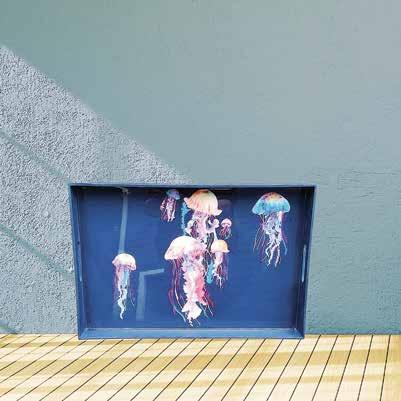


It has been wonderful to hear from you readers. The one sided dialog of my ramblings can create an echo sometimes and it is fantastic to hear your voices! They confirm the commonalities that exist in our diverse communities because many were suggestions repeated from differing sources. The commandment of courting friendships seems to be to invite them. In our vast differences of backgrounds, opinions, talents and ages there is bridge building when we reach out and invite someone to join us doing something we like. Find folks with common interests and the rest is easy.
Where to look? That seemed to fall into three broad categories for you to customize to your specific and unique interests. This is a starting point to begin opening your imaginations!
1. Part time jobs
Networking is always something that develops when you spend time with the same people and are able to learn more about each other as co-workers.
2. Volunteer work
* Hospitals are in need of community volunteers interested in giving their time, even if only a few times a month.
* Churches have organized events that need folks to help and there is rarely a requirement to be part of the congregation. I have become aware of several needing help with meal assisting programs and assistance for house bound members of the community.
* Outdoor enthusiasts might consider offering help to their Conservation District, Idaho Native Plant Society, Phoenix Conservancy or the areas’ many county parks. All are depending on volunteer hours to accomplish the critical tasks of maintaining multitudinal acres.
* Political lobbying. Communicating with letter writing, emails and attending meetings to advocate for policy reforms of interest to you offers a chance to align with those who are of like mind with you. Its function of solidarity and unity could lead you to long lasting bonds.
3. Sign up for a class
*Aerobics, yoga, dance, crafts, music, painting, writing and even college courses are offered each season throughout the year through private studios, your local Parks and Recreation department and the community colleges.
All of these welcoming opportunities are just waiting for you to just take the first step and see who you may find to share some conversations with. We are all mere humans, to my knowledge. Once you become comfortable and no longer feel like the stranger in the room you will soon find there are a lot of folks with similar interests wanting to hear of yours.
Even if you are not a joiner and more of a solitary soul, it can begin with a comment shared while in the grocery store or a compliment to someone on the flowers in their yard while on a walk in the neighborhood. Introducing yourself may be the difficult part but once you do, the many things we all have in common are quickly discovered.
The responses we collected all spoke of the importance of the feeling of belonging and the desire to create connections and the tiny risk of being seen led to invitations like joining a weekly card game, crafting circle, book club, or walking group that had continued and developed good friendships that extended beyond the fellowship. It was proof that we all “crave community” as one reader phrased it. My request for ideas came with the stipulation the contributors would remain anonymous but I want to share the words from an 82 year old retired teacher.
“In my mind, there are no strangers, just people I have not had a chance to get to know yet.”
Let’s get out there and engage with life!
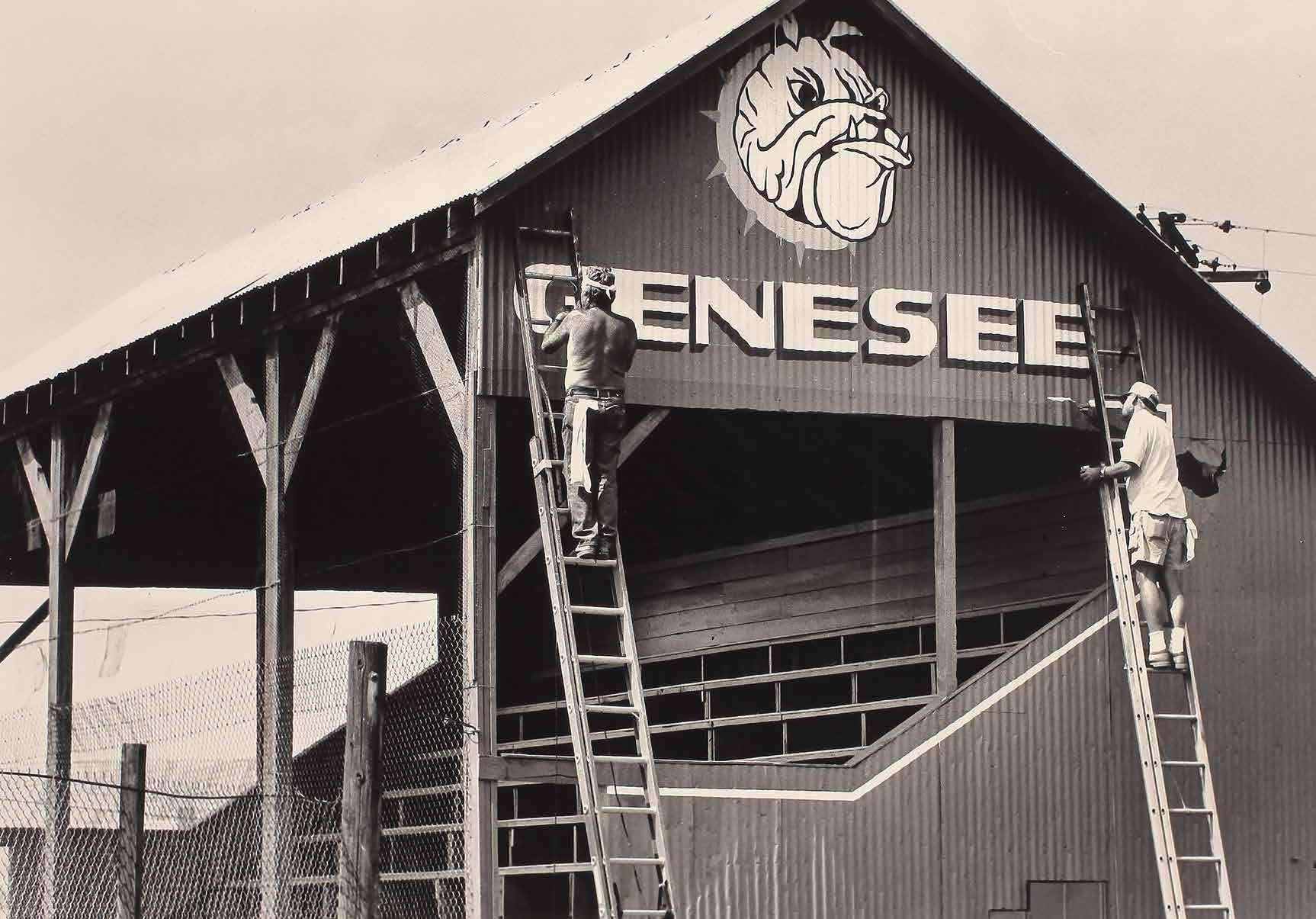
By Elaina Pierson
In the summer of 1990, a little bit of Hollywood arrived on the Palouse. With headlines like “Our own ‘Field of Dreams?’” and “Lights, Camera, Genesee,” local and regional newspapers buzzed with the news that a baseball movie by Paramount Pictures would soon be filmed in the area. Starring seasoned actors Edward James Olmos, then known for “Miami Vice” and an Academy Award nomination for “Stand and Deliver,” and Lorraine Bracco of “Goodfellas” and later “The Sopranos,” the production of “Talent for the Game” brought much excitement and a brief economic boom to the area, even though it ended up being a flop at the box office (spoiler alert!).
The movie follows Olmos’ character Virgil Sweet, a downon-his-luck baseball scout looking for fresh talent along the backroads of rural Idaho. When their car breaks down on one lonely gravel road, he and girlfriend Bobbie, played by Bracco, stumble upon a young pitcher with no professional experience and a scorching fastball. Moving from the humble life of a country pastor’s son to the sudden glare of the spotlight in a major league baseball stadium, this is a classic tale of challenge and redemption for the underdog.
One of the most striking aspects of this film is the immediate familiarity of its locations. The opening scene features a heart-stopping ride into the Bunker Hill mine in Kellogg, Idaho, at the bottom of which Virgil tests the arm of a young miner/ pro-baseball hopeful; in the background stands another young man in a University of Idaho sweatshirt. A few minutes later, Sweet talks on a payphone in front of a building bearing the name “Fighting Creek Chamber of Commerce.” This may be recognizable to those familiar with the Worley, Idaho, area and the Fightin’ Creek Tavern, where this “Chamber of Commerce” building was actually a two-holer outhouse that also served as the “mayor’s office.“

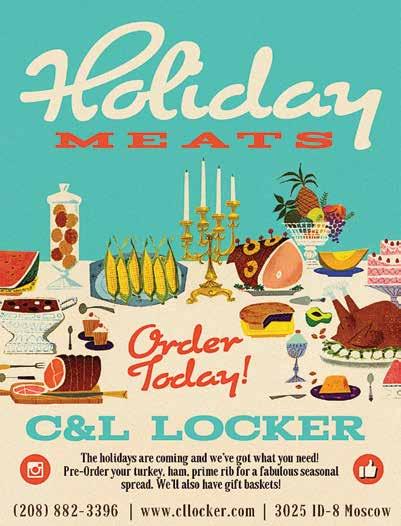

Then there are the rolling hills of the Palouse, scenery so iconic and recognizable it’s almost a character itself. While in the movie, the young pitcher, Sammy Bodeen, is said to have been discovered in Genesee, the fictional version of the town was created by combining locations from both Genesee and Garfield, Washington. In a demonstration of movie magic, the baseball field in Genesee and several areas of downtown are prominent features, while the “nearby” Bodeen family home and business are actually in Garfield.
A number of locals were hired as actors in the film, working as baseball players and extras in the background, as well as in some small speaking parts. Casting calls in Coeur d’Alene and Genesee brought hundreds of hopefuls from near and far. At the call held in the Coeur d’Alene Resort, a 12-year-old girl came all the way from Calgary to follow her acting dreams, saying, “For all I care, they don’t even have to pay me. I just want to be an actress when I grow up.” In Genesee, organizers expected about 200 people to try out for 150 available roles but were shocked when over 1000 showed up – at the time the entire population of Genesee was just over 700.
Of course, it seems impossible that a production of this size and scope could sweep into a small town without causing some controversy. In the days following the casting call, the Idahonian and Lewiston Morning Tribune printed letters to the editor describing a perceived bias in how actors were cast. Specifically, that the mayor’s wife was deciding who got to audition, based on her “favorites,” rather than being chosen by the studio’s regular talent scouts. Whether this was true or not seems to depend on who was asked, although an Idahonian editorial claimed that the Latah County sheriff’s deputies who were on-duty at the event were concerned that the crowd could “turn ugly” over the situation.
With casting done and locations chosen, there was still more behind-the-scenes work to be done before filming could begin. The location for the Bodeen family home in Garfield had been chosen because of its proximity to the Garfield Community Church, which for the movie was retitled the Genesee Community Church where Sammy Bodeen’s father is the minister. The home itself was transformed, right down to the door frames, into the parsonage of a devout Christian family, and the homeowner told the Idahonian that while most of the furniture wasn’t hers, she would get to keep the new wallpaper and carpet. On Main Street, an abandoned garage was painted with a weathered sign saying “Bodeen’s Diesel Service” to represent the family’s mechanics shop (conveniently available to fix Virgil’s broken-down car).
Over the state line in Genesee, construction crews worked to refine certain details to match the town to the script. Two men gave the baseball field’s grandstand a new coat of blue paint and painted the high school’s Bulldog mascot on the side. A surrounding wheatfield was seen as such a perfect backdrop to the shot that filmmakers asked the farmer not to harvest it until after shooting was finished, offering to pay him for any loss to his crop in the meantime. Just outside town, crews had identified a large barn to use in one particular scene; however, that scene also called for another, smaller barn next to it. So they built a little barn, “no problem,” according to the construction coordinator, Jim Ondrejko.
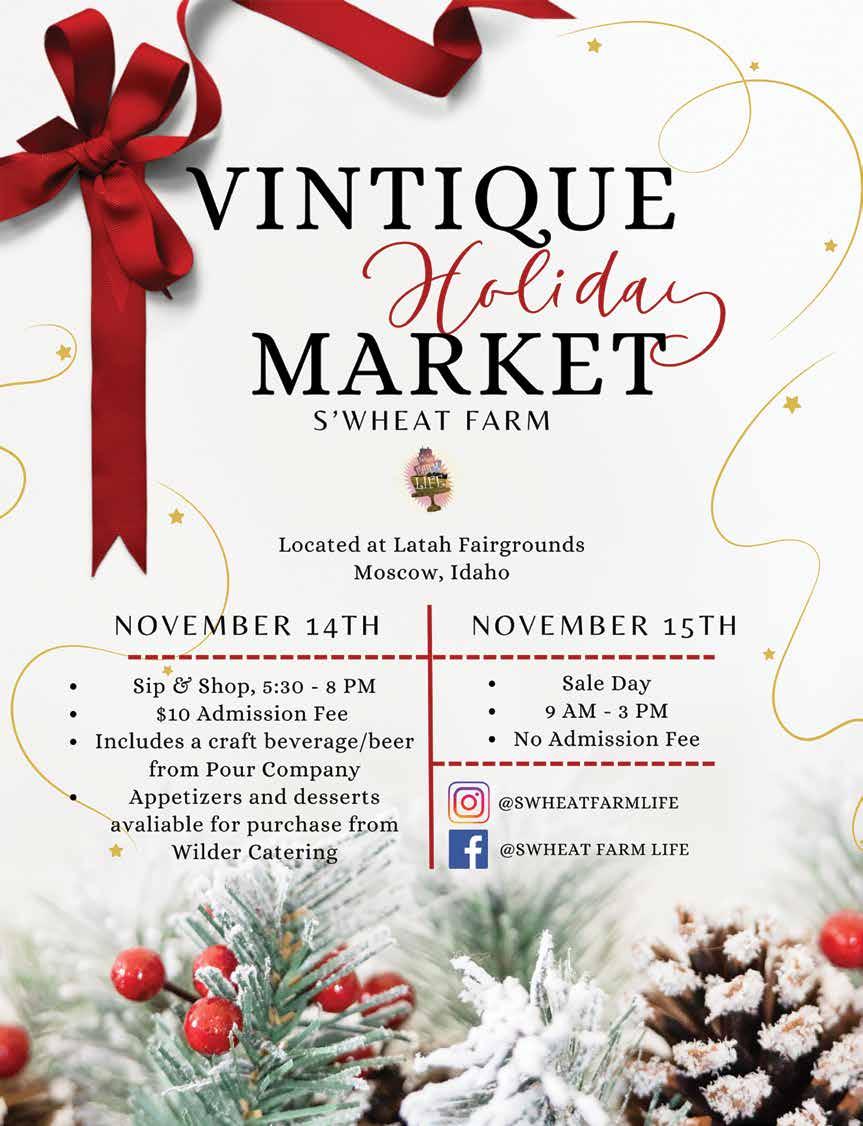
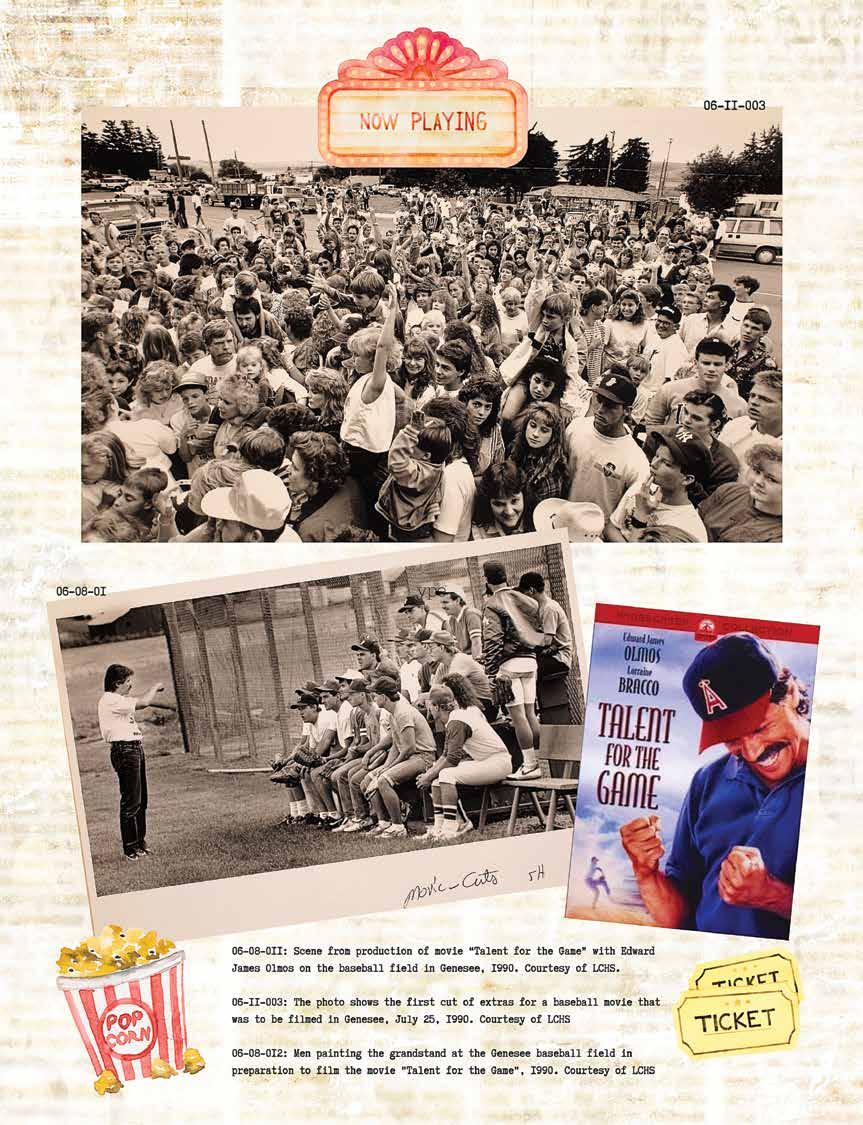
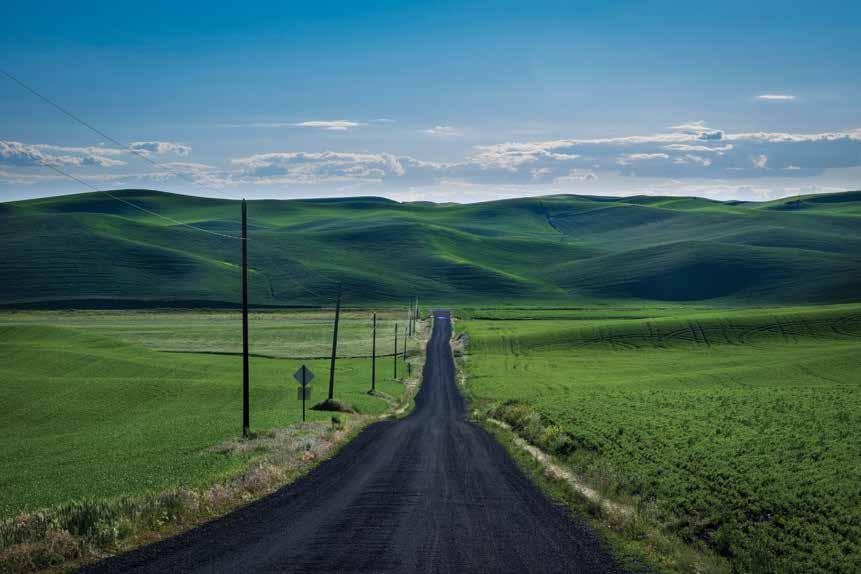



Life with Latah can start at any point on your financial journey.
Open a credit card, save for retirement, or get a loan for that first car or house!
Let Latah be a part of your life, and experience the support and community of membership.






Area businesses lauded the arrival of the movie crews and the money they brought into each community. At the University Inn – Best Western in Moscow, the cast and crew were housed in 60 rooms for ten days, with a smaller group staying a week longer, bringing in a substantial sum to the hotel during a normally slow time of year. Individuals working on the movie sets regularly dispersed through each town, buying lunch or dinner and drinks at local cafes and restaurants, trinkets and gifts in antique shops, and two crew women caused a bit of a sensation by spending $700 at a Genesee flower shop. Two 8-year-old boys also got into the entrepreneurial spirit, dragging a homemade cart to the Genesee ballfield where they sold lemonade and iced tea to spectators watching a rehearsal from the newly-painted grandstand.
An article in the Idahonian following the film’s completion said that, between the personal expenditures of those involved with the movie and cost of construction supplies and various rentals, the production spent about $1 million around the region. Peg Crist of the film bureau at the Idaho Department of Commerce pointed out that this probably worked out to $3-4 million due to the “multiplier effect,” where each dollar spent in a community continues to be spent many times over from one consumer to another. In addition to the economic boon, residents were pleasantly surprised by the movie’s stars, specifically leading man Edward James Olmos. A number of people were quoted in news articles as being impressed with how personable he was, soft-spoken but confident, and how he seemed to be genuinely interested in their lives. One Genesee resident told the Lewiston Morning Tribune, “I thought he was better-looking in real life than he does on TV.” In a grocery store in Garfield, Olmos bought a T-shirt from a fundraiser for the Garfield-Palouse High School and wore it regularly, much to the delight of locals. In turn, Olmos was just as impressed by the Palouse. He told one reporter, after admitting that he’d never been to the state, “you hear about Idaho – you think potatoes. You don’t hear about these beautiful wheat fields and warm weather.”
Upon the film’s release in the spring of 1991, it quietly tanked. A local review of the movie in the Idahonian stated, “It’s got great scenery, but a bush-league plot,” while another critic said, “This is a nice movie. Too nice for its own good, probably, but nice nonetheless.” A special opening weekend run at the University 4 Theater in Moscow only saw 223 paying customers. Pam Crist of the Idaho Department of Commerce surmised that the producers were not promoting the movie as they normally would and, after it grossed only $62,500 in its initial 60 theater run nationwide, it would quickly be released straight to VHS. The final worldwide gross for its theatrical run was $336,396 - especially disappointing for a film with a reported $15 million budget.
“Talent for the Game” didn’t become a major box office smash, and opinions will of course differ on whether it’s an enjoyable diversion or a silly waste of time. Regardless, 35 years later, it is still a charming and picturesque glimpse of life on the Palouse, and holds some special memories for those who remember when Hollywood came to our little towns.
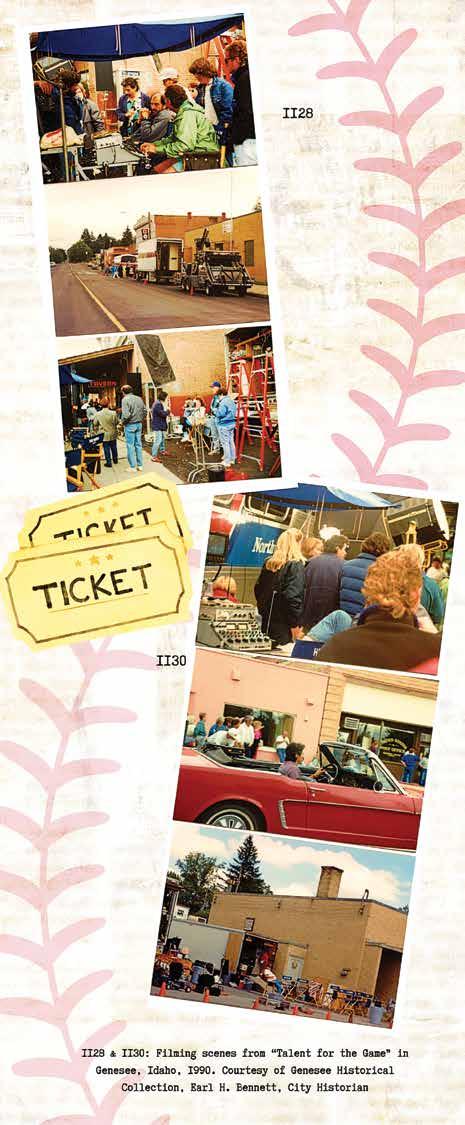


By
“Heyyyy, battah, battah!” The chatter filtered through the open barn doors and out to the rock pile, where Otis squatted as catcher behind his brother, Chuck.
Chuck swung the heavy wooden bat a few times, wiggled his butt, pointed to the open barn loft window, and settled into a batter’s stance. “Bring it on, sissies!” he shouted. “I’ll show ya how it’s done!”
That tease brought another slew of “hey, battah, battah” chatter. “There’s no way you can hit it through the loft window!” shouted Fertis, who was inside the barn but could clearly see Chuck, Otis, and the rock pile.
“C’mon, Chuck,” Doris yelled from the barn loft, a.k.a. the haymow. “Bring me home!”
Otis, most of his siblings, and his friends were enjoying an unseasonally warm and sunny October afternoon in celebration of Otis’s birthday. He’d turned twelve the previous weekend and chose to celebrate this weekend with a game of Barn Ball to take advantage of the sunny, crisp, fall day. He was feeling quite sparky because it also just happened to be two days before Halloween—his favorite holiday, after Christmas, of course. Barn Ball consisted of two teams and loosely resembled baseball. Several years prior, Otho, Deanie, Cletis, Chuck, and Otis were playing baseball behind the barn when it had started to rain. Not wanting to get drenched, they moved the game into the barn, where the cramped quarters worked against them. They finally had abandoned traditional baseball rules and came up with guidelines more suited to the space. For example, if a hitter knocked the ball out of the open door or the open window in the haymow, it counted as a homer only if the hitter ran outside to shag the ball in the rain. If you chose to get wet, your team got the run. If you whimped out, then no run, and you were out. From that day on, the rules of play had taken on a life of their own.
Today, Otis got to play catcher at the rock pile serving as home plate about thirty yards from the back of the barn. First base was runner’s choice. Carla, Cletis, Angela, and Gladys played the roving first basemen and had to tag the runner before he or she touched something—as long as it wasn’t an animal or a human—and declared it first base. Fertis manned second base, which sat at the furthest point in the back of the barn. When a second base runner advanced to the unmanned third base, if he or she didn’t think they could make it home to the rock pile, they would have to shimmy up the ladder into the haymow and stand beside the open window, which meant safe on third.
Barn Ball was not for the thin-skinned or sensitive. Teasing, cajoling, and raucous chatter were all part of the game. There were no whiners or crybabies in Barn Ball. You could certainly dish it out, but you also had to be able to take it.
“I bet you won’t even hit the ball, let alone the barn or inside the barn,” Otis jested to Chuck.
“Otis, watch and learn,” Chuck boasted. “Let’er rip, Grandpa!”
Grandpa Ed served as pitcher—the great equalizer—for both teams. His mound sat outside the barn but close enough to it so when the game commenced, Ed could lean and watch the shenanigans. His job was to strictly pitch. He smiled slyly at Chuck, wound up, and threw a heater with a slight curve.
“Swing, anna, miss!” Otis yelled as the fast ball smacked loudly into his catcher’s glove. He quickly threw it back to Grandpa Ed.
“I’m just warming up,” Chuck said. “C’mon, Old Man. Don’t hold back!”
Ed chuckled. “Remember, you asked for it.” He sizzled another one straight into the strike zone.
“Swing anna nuther miss!” Otis gleefully yelled.
“C’mon, Chuck!” Doris shouted from the haymow. “Send it up here, bro, so they have to work to get it!”
“You got it, sis!” Chuck yelled, and again pointed to the open loft window to indicate he was master of the ball’s trajectory.
Ed liked to give three good pitches, so the kids had an opportunity to hit something and keep the action moving. But he refused to lob anything easy. Grandpa Ed knew how to pitch. Before becoming a full-time farmer with his dad, he’d played baseball in college and three years in the pros for the Detroit Tigers. He’d trashed his throwing arm during a post-season division series playoff game, ending his baseball career.
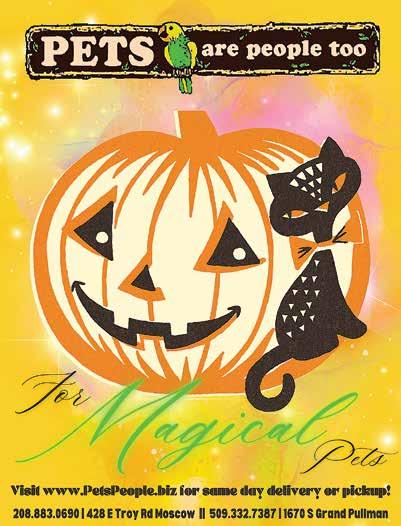

“Helllooooo, Grandpa!” Chuck shouted. “I’m not getting any younger, but I’m still younger than you! PITCH!”
Ed laughed and thought long and hard about sending his famous splitter, a pitch he knew Chuck couldn’t hit. But this was the third pitch, so he cooled off the heat and threw a knuckleball, knowing full well his grandson would connect.
Chuck effortlessly swung. CRACK!
The ball connected with the wooden bat and sailed through the open window into the haymow. Doris saw it coming and immediately scooted down the wooden ladder and headed for home. The ball took a hard bounce off one of the rafters and ricocheted. Fertis caught it and immediately zinged it to Otis at full speed. Otis stood ready with his left foot on home plate, shoulders squared, knees bent, mitt open. Doris barreled toward him, but the ball whizzed by her. Just as he went to catch the sphere, Otis saw a bee buzzing in front of the ball, which meant he took his eye off the ball for a fraction of a second.
SMACK!
The ball and the bee clocked Otis square in his right eye, busting through his black-framed “Buddy Holly” glasses. He staggered back at the impact, leaving Doris safe to hit the plate and score. Dazed, Otis let his mitt drop to the ground in a puff of dirt and reached up to his eye. He removed the remains of his glasses— frames broken and lenses splintered into several jagged pieces. White hot pain shot into his right eye socket and out to his cheek, forehead, nose, and lips.
“Oh! Otis!” Doris yelled as she ran up to him. “Lemme see!” She grabbed her brother and looked into his eye, as he tried to hold it open for her. Hot tears and some blood from a small gash in his right eyebrow comingled and started to make their way down his face.
Instincts kicked in, and Doris shot off to the house as the rest of the crew—Deanie, Gladys, Cletis, Chuck, Fertis, Clark, Carla, Angela, Jodi, and Laurie—ran toward Otis and circled around him. Grandpa Ed crowded through the kids and took Otis’s face in his big hands. “Are ya okay?”
Still a little dazed, Otis shook his head no.
Ed took a closer look.
“Ball. Bee. Glasses.” Otis spit out.
“Oh, yeah,” Ed said as he inspected the injury. “A baseball, a bee sting, and …,” he reached up and removed a small piece of glass out of Otis’s eyebrow and the bee’s stinger and squished remains from Otis’s eye lid. “This is going to need some professional attention. I ‘spect Doris sped off to the house to call Doc.”
With seven kids— and Otis sometimes requiring care beyond regular clinic hours—Marvel and Mavis always kept Doc Adams’ home number written down right next to the phone in the kitchen.
Ed removed a clean handkerchief from the front pocket of his overalls and dabbed at the blood and tears on Otis’s quickly swelling face.
Otis jerked back in pain. “Ow, ow, ow. OW.”
Carla squirmed her way in between Otis and Ed. She started to use her sweatshirt sleeve to wipe Otis’s messy face. “Oh, Otis! Are you okay?”
Surprised that she would even think to get that close to blood, tears, and now boogers seeping out his smarting nose, Otis uncharacteristically didn’t push Carla away. But the moment she touched his cheek, waves of pain made him pull back and stagger a little.
“I don’t feel so hot.”
Ed put his arm over Otis’s shoulders and escorted him toward the house. Doris, Grandma Helen, and Mavis came rushing out of the house, down the porch stairs, and toward Ed and Otis. Doris reached Otis and handed him an icepack, which he carefully touched to his face. The pain throbbed, almost making him dizzy, but he welcomed the icy relief.
“Momb,” Otis tried to talk, but the swelling was setting in. “By face feels fundy.”
Mavis took the ice pack away from her son’s face and scrutinized the damage. His left eye had swollen shut, and puffiness was starting to enlarge the bridge of his nose, his cheek, and his lips. A purple bruise began forming a ring around the swollen mass, and a dime-sized, red sting splotch sat prominently on his swollen eyelid. She tamped down her alarm, so as to not upset Otis. “Doris called Doc Adams, so let’s go get you fixed up at his office. Your allergy to bees means we need to hustle. Ed?”
Grandpa Ed walked up and gave Mavis a knowing look. “I’ll drive. When we’re done, we can get ice cream sandwiches for everyone to go with the birthday cake.”
Otis let Mavis maneuver him to Ed’s pickup and help him climb into the cab. He settled into the middle of the bench seat, sandwiched between Ed and Mavis.
Ed gunned the engine and quickly headed down the driveway. The truck spewed gravel as he hit the gas when he turned onto the road into town.
“Otis, are you breathing okay?” Mavis asked. “Yeth, Momb, oud of by moudth,” Otis said. “Ith juth hard do talkuh. But I’mb nod swellinguh in by moudth.”
Mavis glanced at Ed and noticed the pickup speed increase ever so slightly.
“Otis, I swear, only you could find the last bee of the season, and have it sting you,” Ed said with a slight chuckle. “This time of year, they’re usually gone, or their juice isn’t worth much.”
“I thing idth mbore the ball thanuh the bee,” Otis replied as he touched his enormously swollen eye. He smiled at Ed, who glanced at his grandson’s lopsided grin.
Ed mentally noted that Otis’s lips were puffy, and the bridge of his nose was almost indistinguishable. His color showed flushed and bright pink. “We’re almost there, buddy. You doing okay?”
“Yeb, I’mb find, Gramba.” But he wasn’t as fine as he wanted. He had to concentrate on breathing. In and out. In and out. Instinctively, Ed pushed on the gas a little harder. Fifty-five wasn’t really so fast on a gravel road. It only took him four minutes to get to Doc’s office. Usually, it took ten. ***
Doc took one look at Otis. “Drop ’em.”
Otis glared at Doc but obliged.
Doc immediately shot Otis square in the backside with the syringe full of an epinephrine concoction that he’d pre-loaded after Doris had called him.
“Ouge!” Otis squirmed. “Thad hurd!”
“Says the kid who’s gotten more tetanus shots than the town population combined,” Doc chuckled. “You nailed yourself to a board once, remember Otis? That shot was nothing compared to that. Lay back and let me know if you’re having any trouble breathing.”
Otis sat back against the crinkly paper covering the exam table. ***
The next thing Otis knew, he was in Grandpa Ed’s arms, as they headed up the porch stairs of Otis’s house. “Hi, Gramba,” he said sleepily.
“Well, hi, Otis,” Grandpa Ed said and smiled down at him. Otis felt the deep voice reverberate from his grandpa’s chest as much as he heard it in his ear. He smelled the familiar and comforting Old Spice aftershave on his grandpa’s neck and felt warm and safe in his arms. He was beyond sleepy and didn’t want to leave the cocoon of Ed’s strong, protective arms. He lazily reached up his arm and slung it around Ed’s neck in a lethargic hug. “I luuuub you, Gramba Ed.”
Ed chuckled and warmed at Otis’s affection. As he walked into the kitchen, he saw the whole brood of Otis’s friends and siblings crowded around the table, silent. Mavis came in from the living room.
“Guys, he’s going to be fine,” Ed assured everyone. “He’s just banged and bruised. And swollen up. And loopy as I’ll get out.” “He looks awful!” Cletis exclaimed.
“Check out how huge his eye is!” Carla added.
“You look like you’ve been in a fight and lost!” Chuck chimed in.
“I’b still awakghe and can hear you, you bannadda heads,” Otis mumbled. He slowly formed a half smile with the unswollen left side of his face and opened his left eye. “I’b godt by eye ond you.”
His friends and siblings started laughing, relieved at hearing Otis joke around.
***
Ed walked into the living room and laid Otis on the couch. “Okay, big fella, you’re high as a kite and need to rest some more. Close your eyes … er, eye, and sleep it off. We’ll all be here when you wake up for the rest of your birthday celebration.”
“Mmmmmmkay,” Otis replied and drifted off into slumber. ***
He was running through a field of flowers and grass and lots of summer-time bugs. The sun was shining on his face, spreading warmth through his right cheek, ear, nose, and forehead. He was laughing as someone chased him, but he couldn’t see who it was. He started to skip, the kind that jetted you up and forward all at the same time. The bugs flying around him got thicker and began to ping against his skin. The sky clouded up, and a cold shiver replaced the warmth. He turned to see a large, black and yellow, treacherous-looking monster chasing him. Slobber came out of the monster’s mouth, and his teeth were green and mossy.
Otis woke with a start.
“Otis,” Mavis said quietly.
He looked at his mom with his one good eye.
“Hi, buddy,” she smiled. “How’s my battered boy?”
“Hi, momb,” he croaked. His tongue was dry, and he started coughing. “Wadder. Need wadder.”
Mavis presented him with a glass of water, complete with a straw. He sucked up half, took a big breath, and sucked up the rest.
“I’mb so thirsty,” he said and sat up.
“Those life-saving drugs will do that,” Mavis joked.
•
•
•
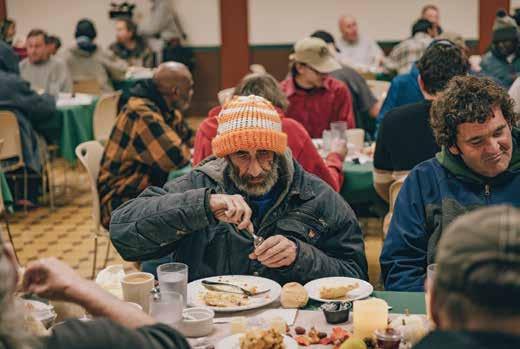

www.uniongospelmission.org/lcvalley

A lone lamp glowed in the corner of the living room. The afternoon shadows of late October told Otis it was probably around 4 p.m. He reached up and gently touched his eye—swollen, tightly shut. He gingerly felt where the ball had shoved the stinger into his left eyelid, and it replied with a zap of pain through his forehead, cheek, jaw, and ear. He quickly noted to himself not to do that again. He gently slid his fingers down his cheek, his chin, his lips, all still swollen.
“Wanna mirror?” Mavis giggled, relieved that Otis would be fine with a few days of rest. “You look amazing. I mean, talk about a colossal mashup with a ball and a bee.”
“An by glazzez,” Otis added.
“Oh, Otis, we’ll get you a new pair of glasses,” Mavis smiled. “I’m just glad you’re okay.” She jetted off and quickly returned with her big, pink-handled mirror and clicked on the lamp next to the couch where Otis sat. He looked at her, gulped, and then looked at his reflection.
“Wow!” He marveled at the sheer size of his eye, swollen face, and large bruise, adding colors of purple and black to the whole mess. “I loogh awvul!” He started laughing.
Mavis giggled. “You are definitely messed up. How do you feel, though? Breathing okay?”
“Other than by face hurding and only habing one good eye, I’mb not thad bad,” Otis said. “I’mb hungry.”
“Excellent! We fixed your favorite meal in hopes you’d be ready to eat after your four-hour nap.”
“We?” Otis said as he carefully stood from the couch. He still felt a little woozy.
“Yeah, the whole crew is still here,” Mavis said. “We’re having spaghetti and birthday cake … and ice cream sandwiches compliments of Doc Adams.” She put her arm around her son’s shoulders, and they walked into the lit-up kitchen, crammed full of friends and family around the table.
After massive amounts of spaghetti, big slices of chocolate sheet cake, and ooey-gooey ice cream sandwiches, the group piled into the living room for Otis to open his presents. Fertis and Clark sat on either side of Otis on the couch.
“Dude, we figured out who you should dress up as on Halloween,” Fertis said to Otis.
“I’mb going to be a mumby,” Otis replied.
“Not now,” Clark said. “We already talked to Gladys and Doris. They started working on all of our costumes during your marathon nap this afternoon.”
“Well, who amb I going do be?” Otis asked.
“Let’s just say, you’ll be a knock-out,” Fertis smiled. ***
Mavis and Marvel had invited Fertis and his parents, and Clark and his parents, to their house for an early dinner before heading into town for the Annual Halloween Night Lighted Parade. Gladys and Doris had sequestered Otis, Fertis, and Clark upstairs a few hours before to help to get costumed-up. The parents all stood at the bottom of the stairs, wondering when the kids would be ready and what costumes they’d be wearing.
“C’mon, guys, let’s get a move on,” Marvel shouted up the stairs. Suddenly, Doris dashed down the stairs and ran over to the large stereo against the wall. She wore a grey suit and black tie and had her hair slicked back. She opened up the enormous wooden lid to the stereo cabinet, flipped on the turntable, and then turned to the grouping of parents.
“Ladies and gentlemen,” she yelled. “Tonight’s main event! In this corner, we have the undisputed heavyweight champion of the world, Apollooooo Creeeeeed!”
Clark jumped out into full view at the top of the stairs wearing red statin shorts, white high-tops, and red boxing gloves. “Ain’t gonna be no rematch! Ain’t gonna be NO rematch!” He bounded down the stairs and started air boxing and dancing around the parents.
The parents cracked up, and Doris continued over the top of their laughter. “And in this corner, we have Apollo’s challenger, an unknown local fighter …”
Suddenly, Fertis strolled out to the top of the stairs wearing a navy blue knit cap, grey t-shirt, shawl-collared brown sweater, black pants, white tennis shoes, and a white towel slung over his shoulder. In a gruff voice, he shouted at Doris, “Quiet down!” He turned to yell down the hallway. “Ya can’t buy what I’m gonna give ya! I’ve got pain, and I’ve got experience!” He started to shuffle down the stairs.
“It looks like our challenger’s trainer, Mickey Goldmill, is taking the ring ahead of his boy,” Doris shouted over the top of the continued whoops and hollers from the parents.
Walking out in a red beret, cat-eye glasses, oversized grey coat, stockings wrinkled around her ankles, and plain Mary Jane shoes, Gladys looked around nervously. She spoke timidly down the hallway, just loud enough to hear, “I’ll… I’ll be here, waiting for you!”
From the hallway, a voice—still sounding plugged and swollen—shouted back, “How ’bout I stay here, andh you fightd?” Gladys quickly hurried down the stairs and stood next to Fertis, a.k.a. Mickey.
“Ladies and gentlemen, here he is, the unknown! The challenger! The one to take on the world heavyweight champion, Apollo Creed! It’s the Italian Stallion, Rockyyyy Balllllll-boooooaaaaaaa!” She flicked the stereo needle onto the awaiting spinning record, and the theme song from the movie Rocky blared over the speakers.
Ba ba, ba, ba, ba…ba ba, ba, ba ba. Ba ba, ba, ba, ba…ba ba, *ba*, ba ba. Da da da, da da da, da da da, da da dum … da da duuuuuum, da da duuuuuum …
Out popped Otis, as trumpets blared the beginning of the goosebump-inducing theme song. He danced around, donned in white satin shorts with a red band and red side stripes, a red satin robe, a white towel draped over his shoulder, white hightops, white knee-high socks, and red boxing gloves. His hair appeared a sweaty mop, gelled up with Dippity-Do. Only a sliver of his still-swollen right eye peeped out. The bruising effect extended up his forehead, down his cheek, over the bridge of his nose—purple, blue, and black, all natural, no make-up. He shuffle-danced more and threw his gloved hands into the air. “Yo, Adrienah! I did id!”

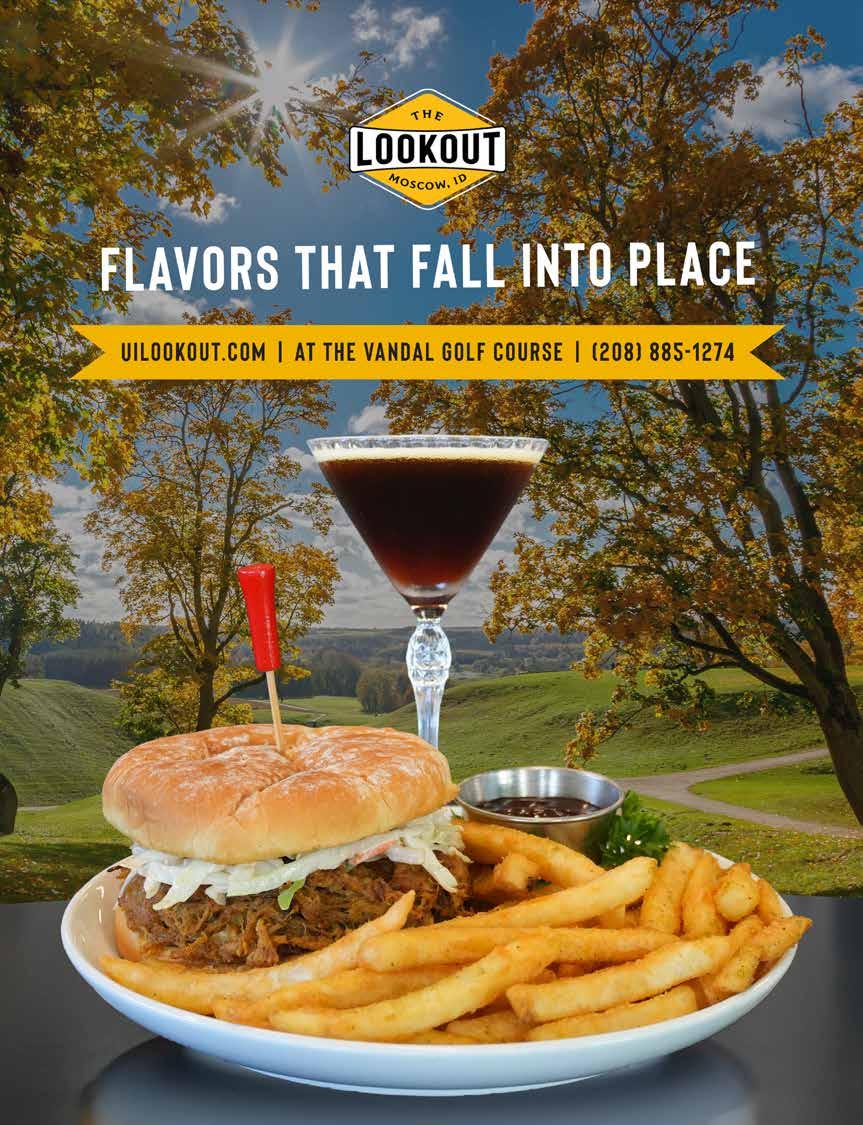

TriState Health is proud to announce the opening of our new Obstetrics & Gynecology (OB/GYN) Clinic this fall, which expands access to comprehensive, compassionate, women's healthcare in our region.
Whether you're navigating your first gynecological visit, planning for pregnancy, or adjusting to life as a new mom, our caring team is here for you with expert care and support.
From birth control and annual exams, to prenatal care and menopause guidance, our providers will walk with you through every stage of womanhood. While babies will continue to be delivered at St. Joseph Regional Medical Center, your TriState OB/GYN provider will be by your side through it all - from your first appointment to the moment you meet your little one, and well beyond.
